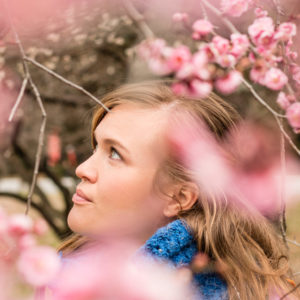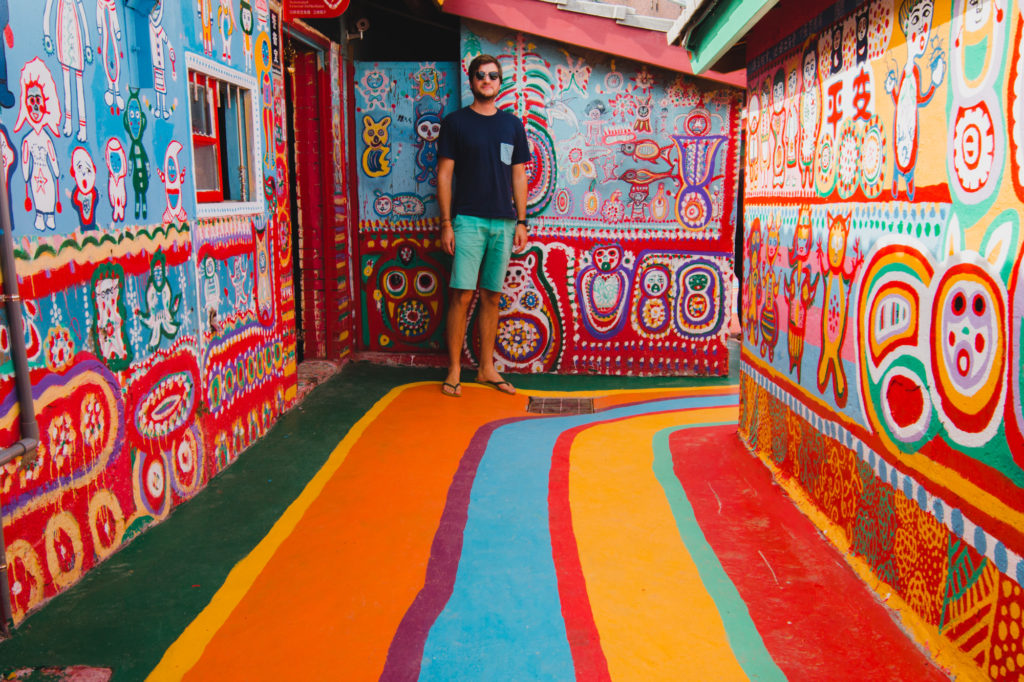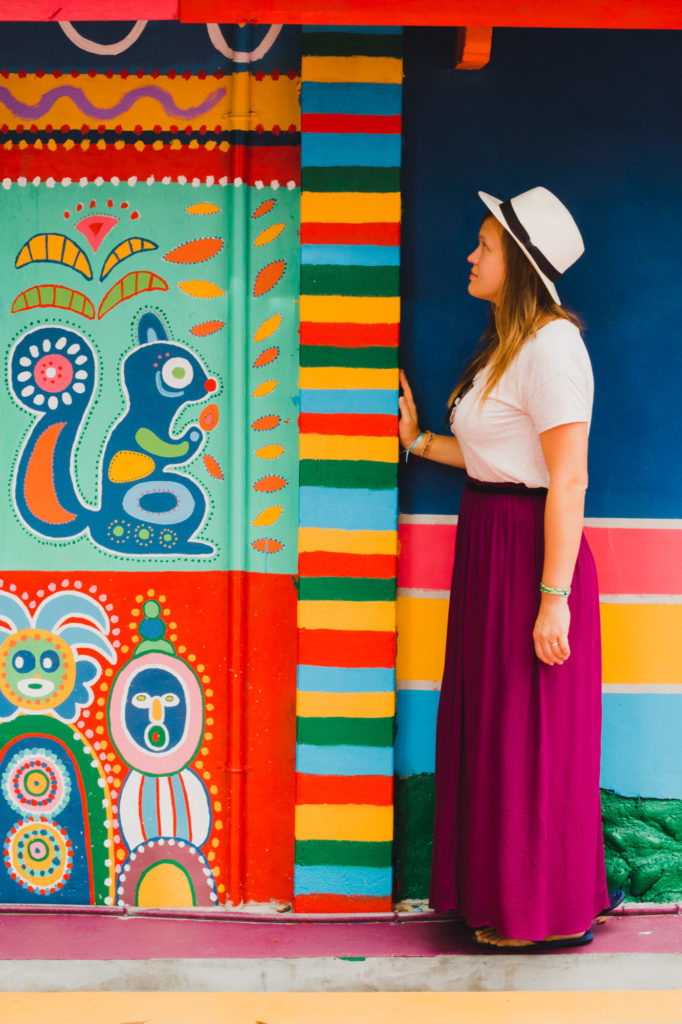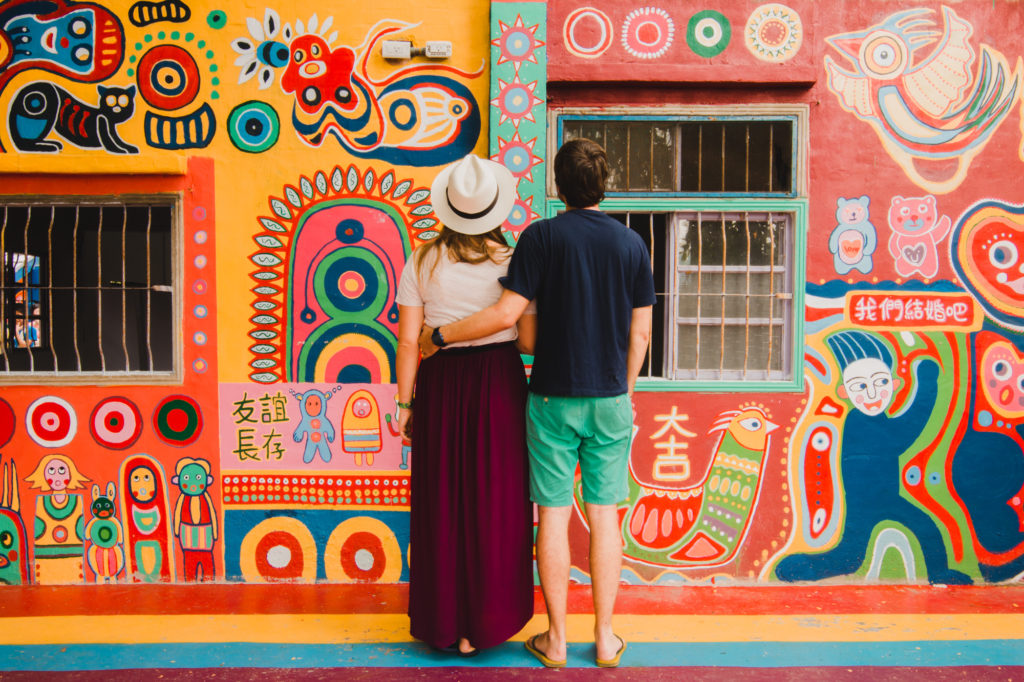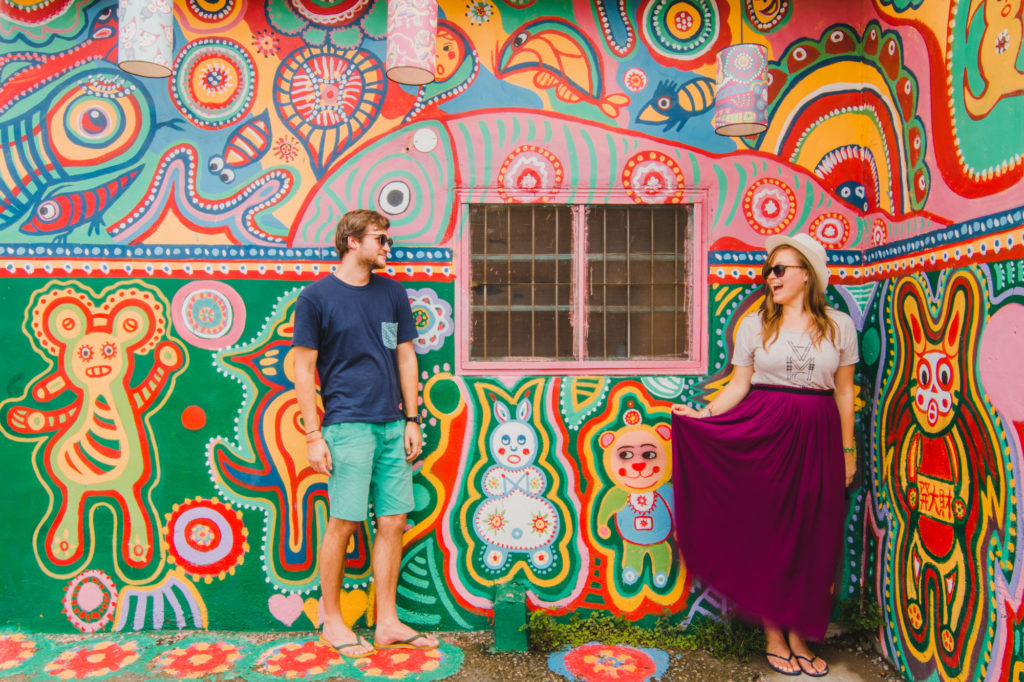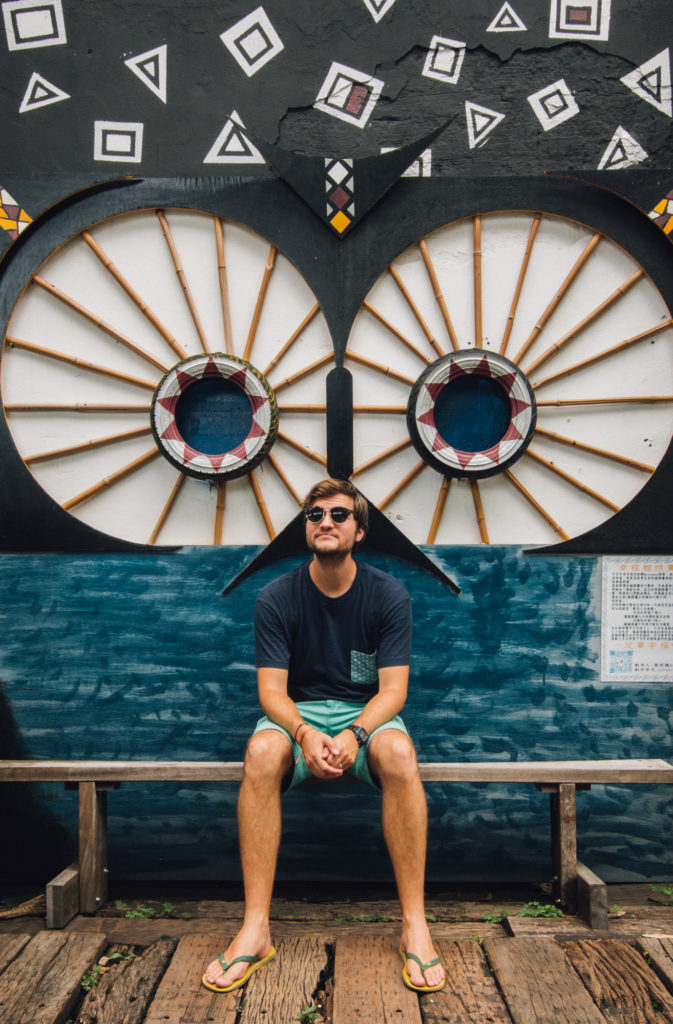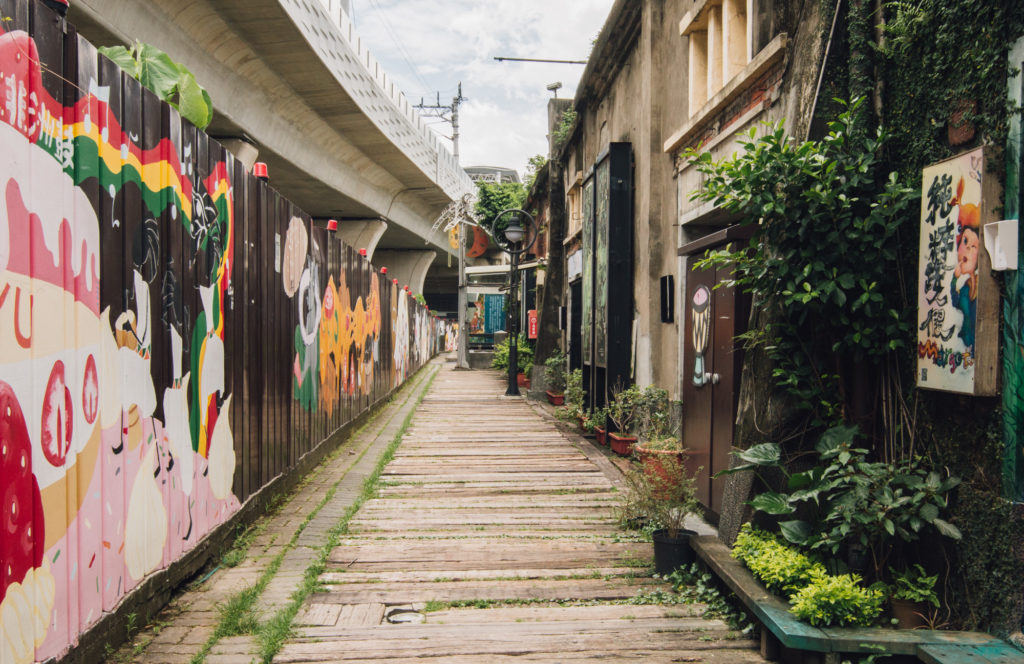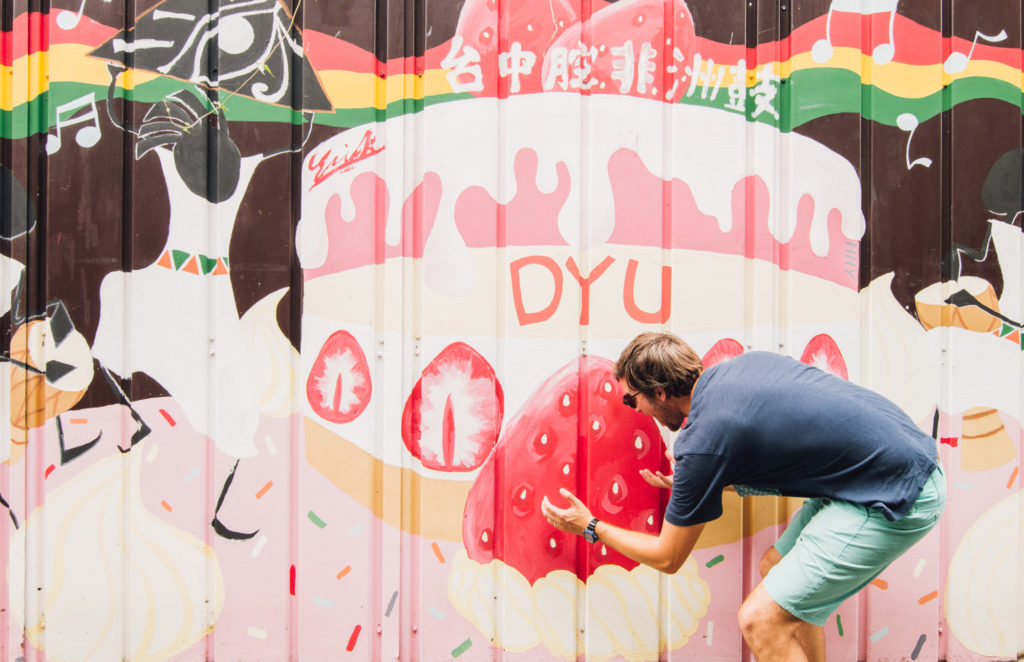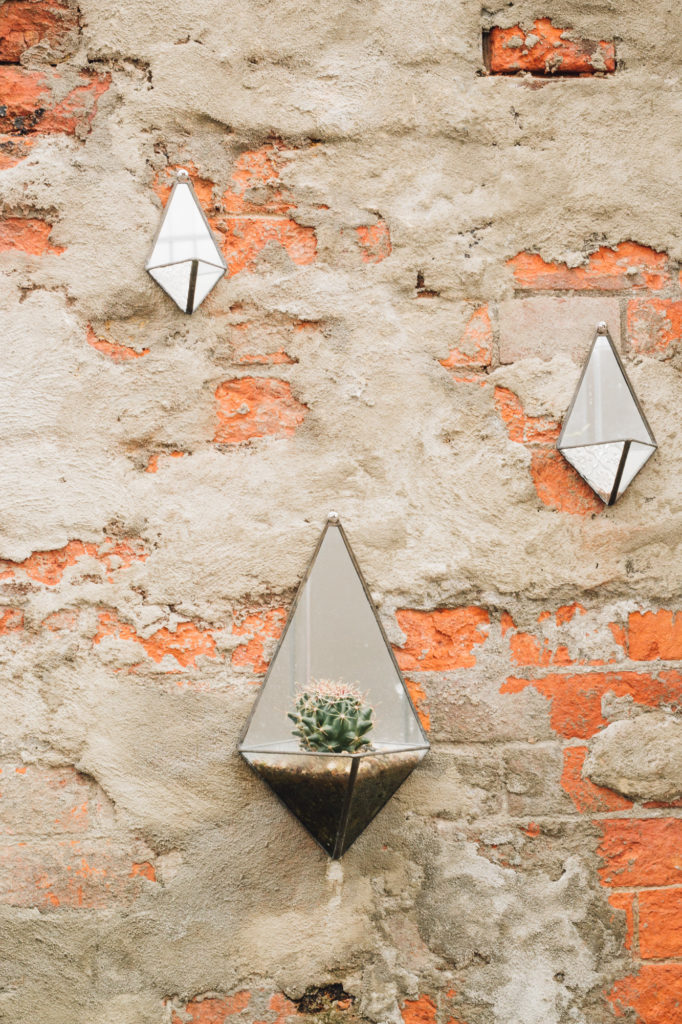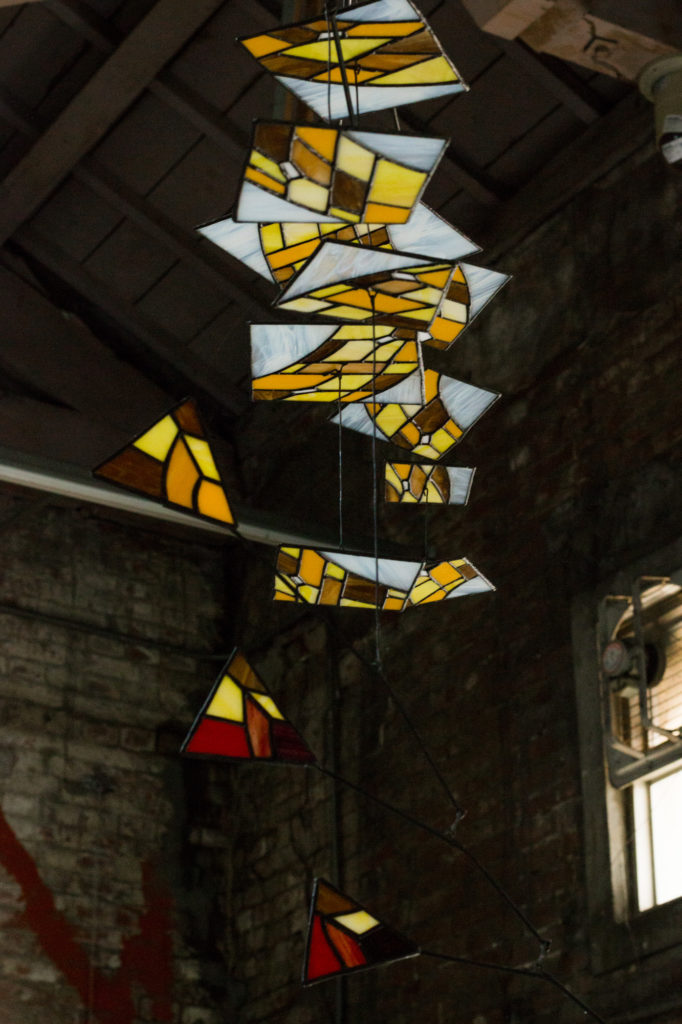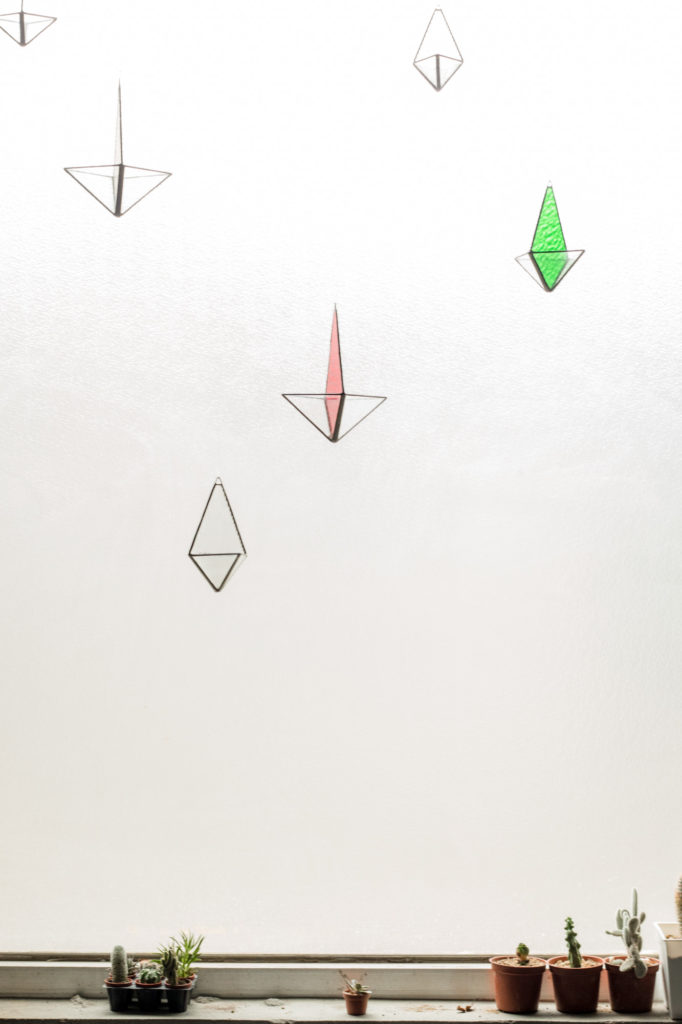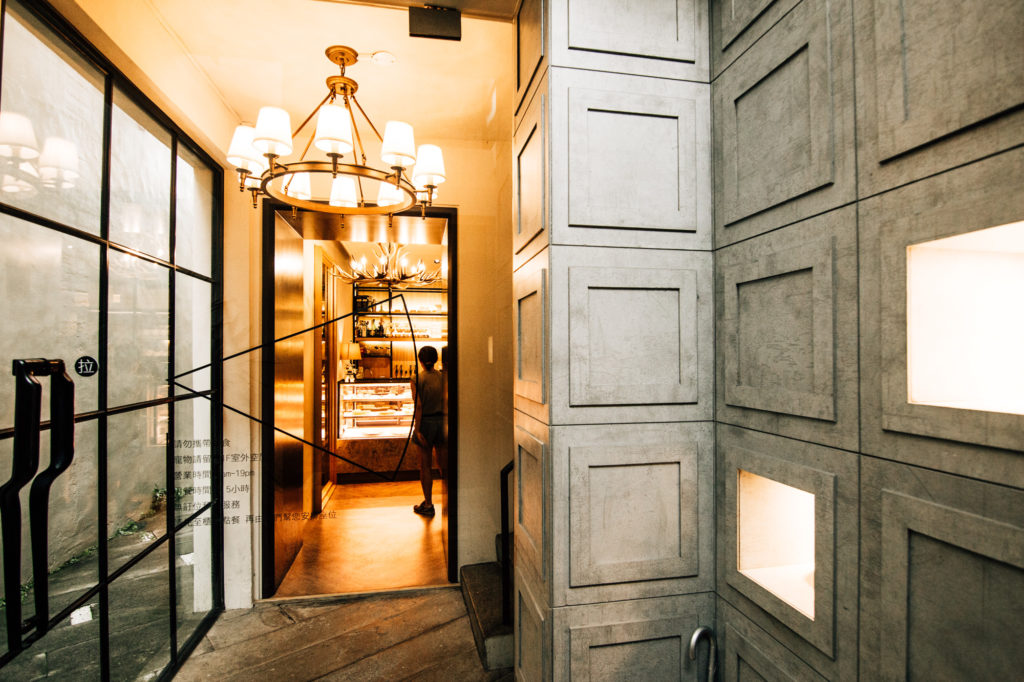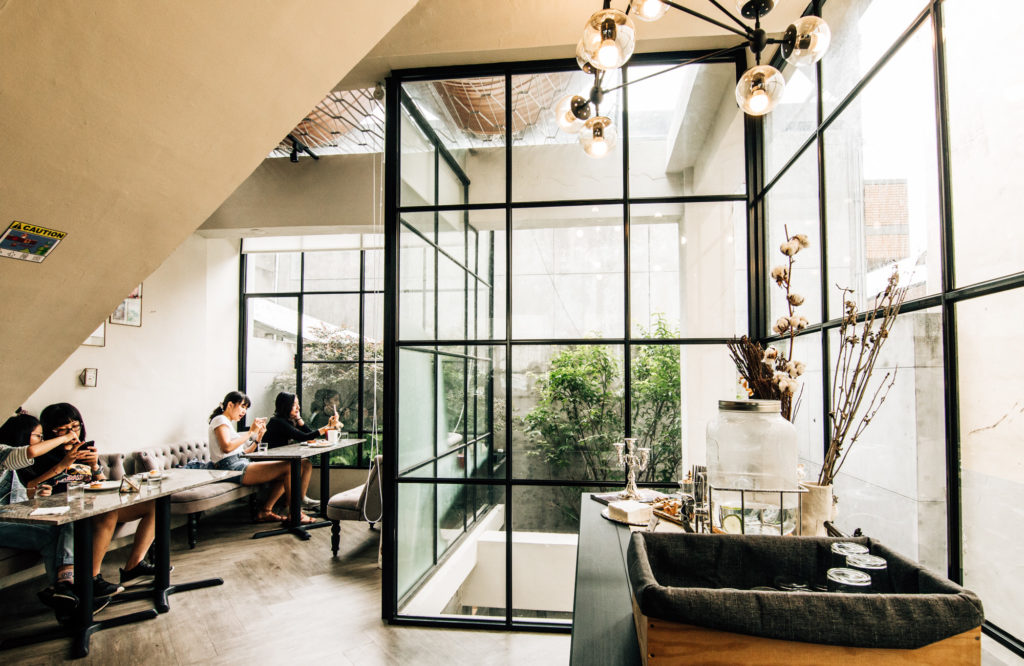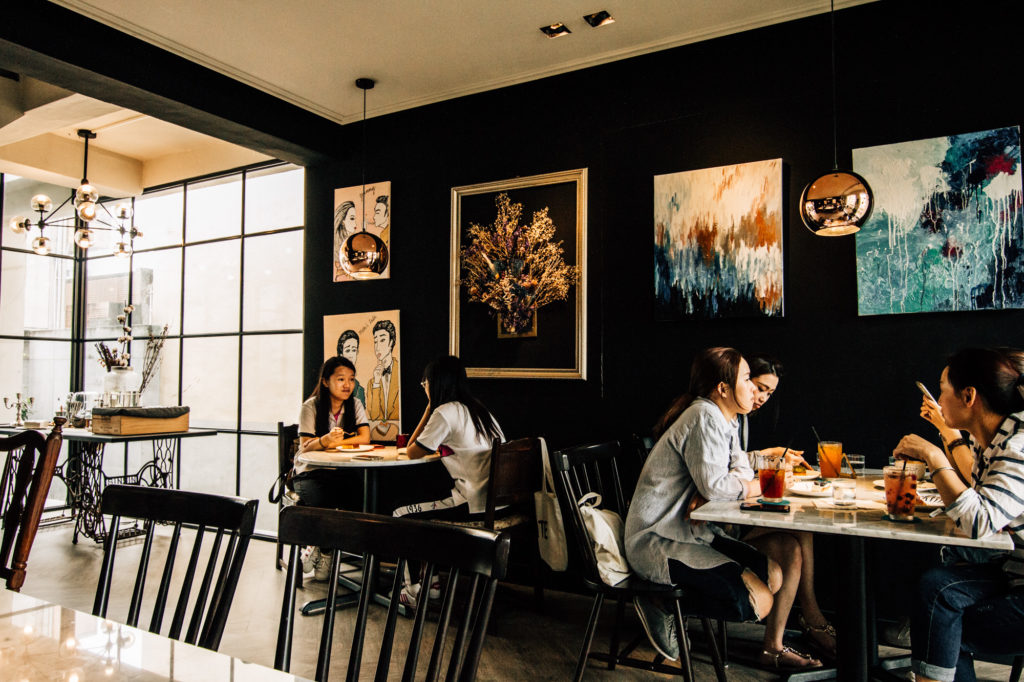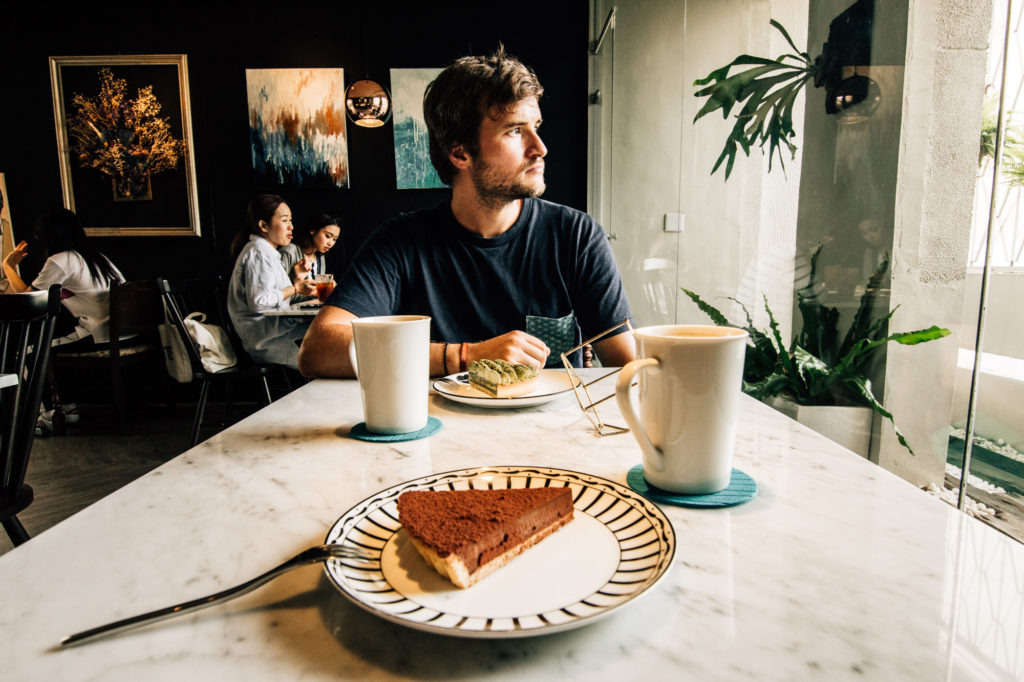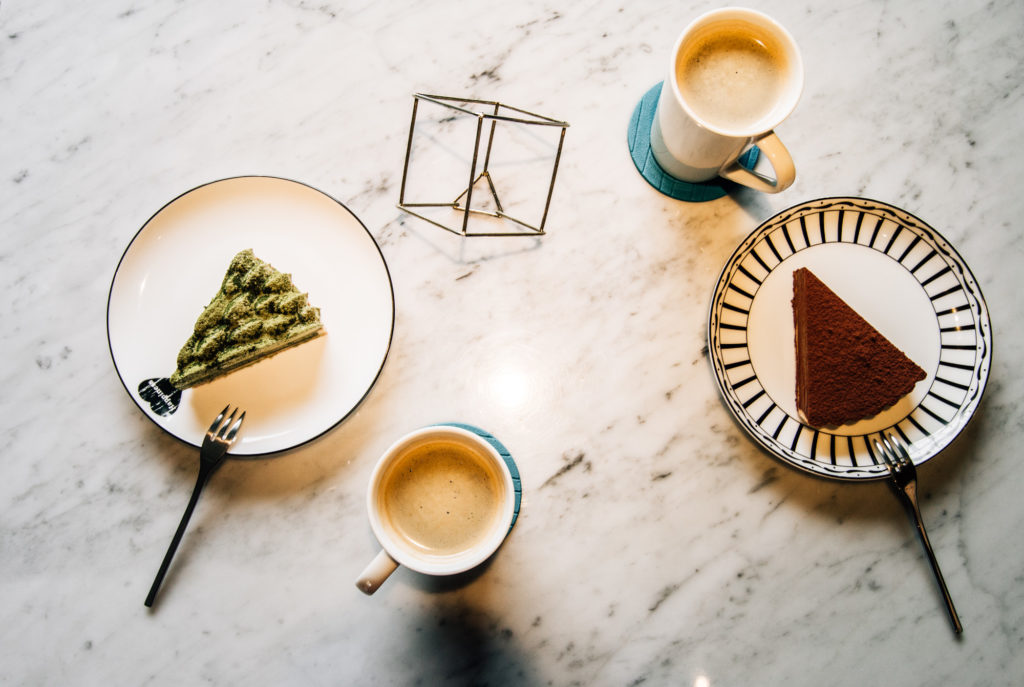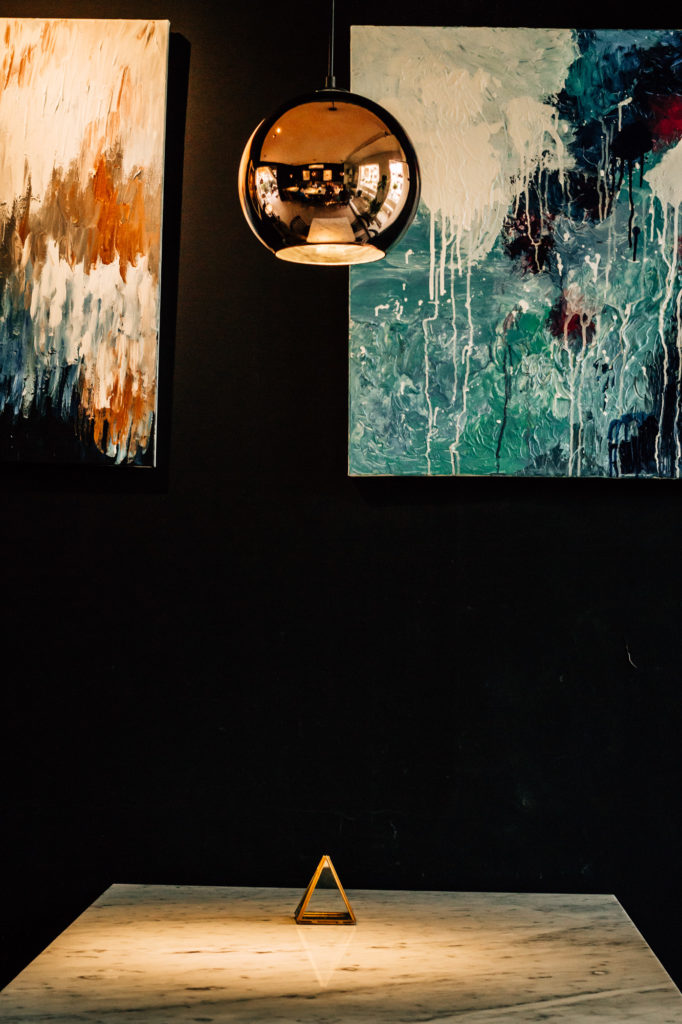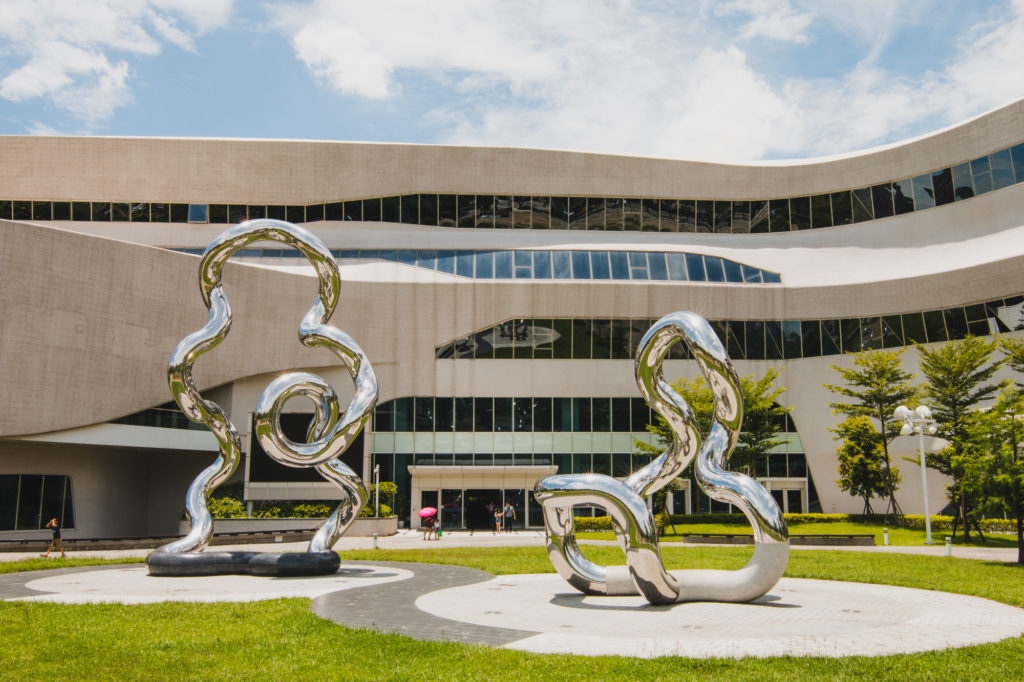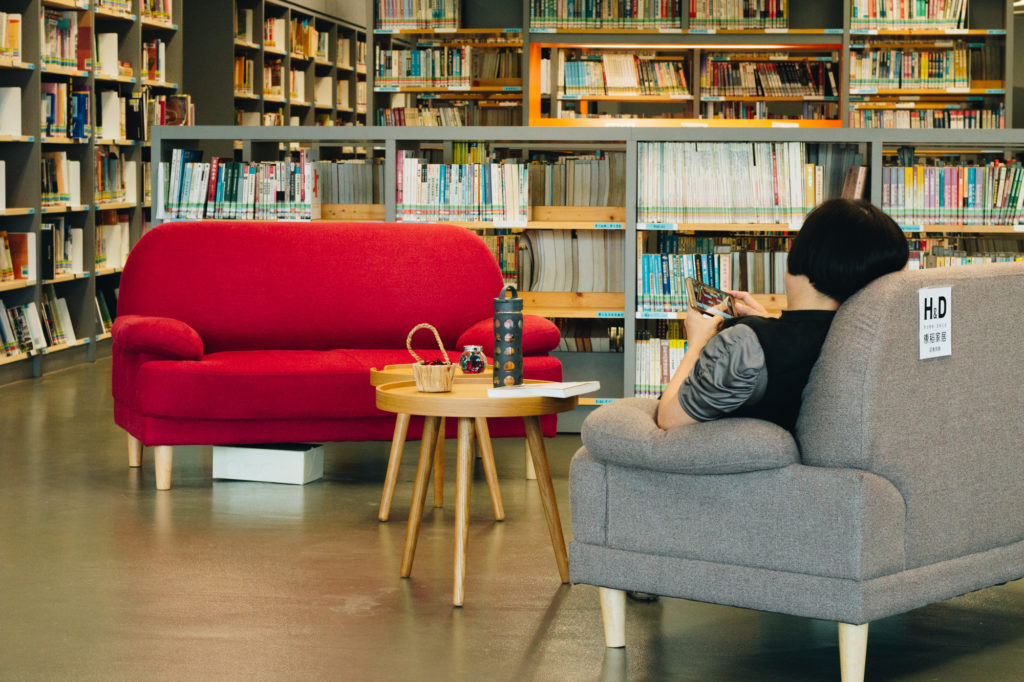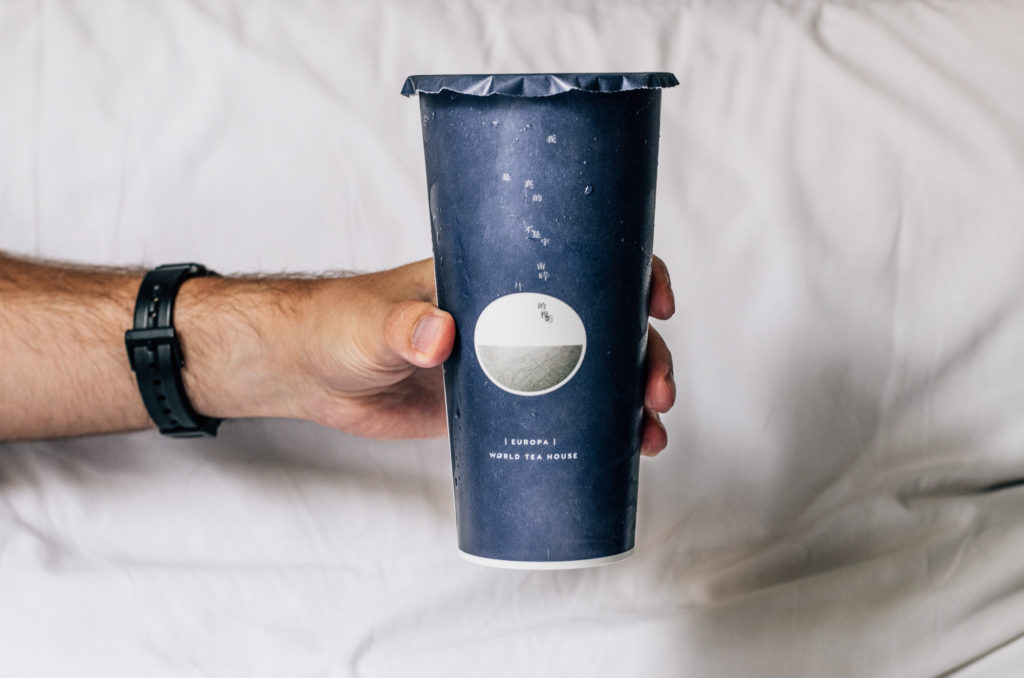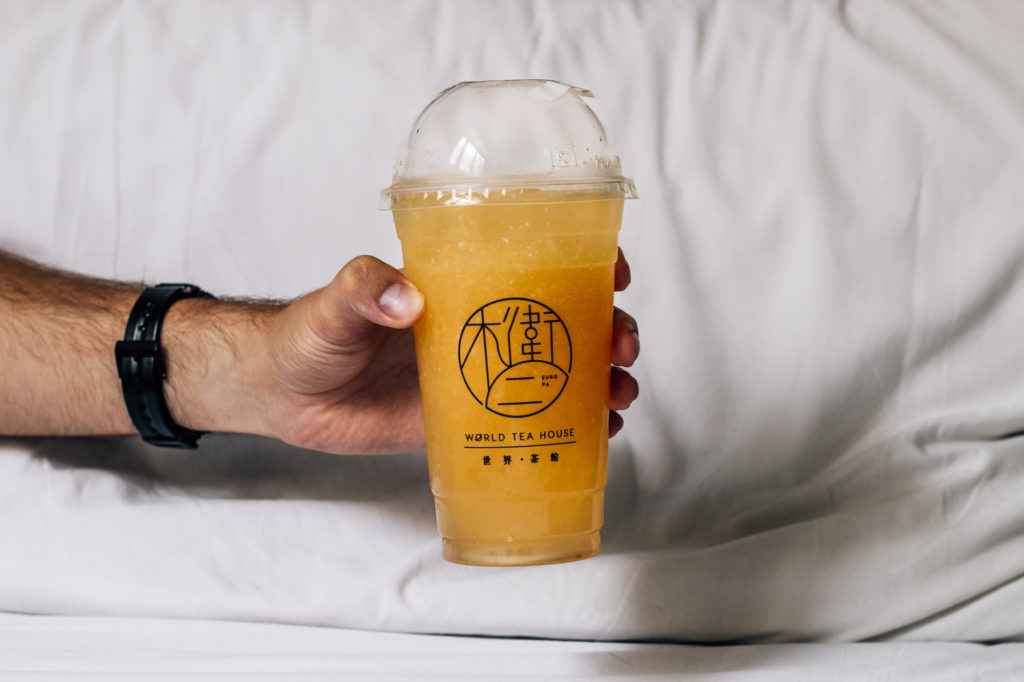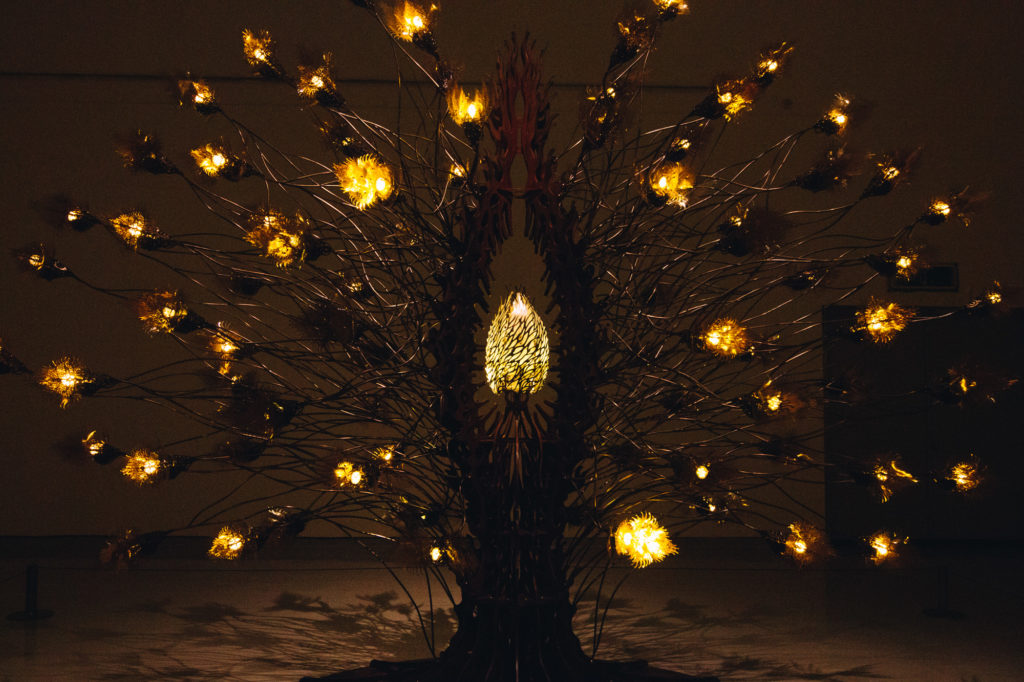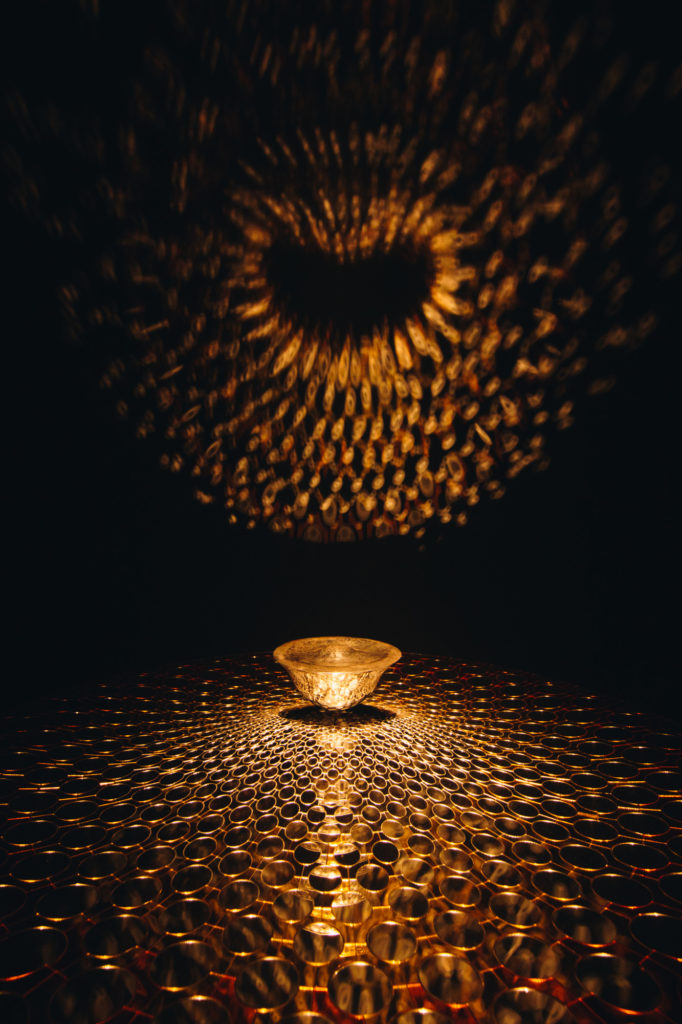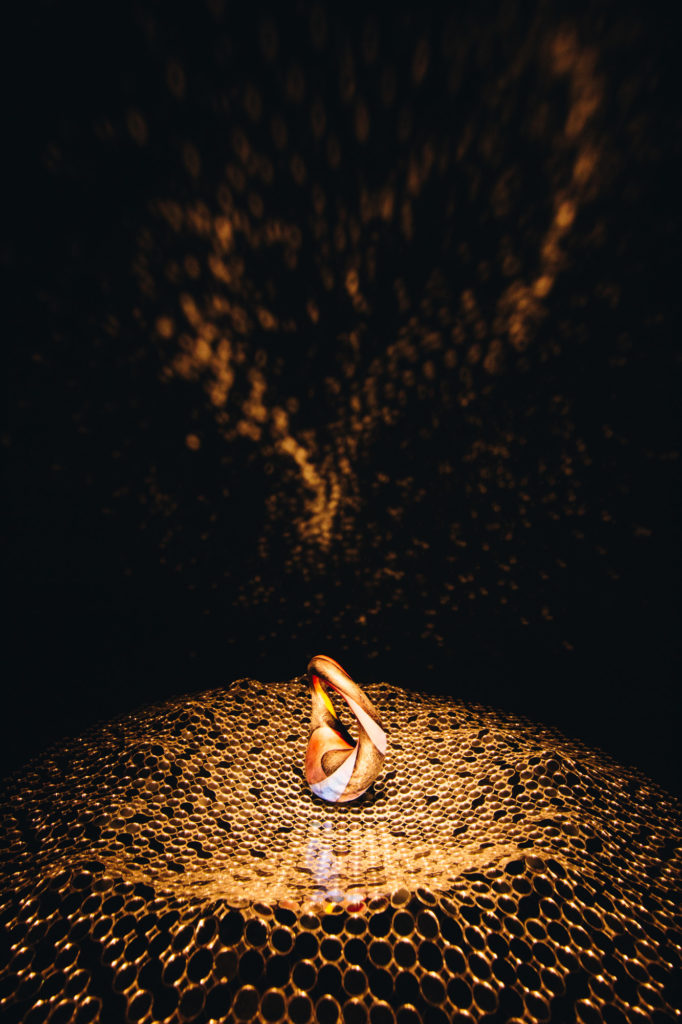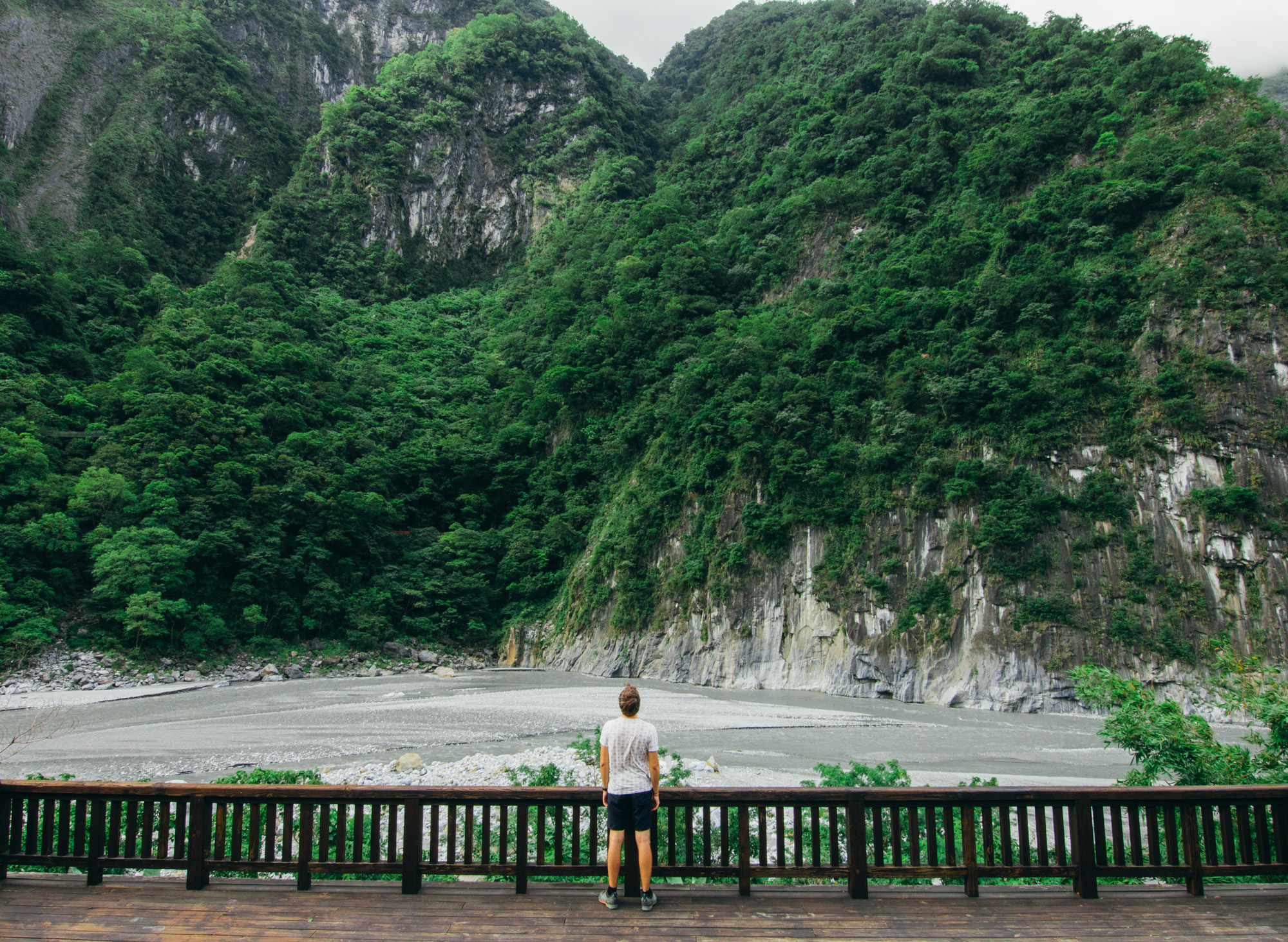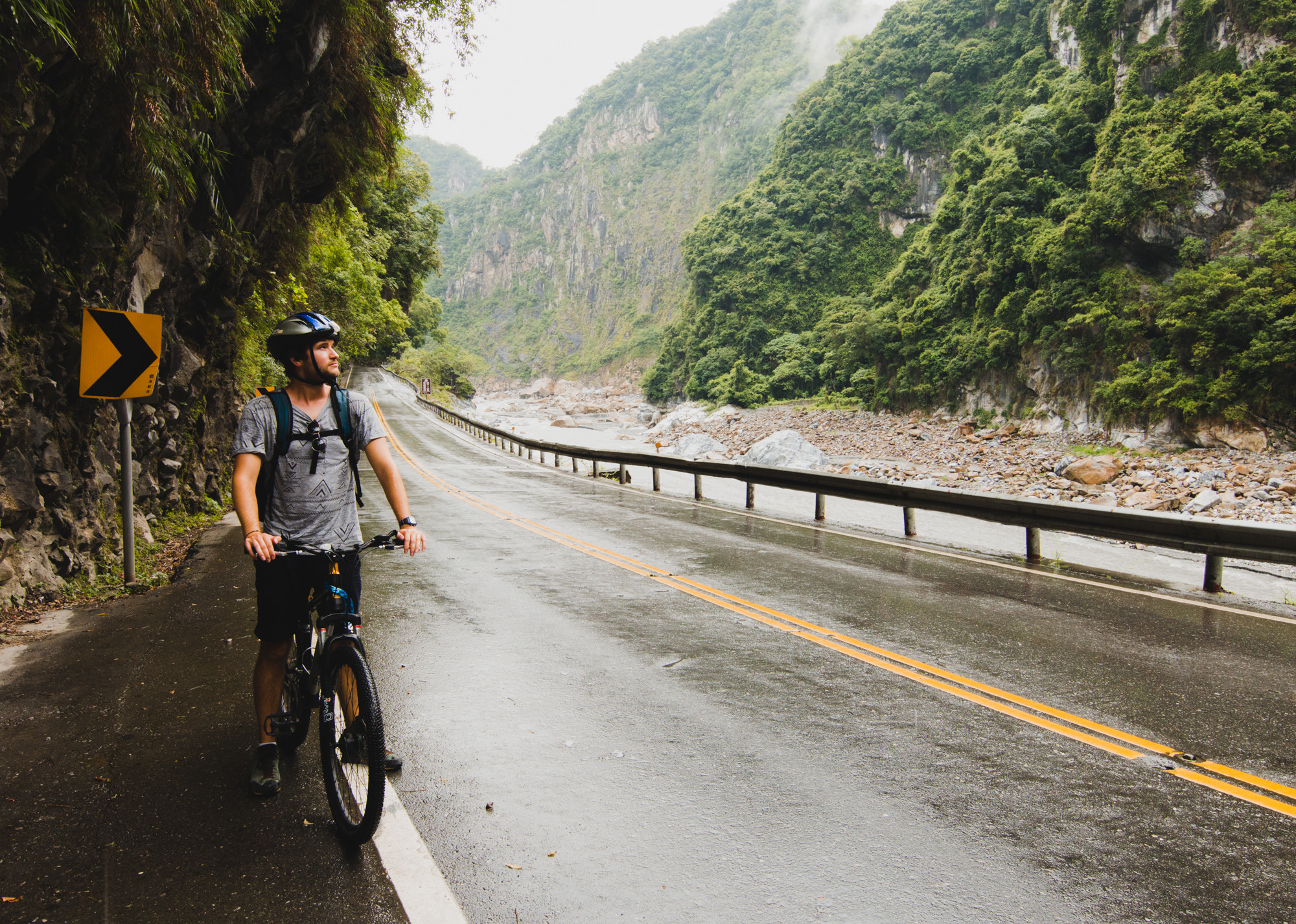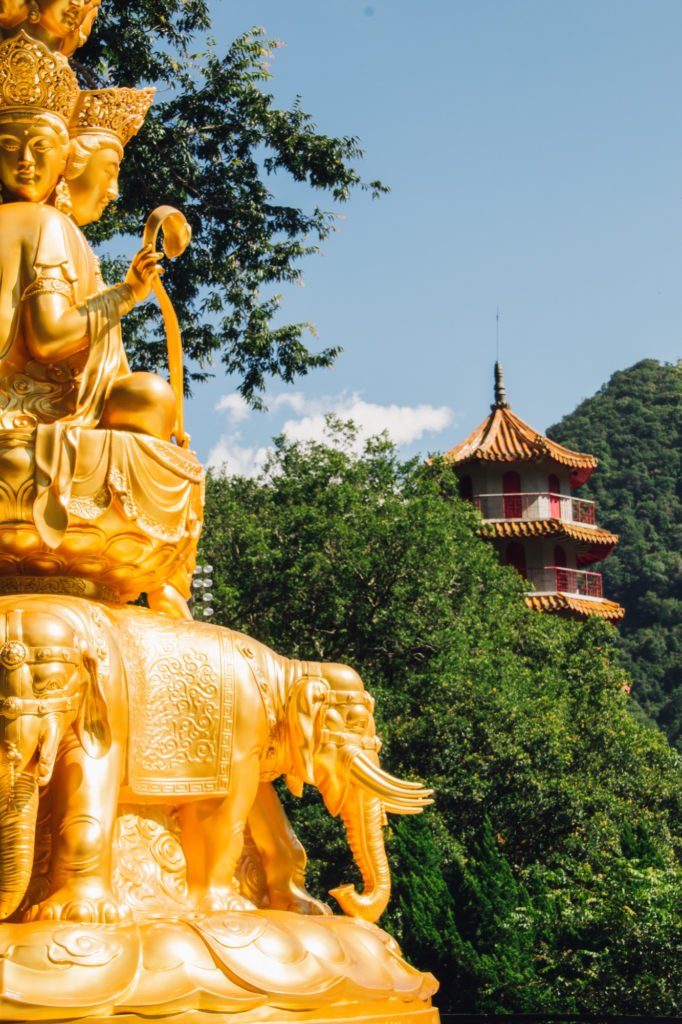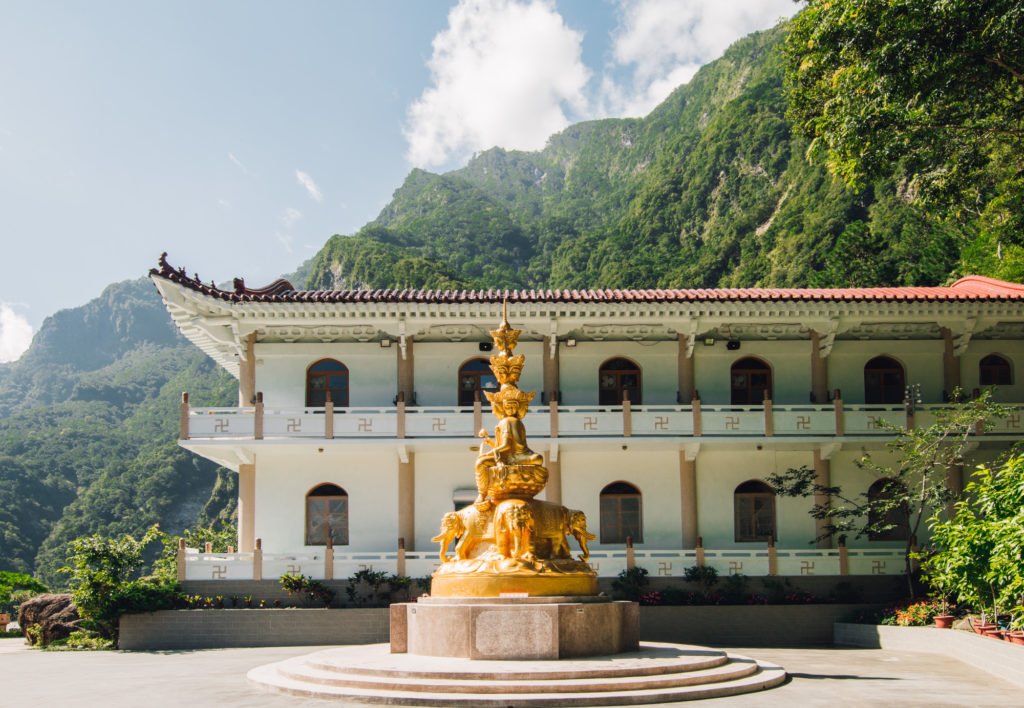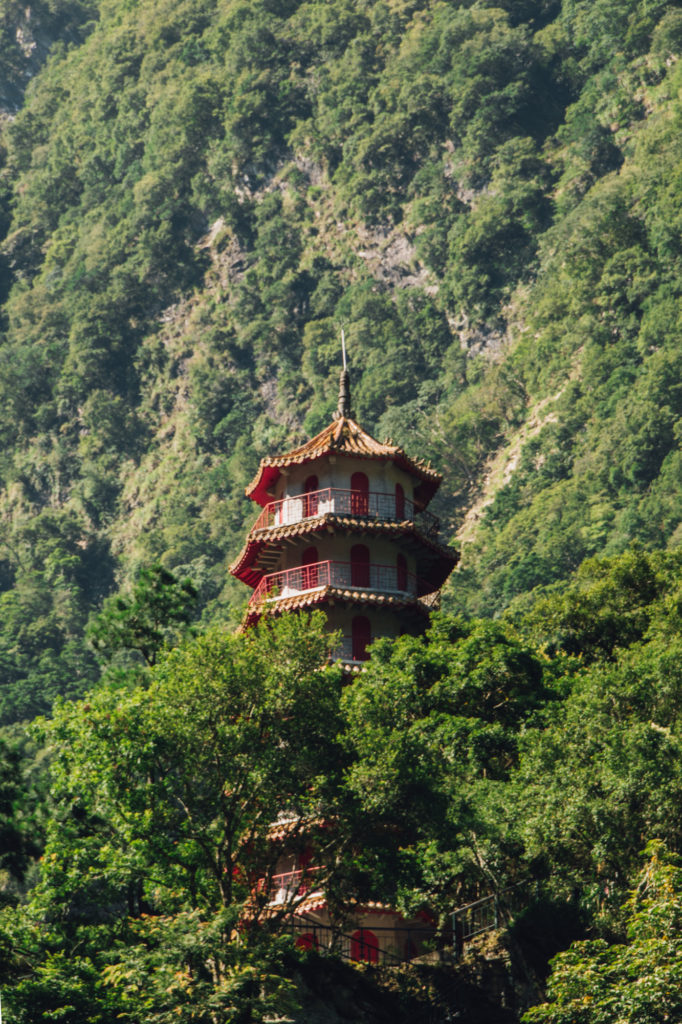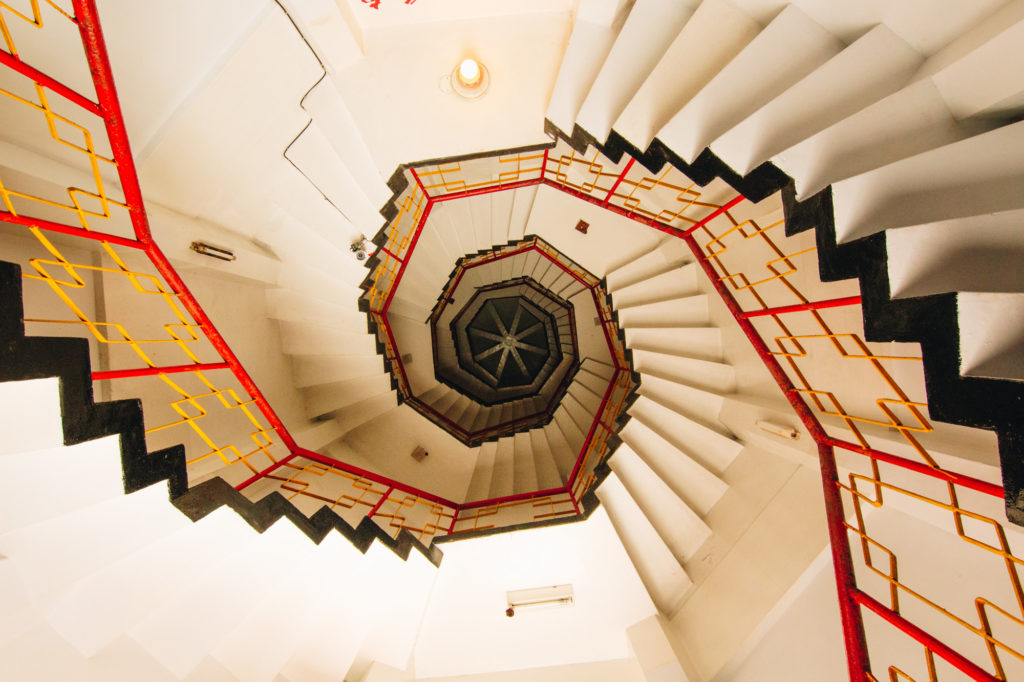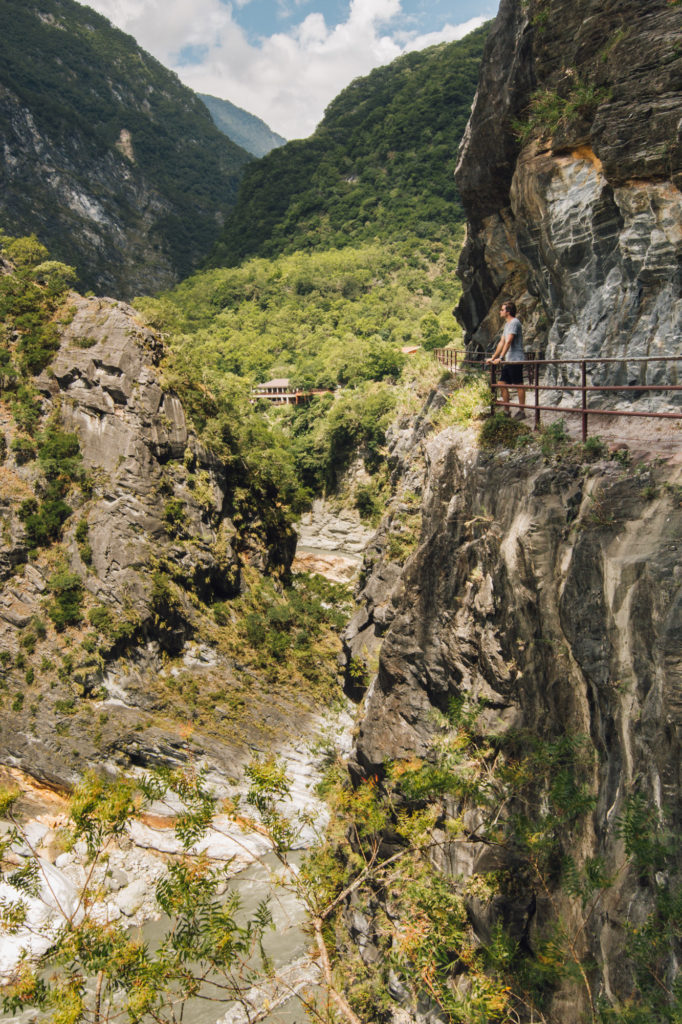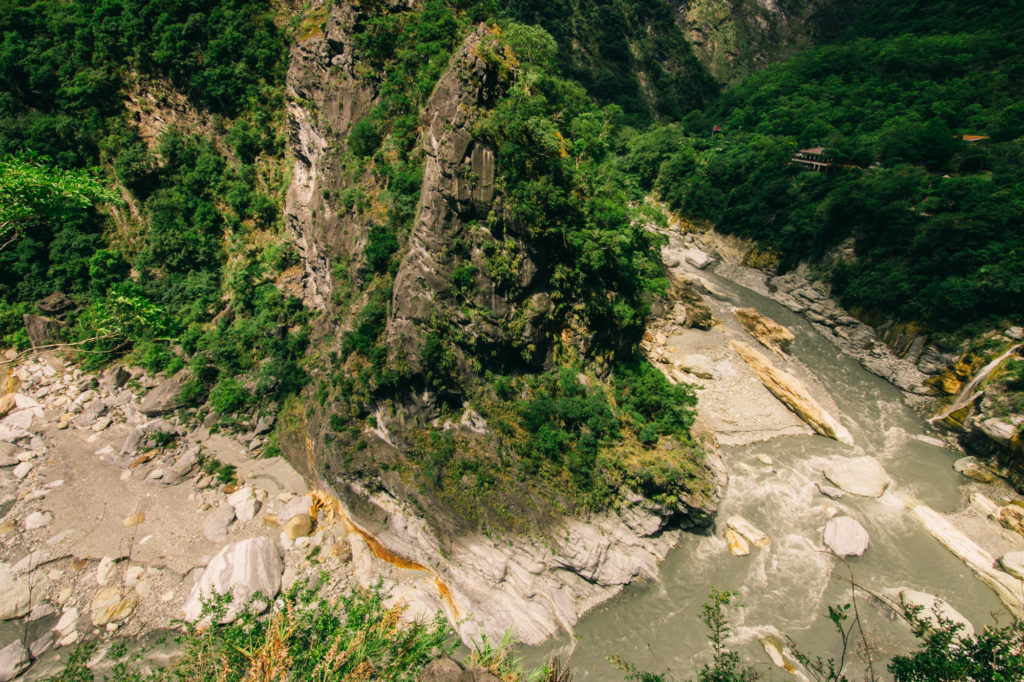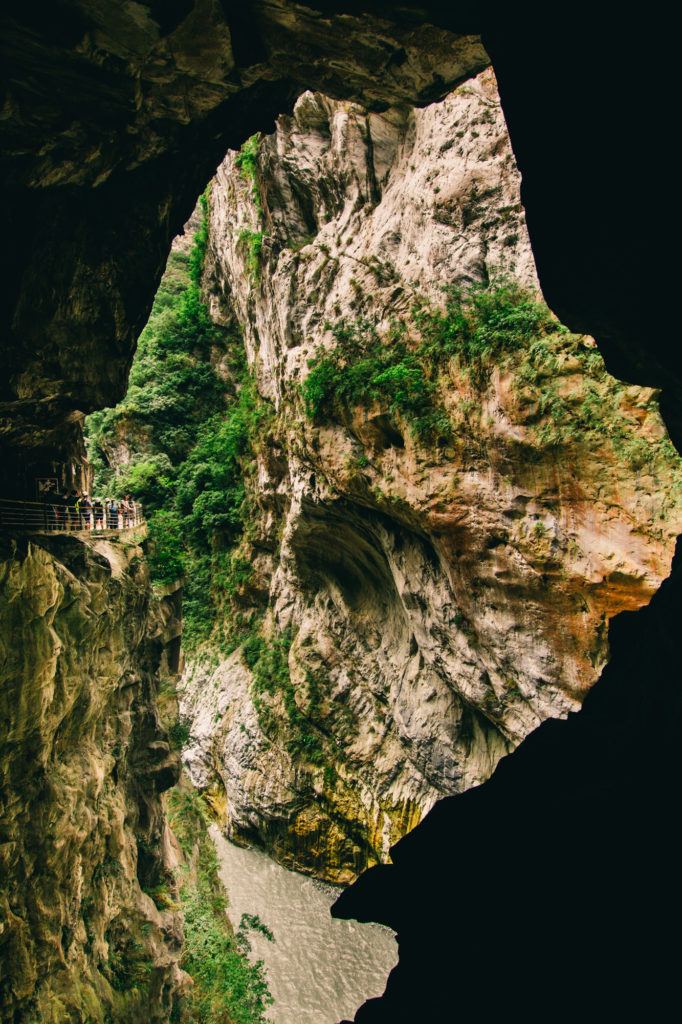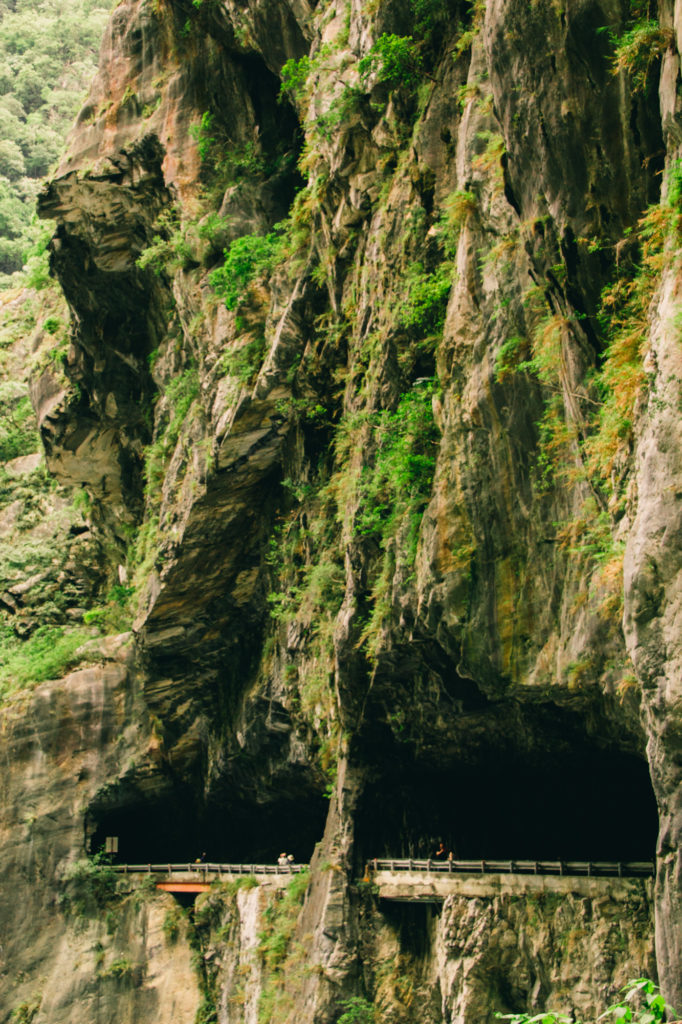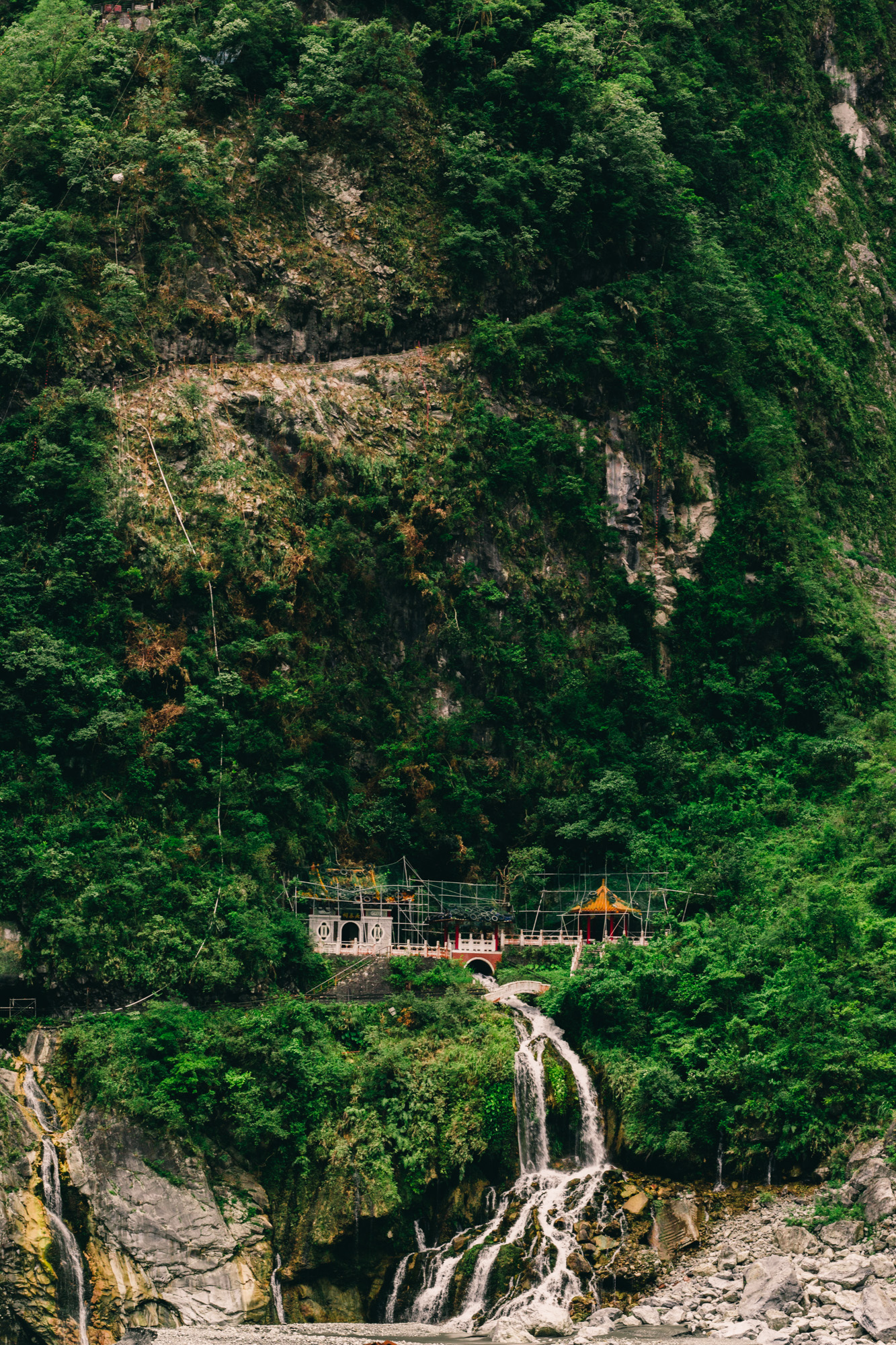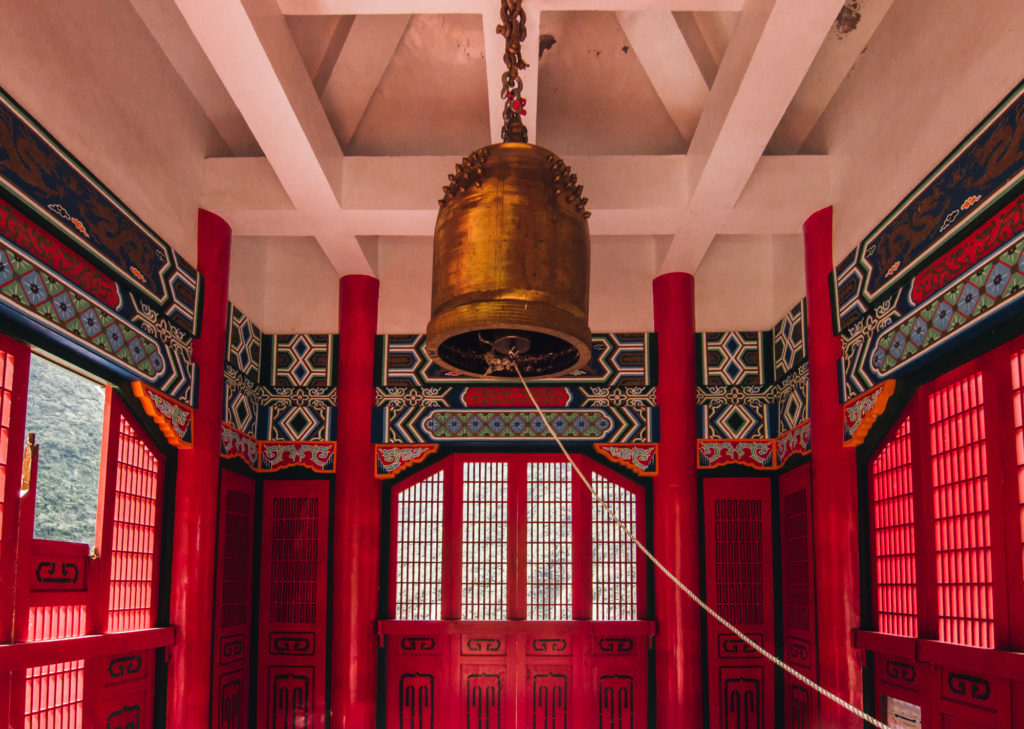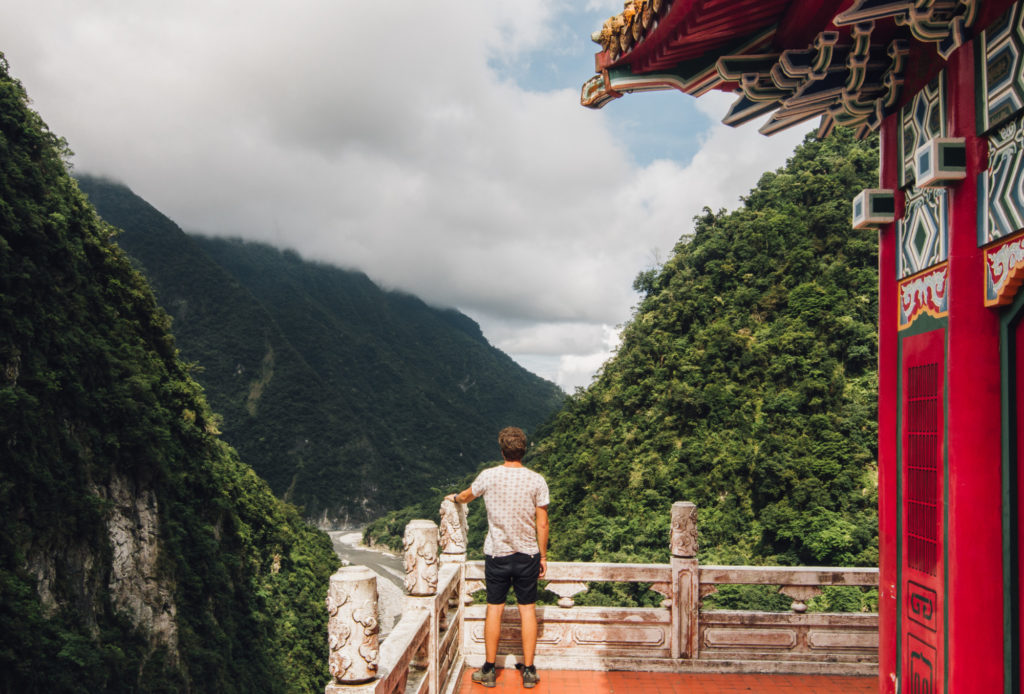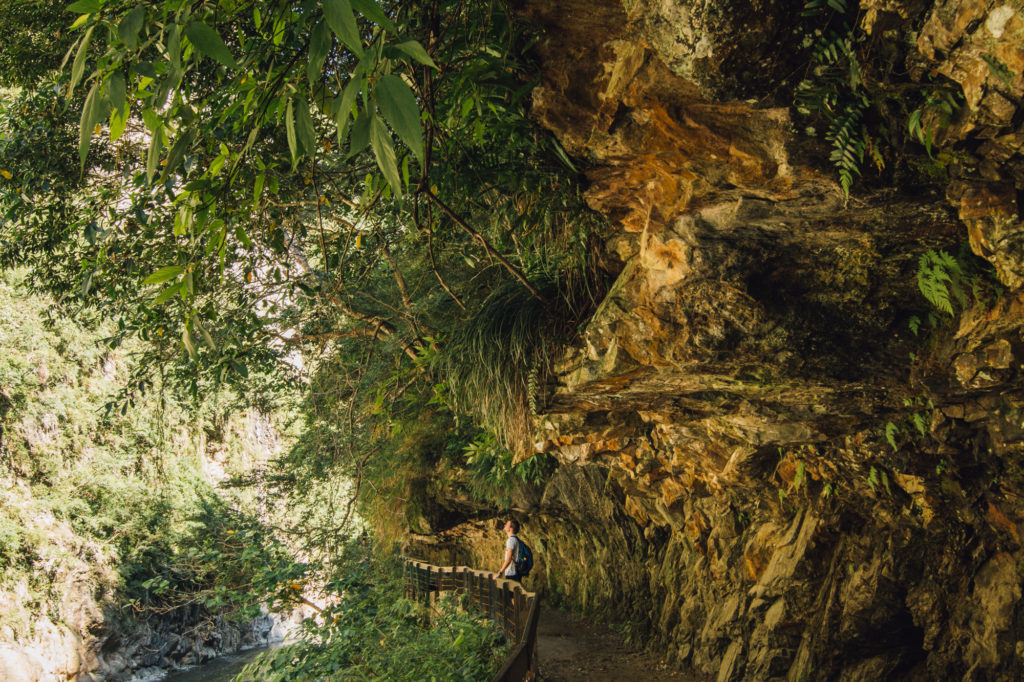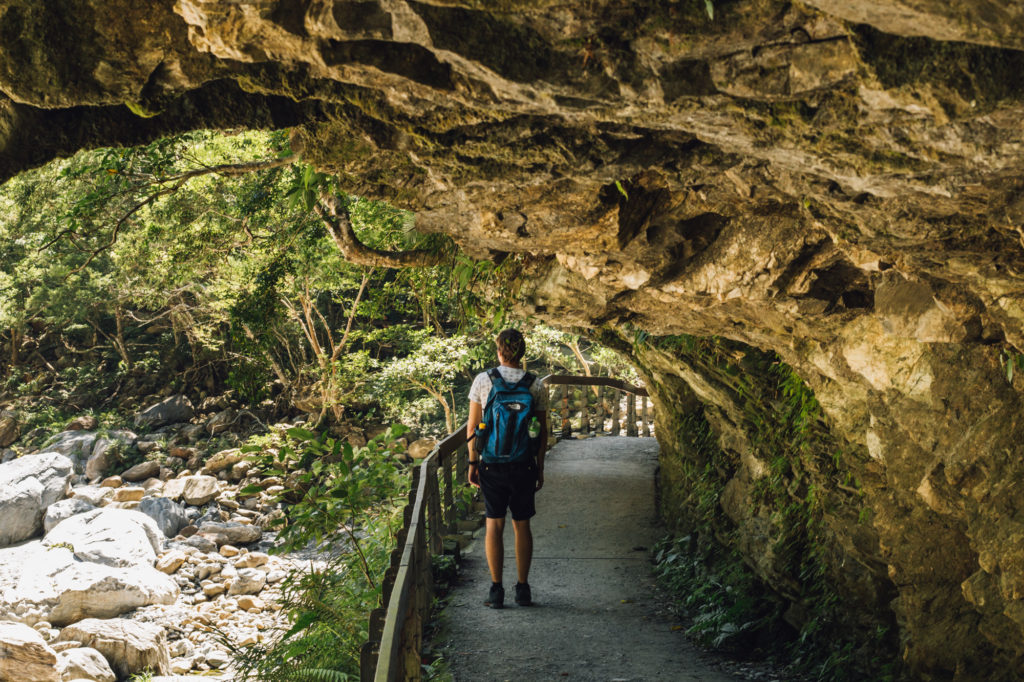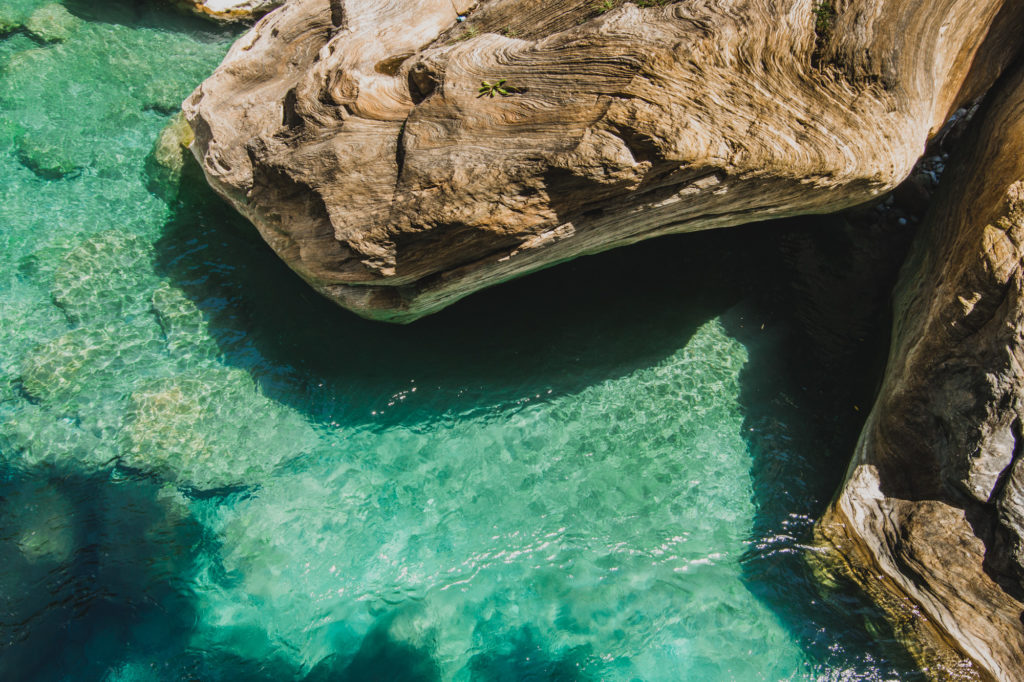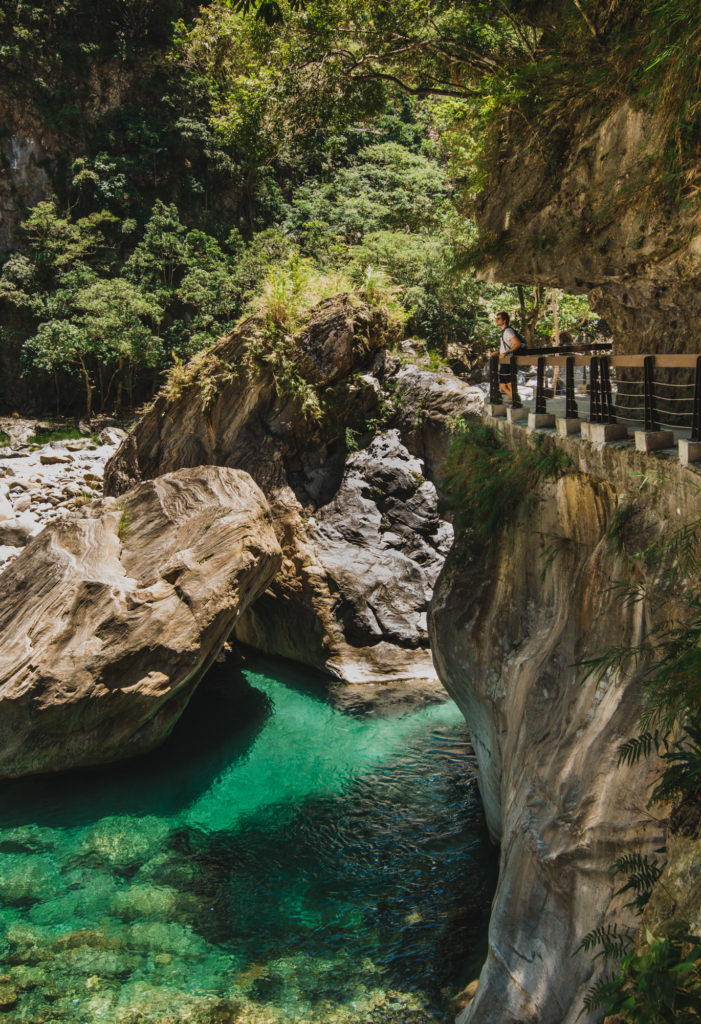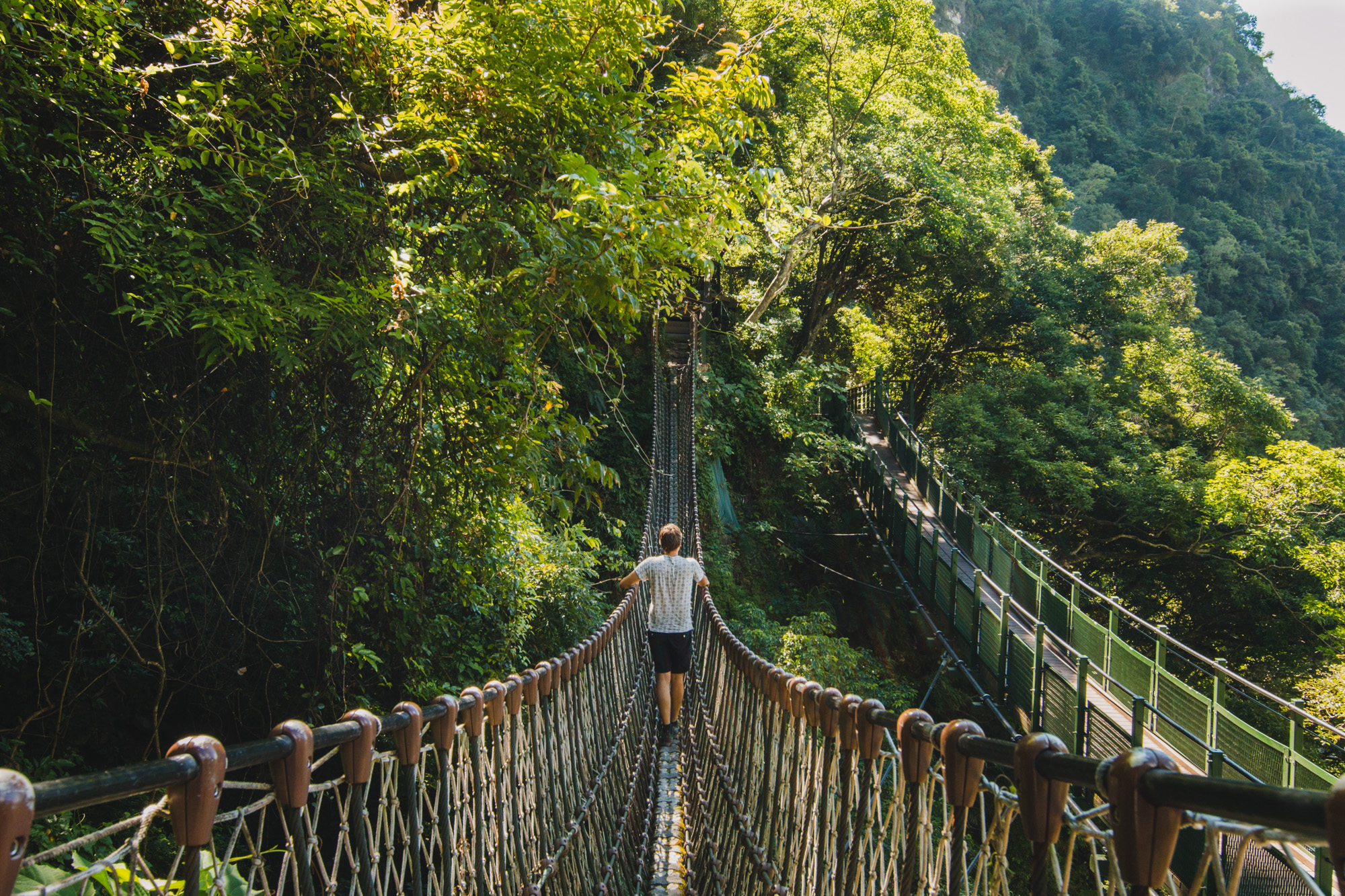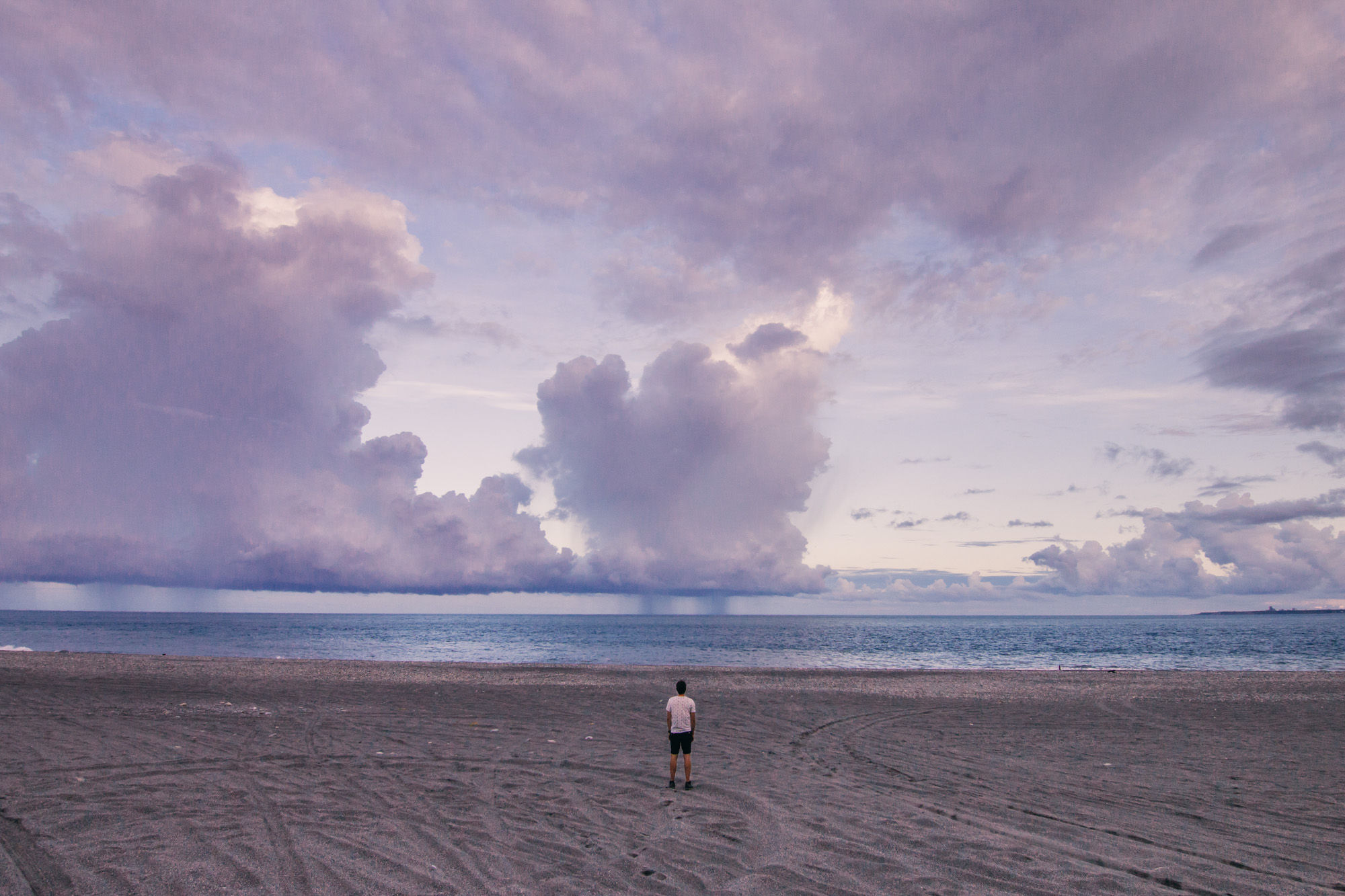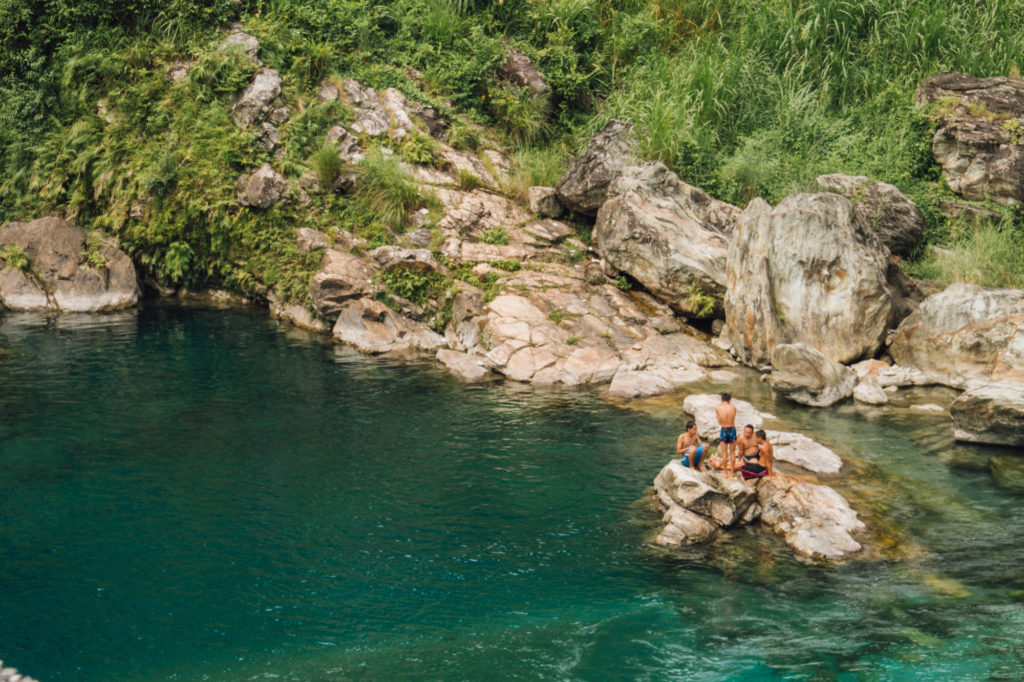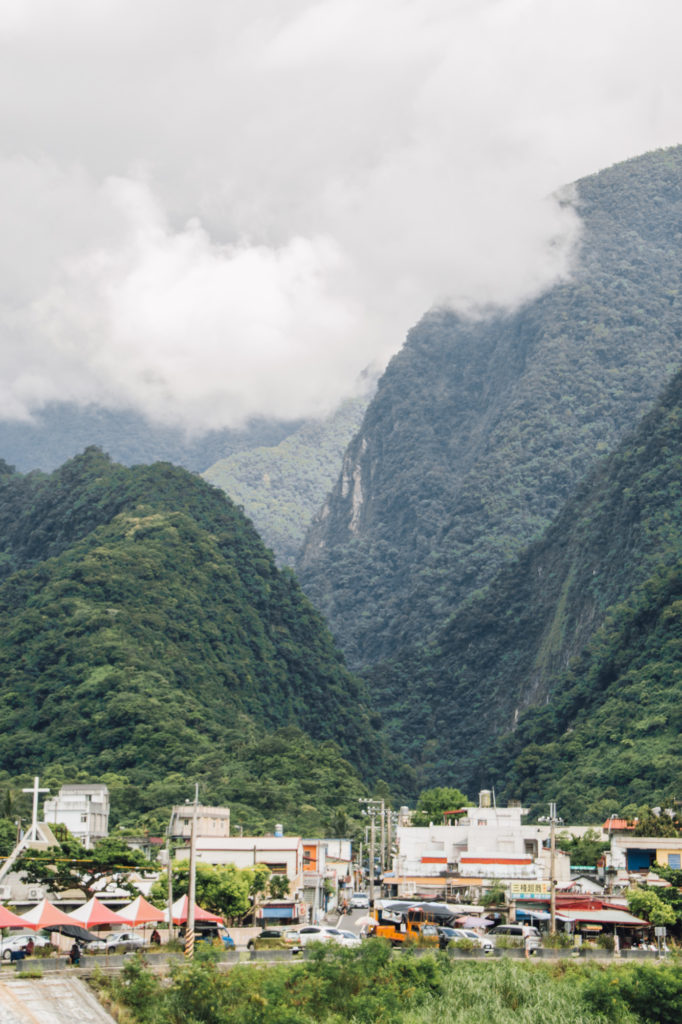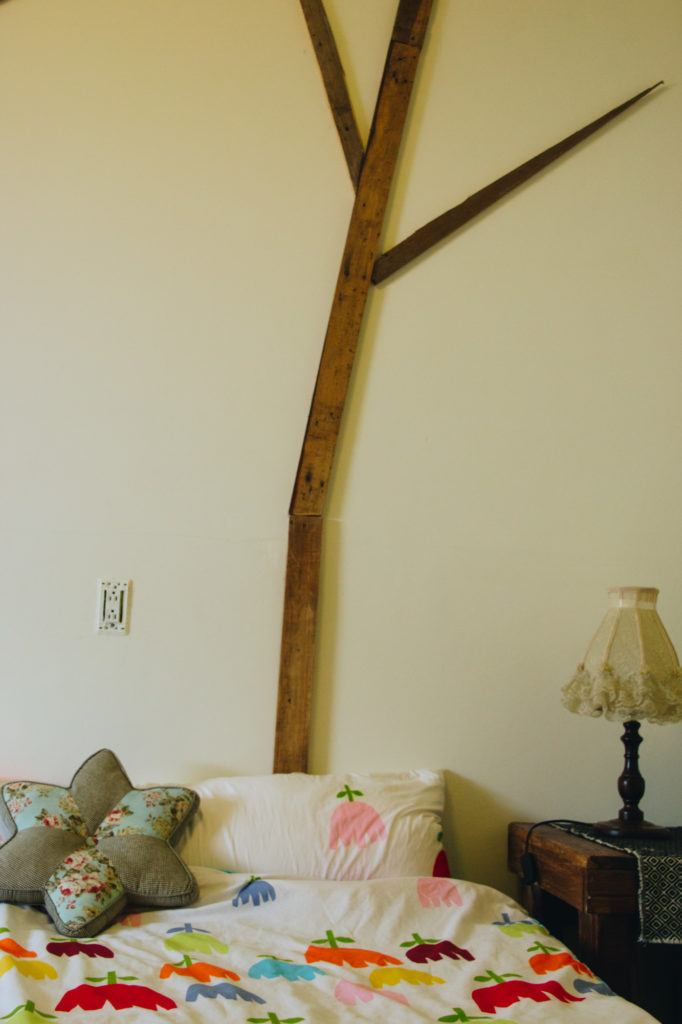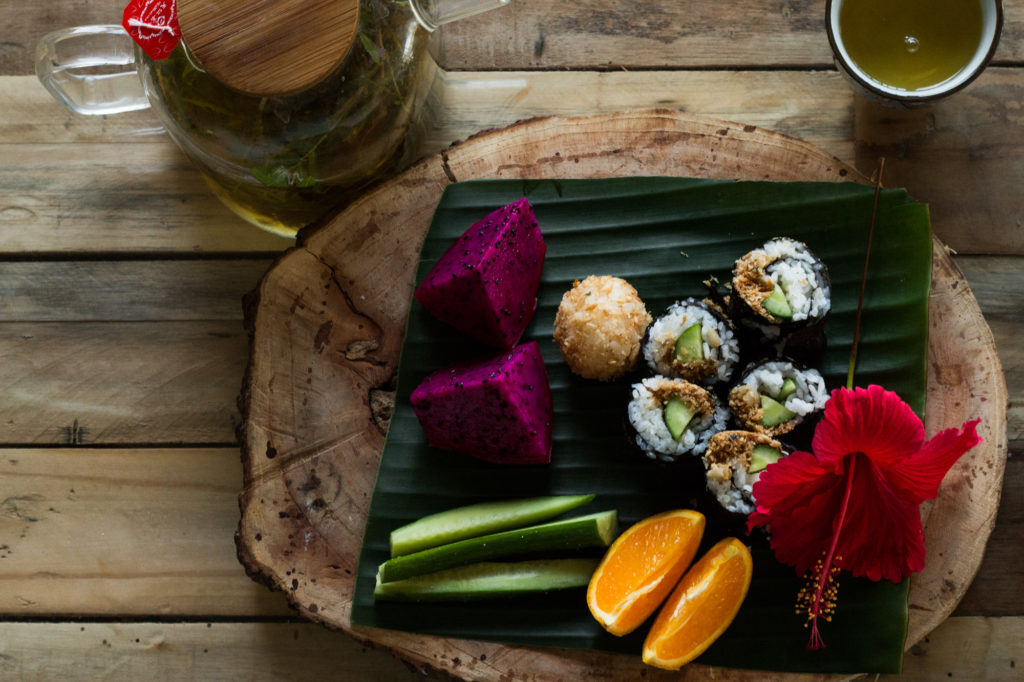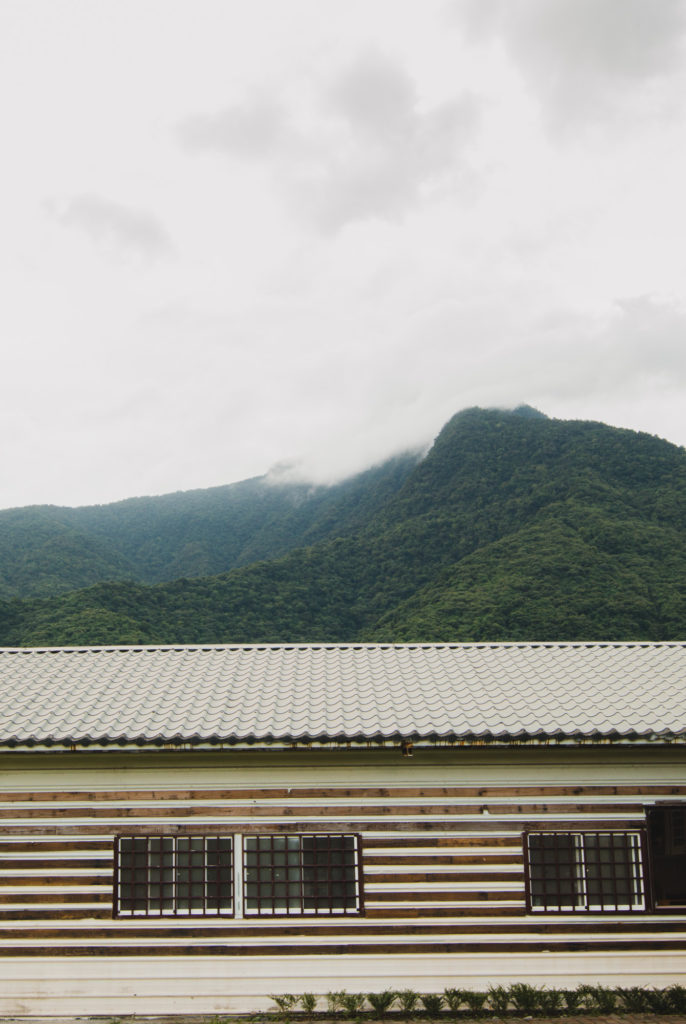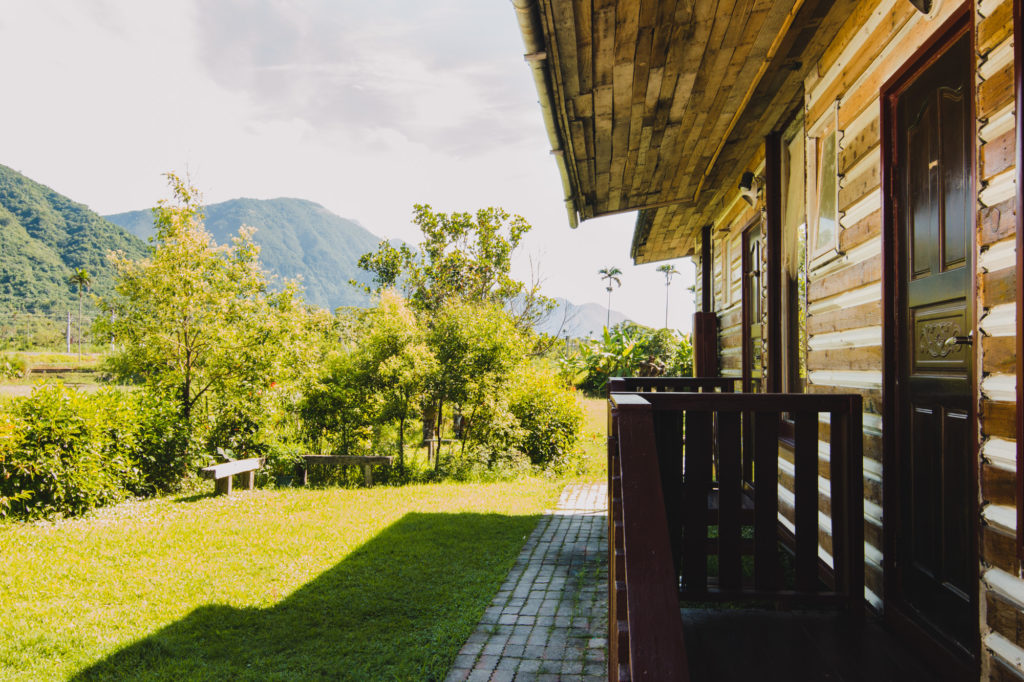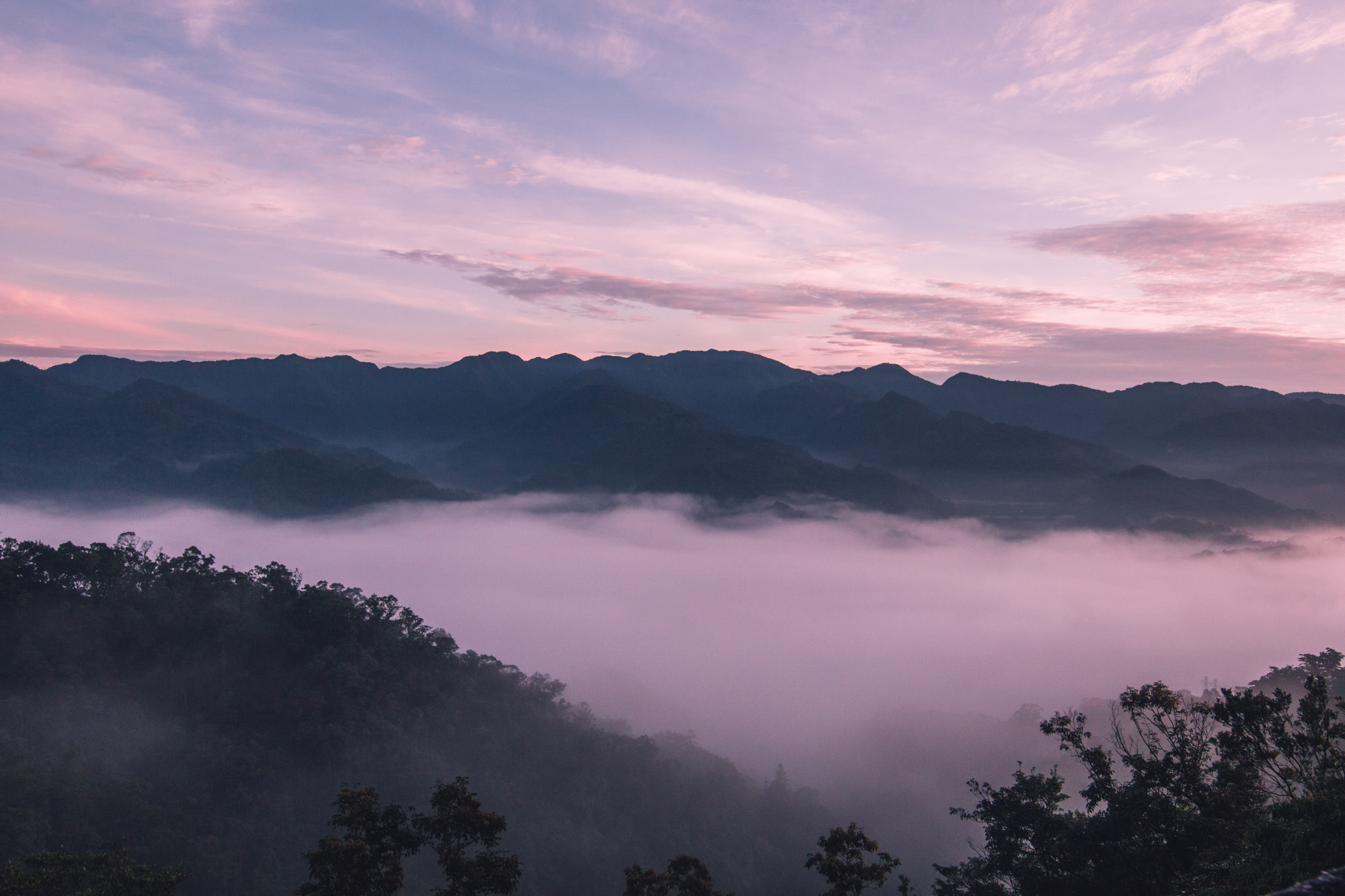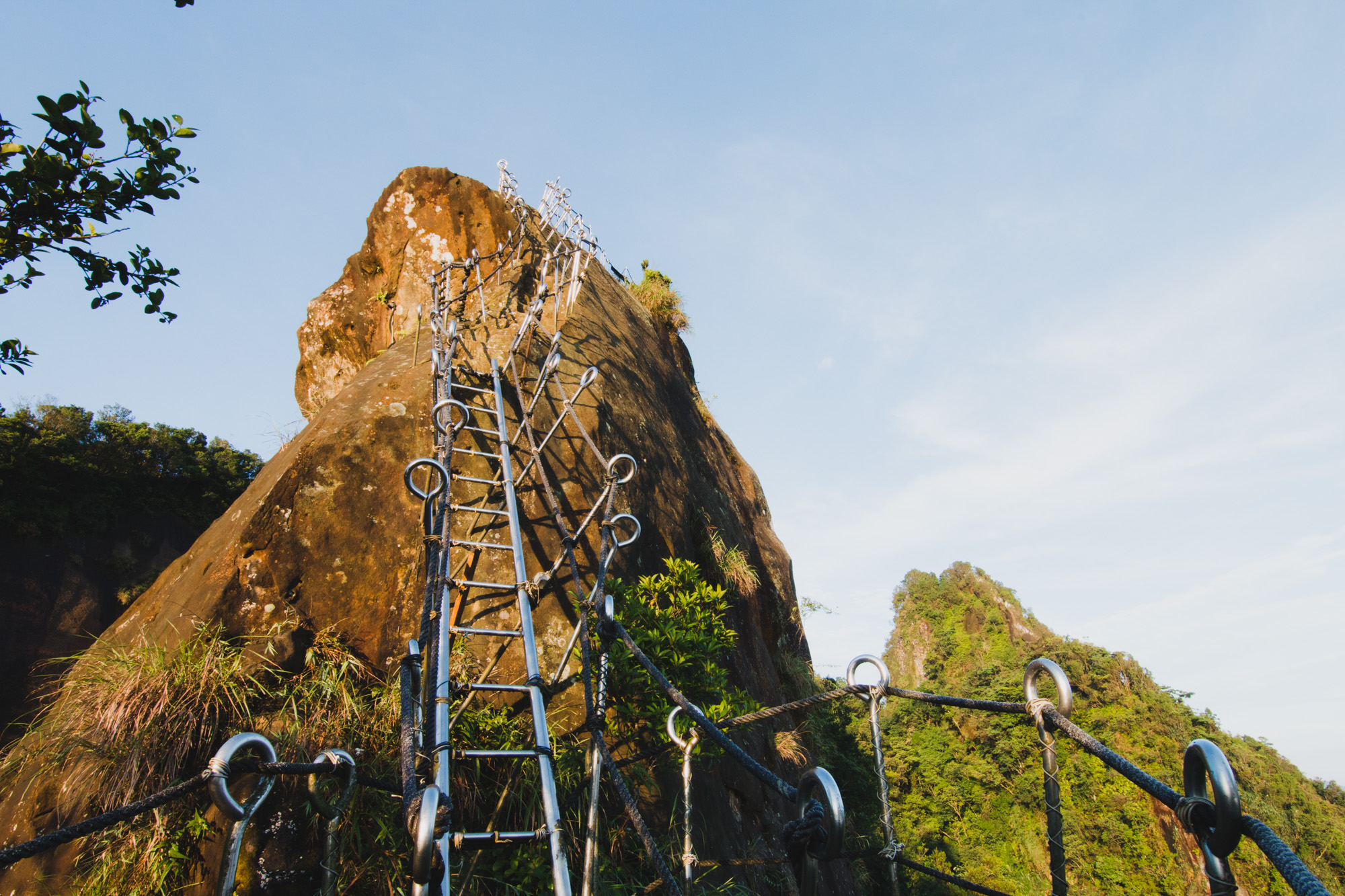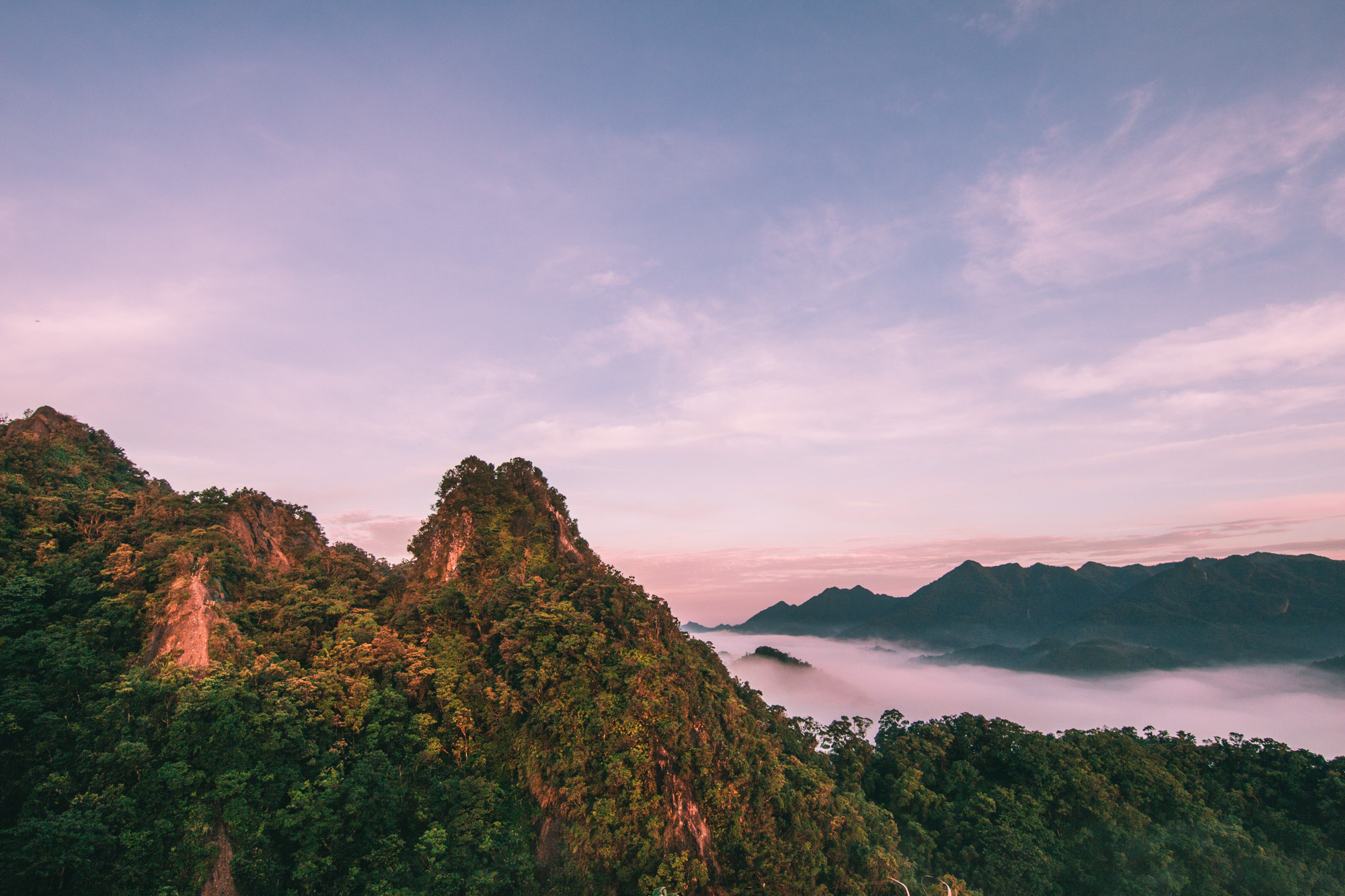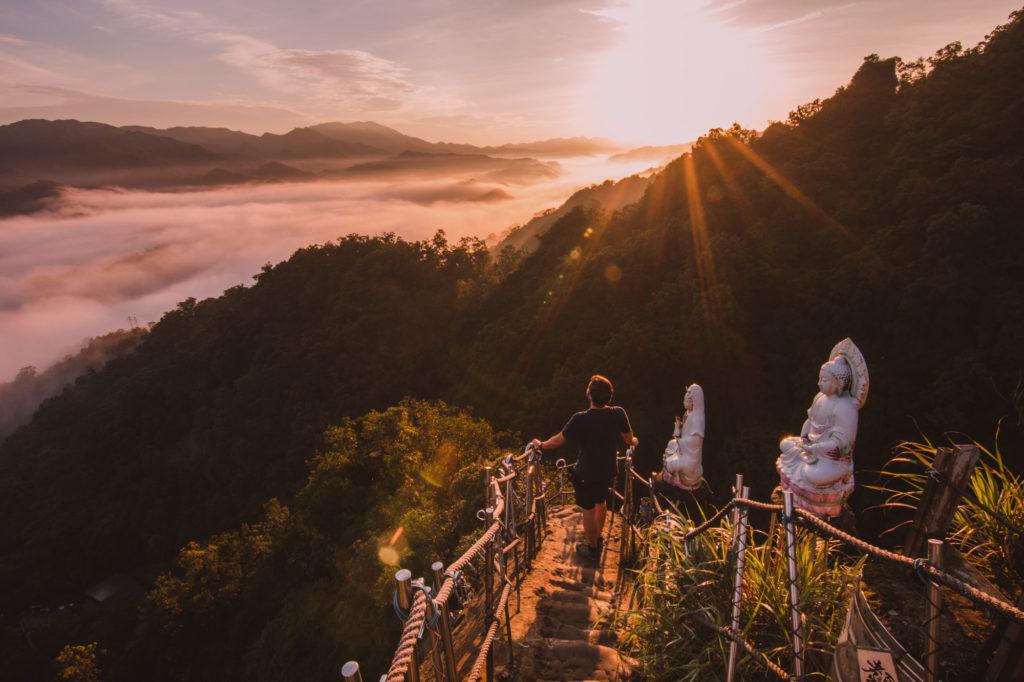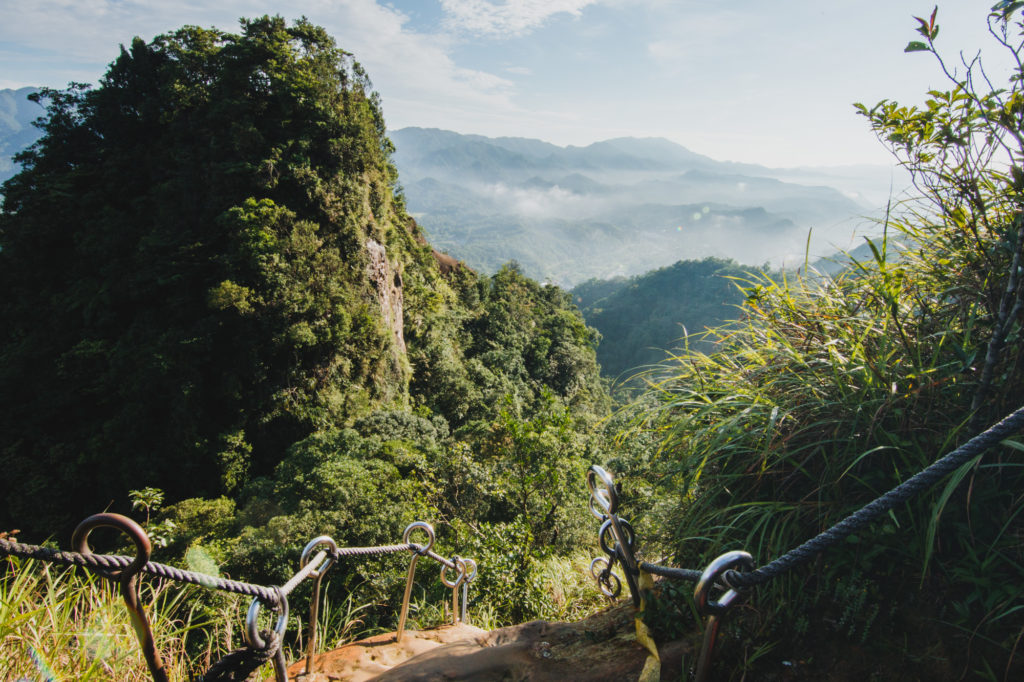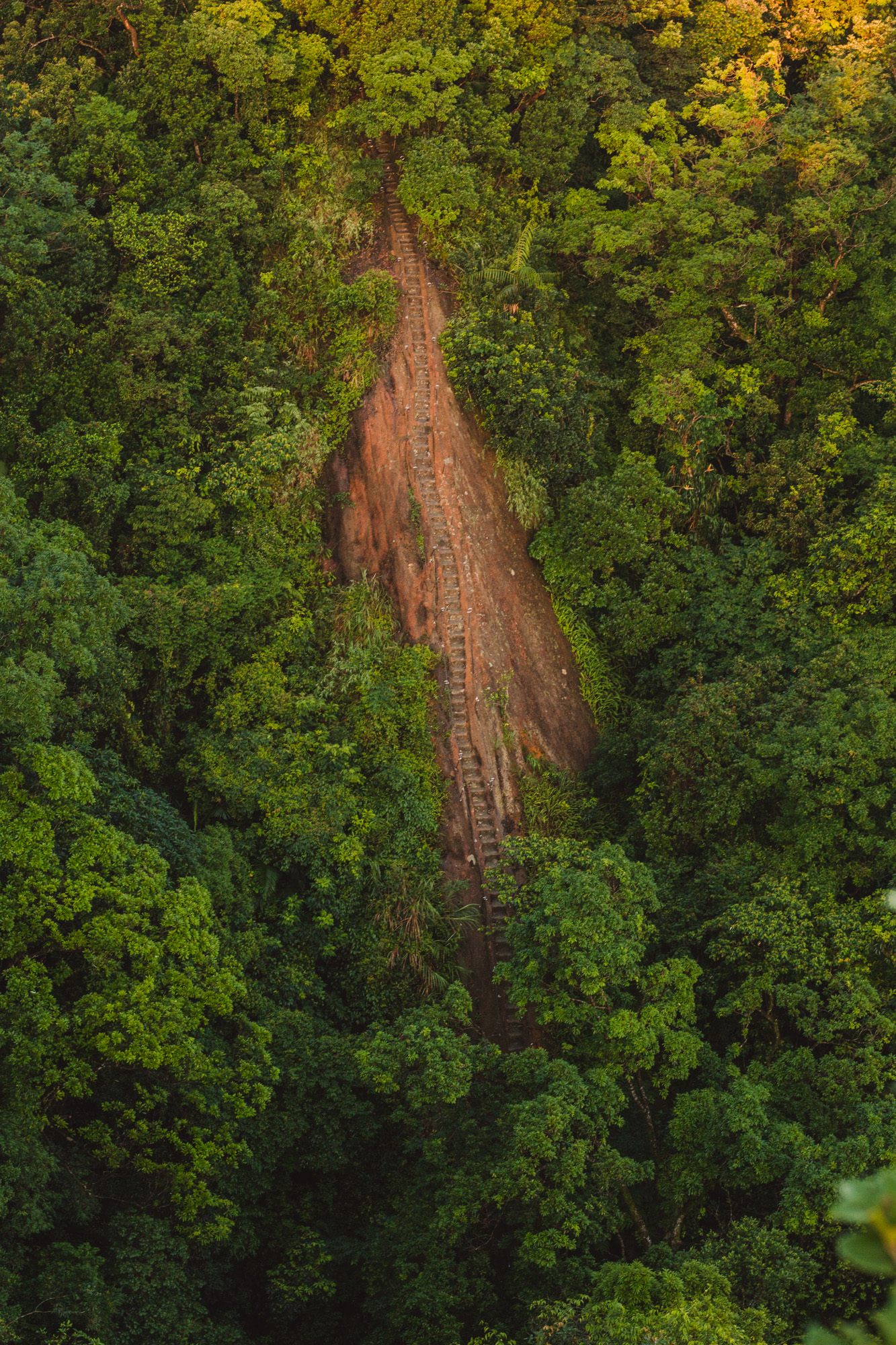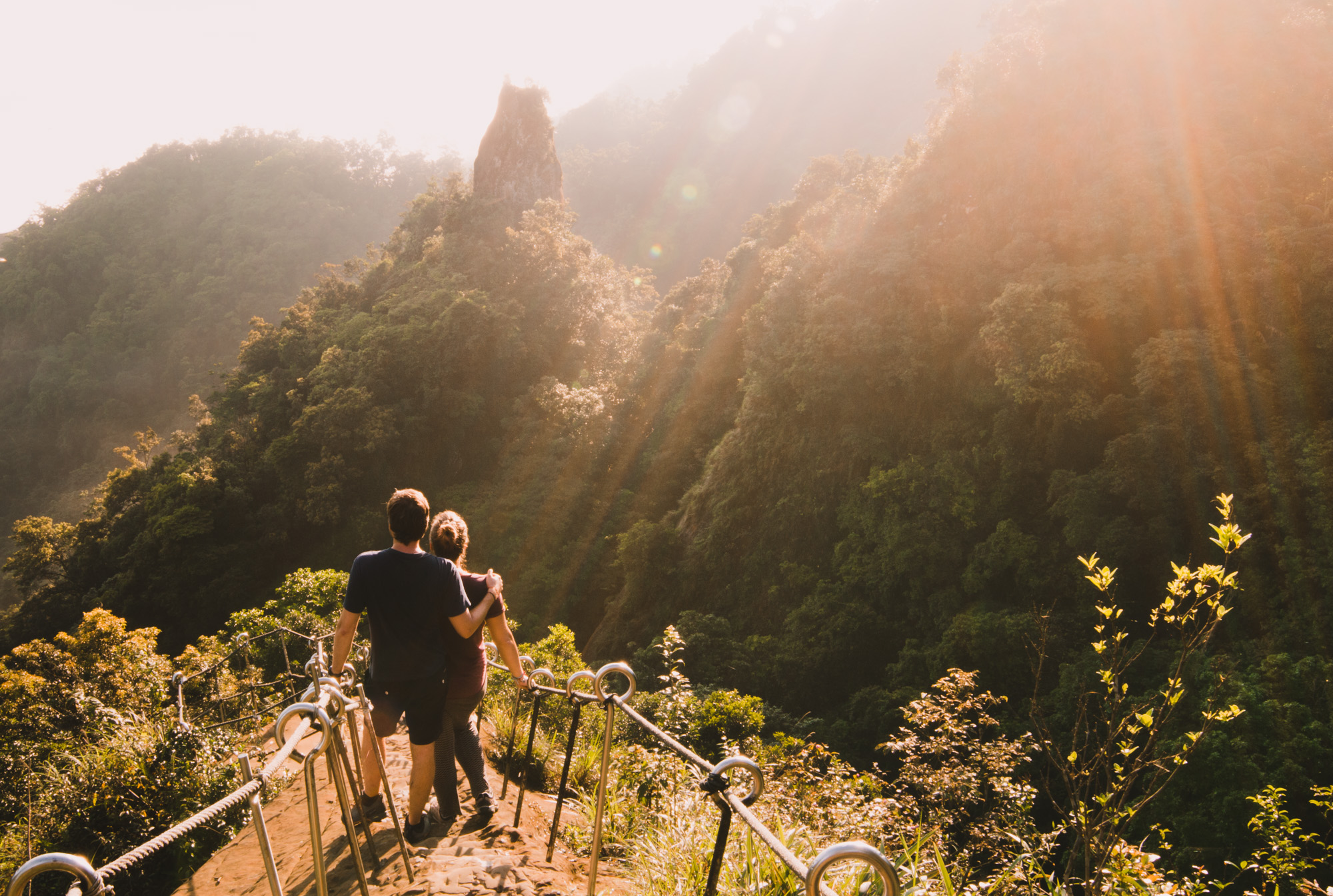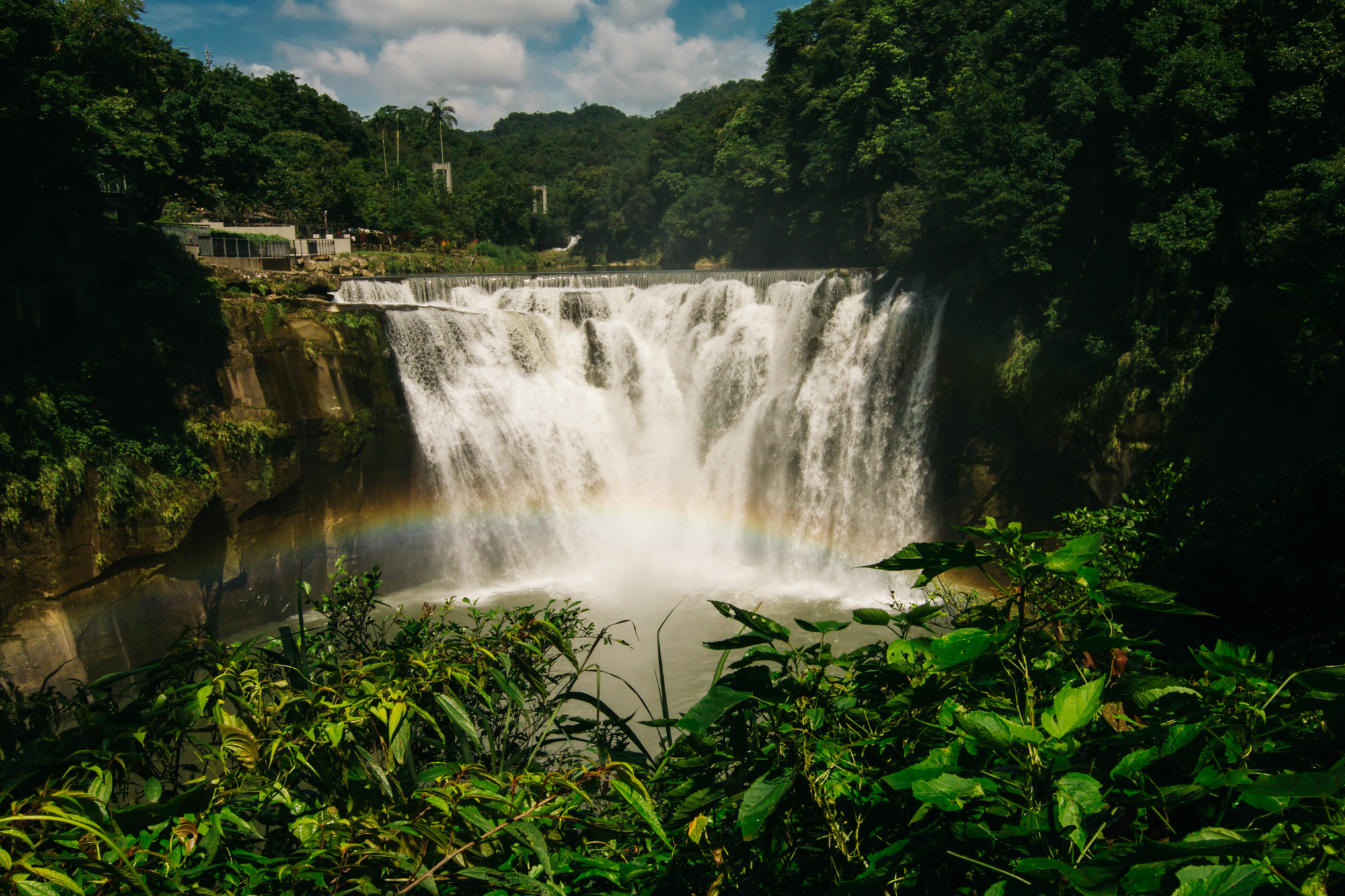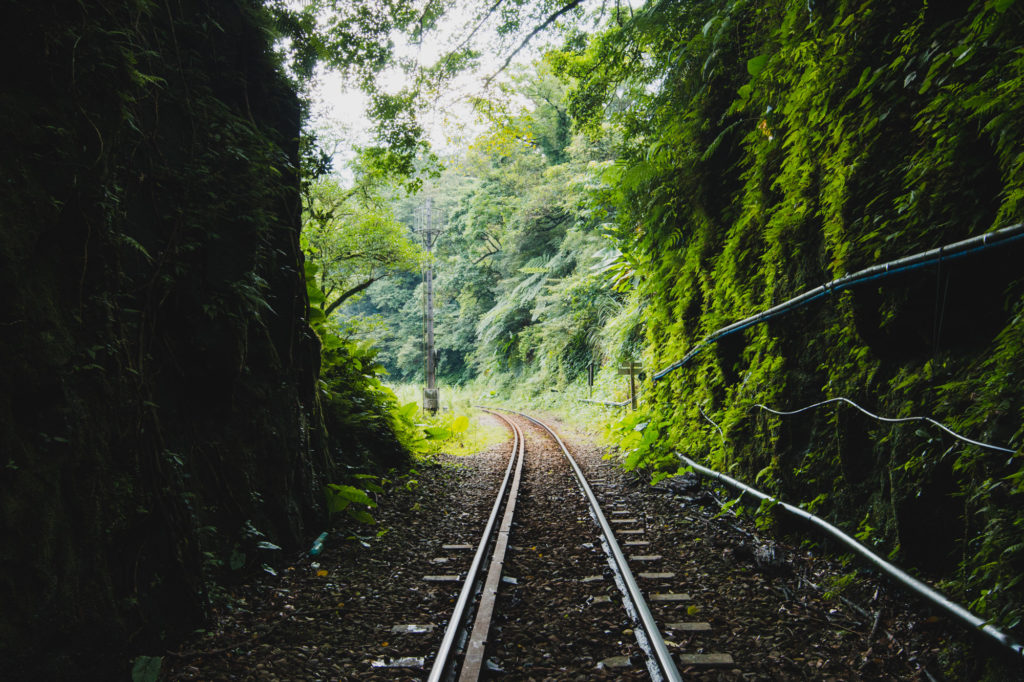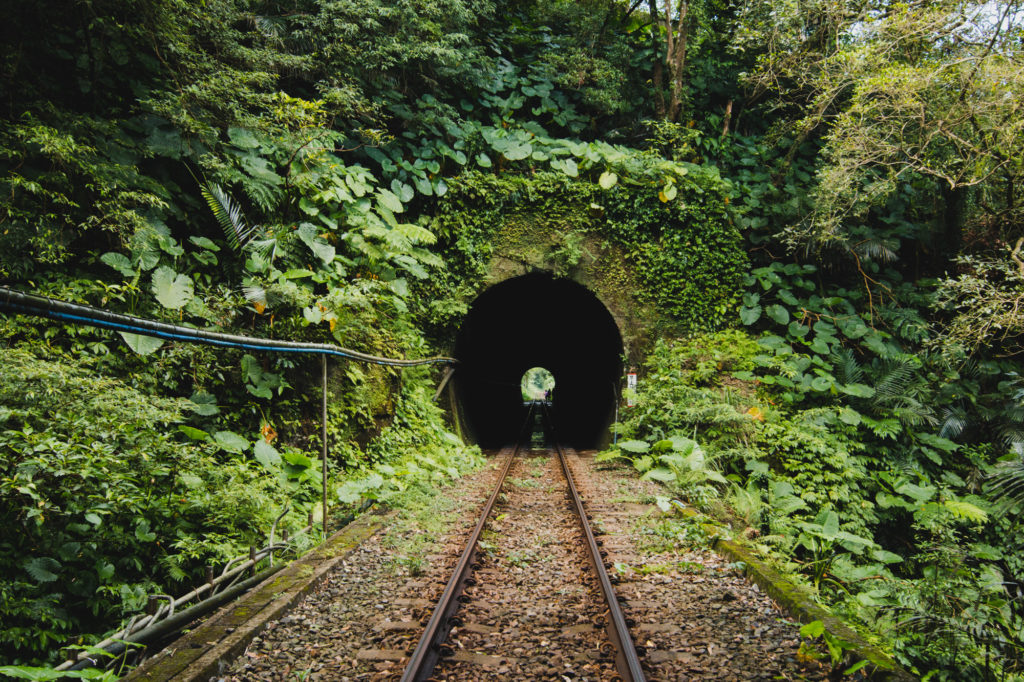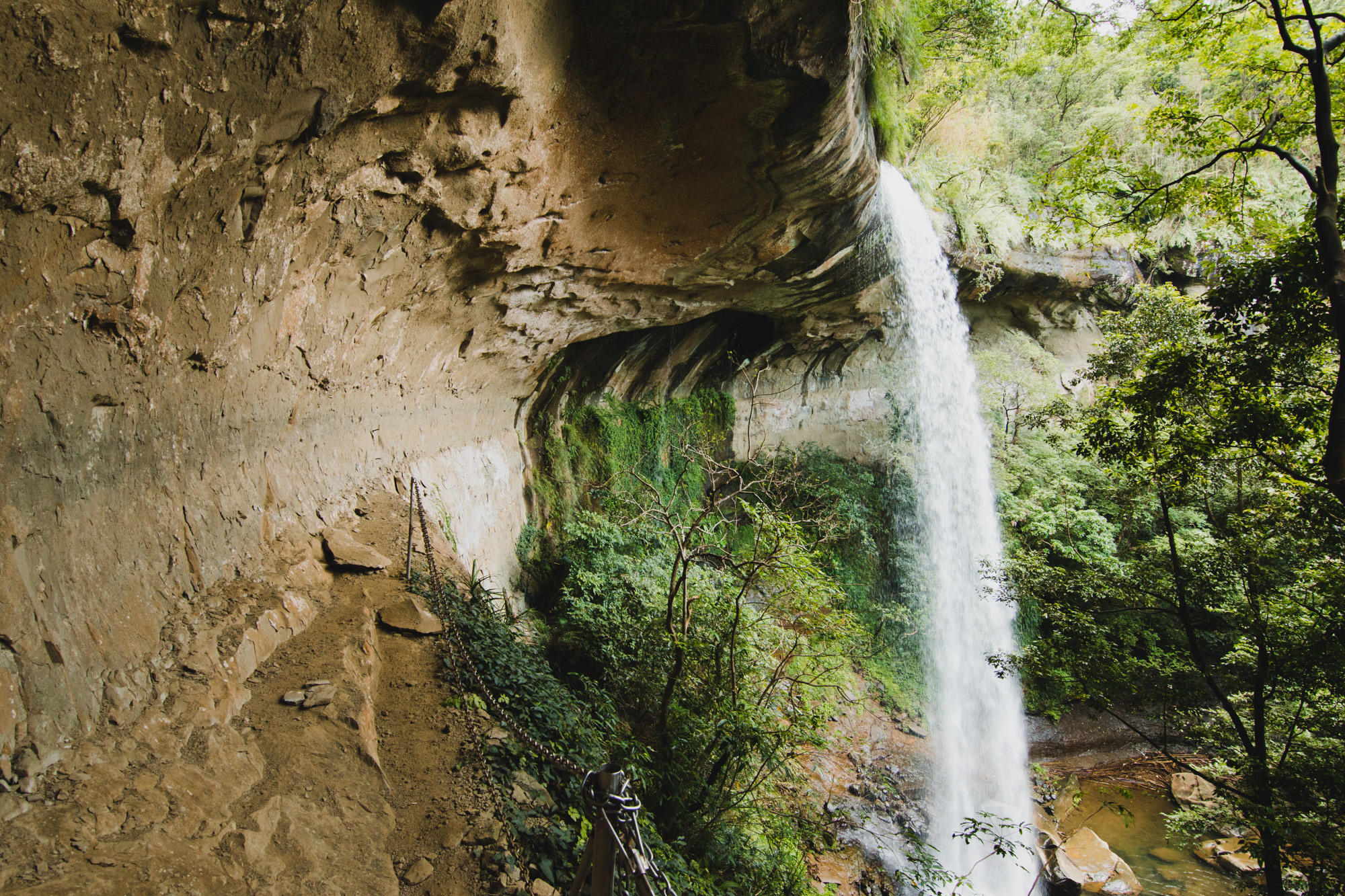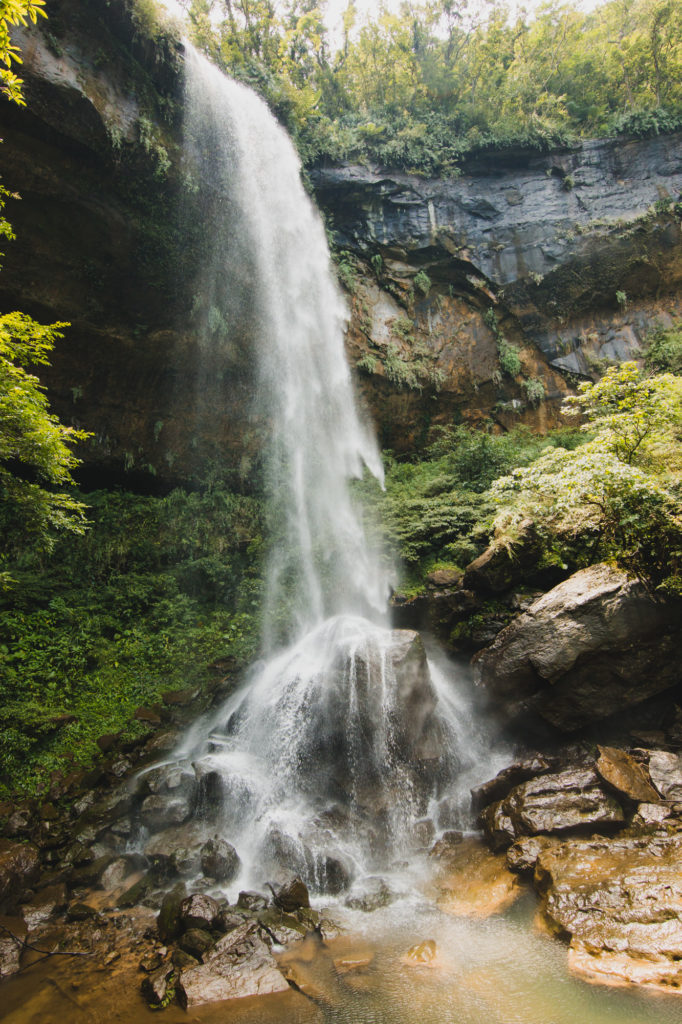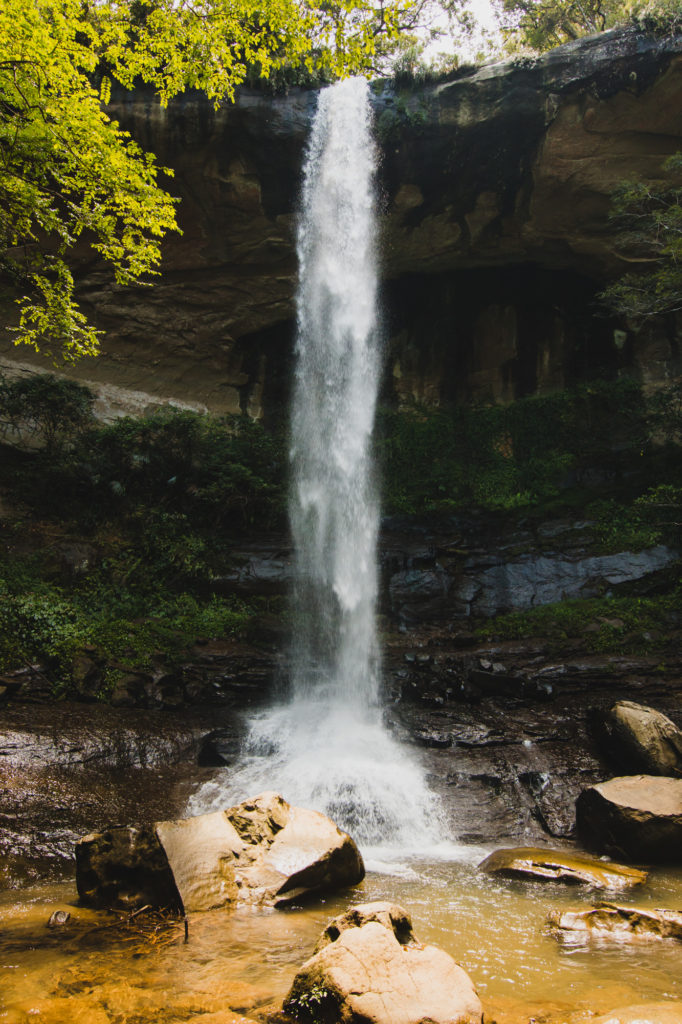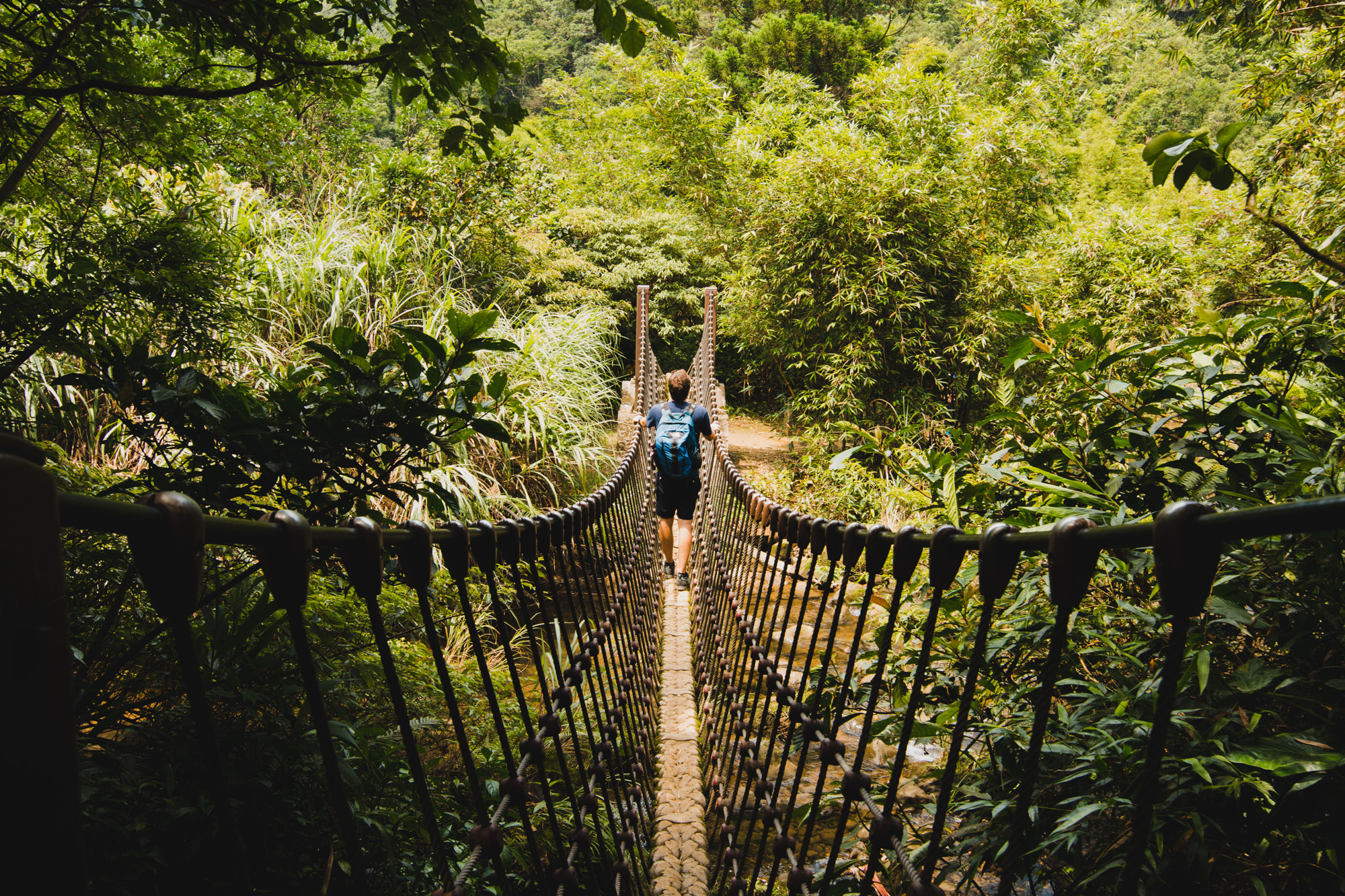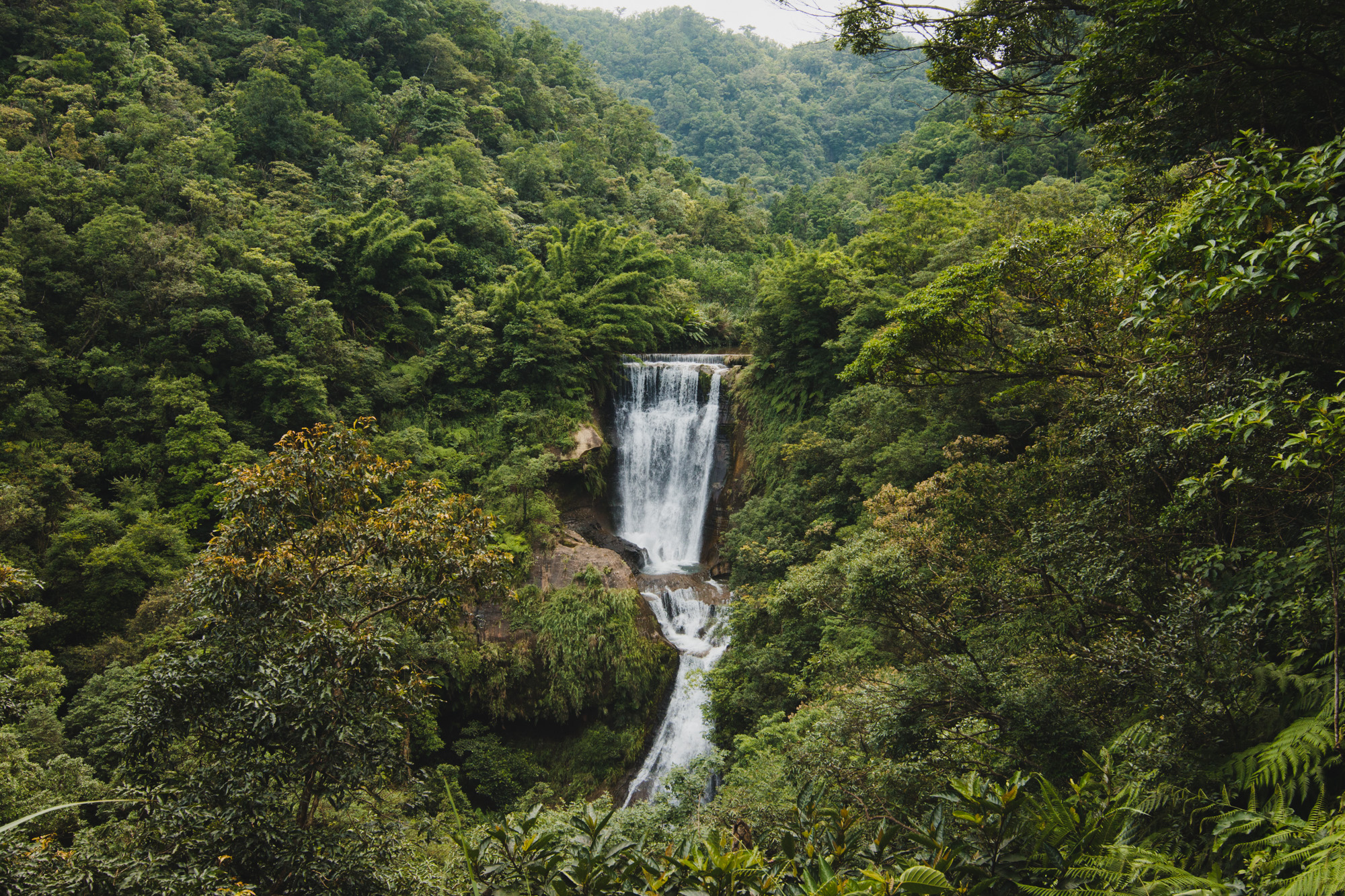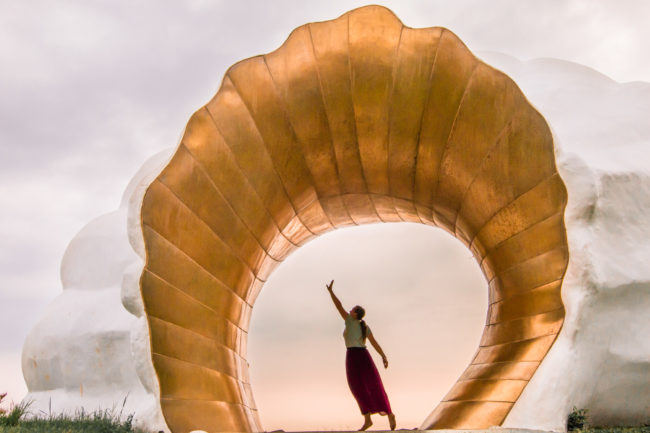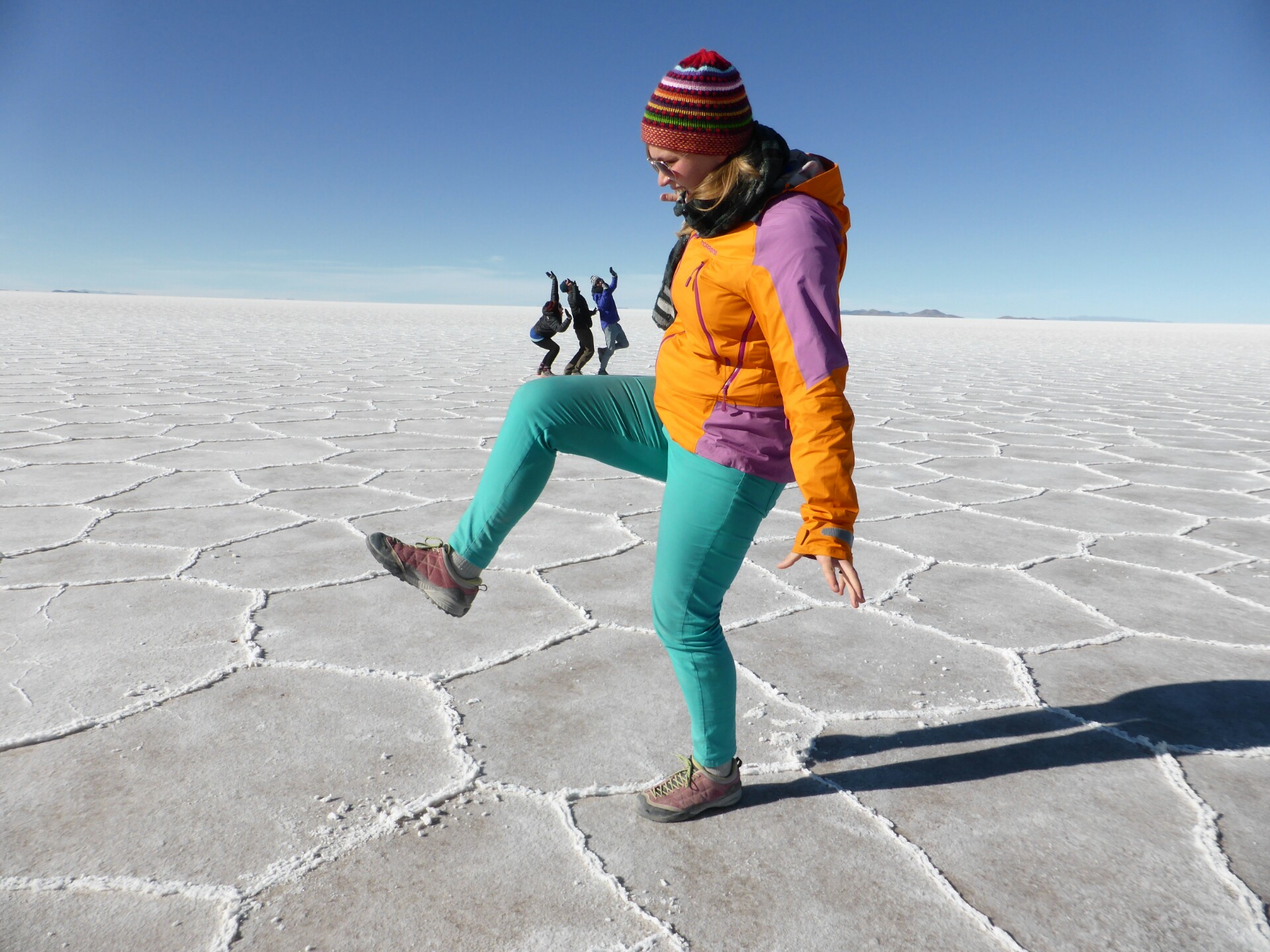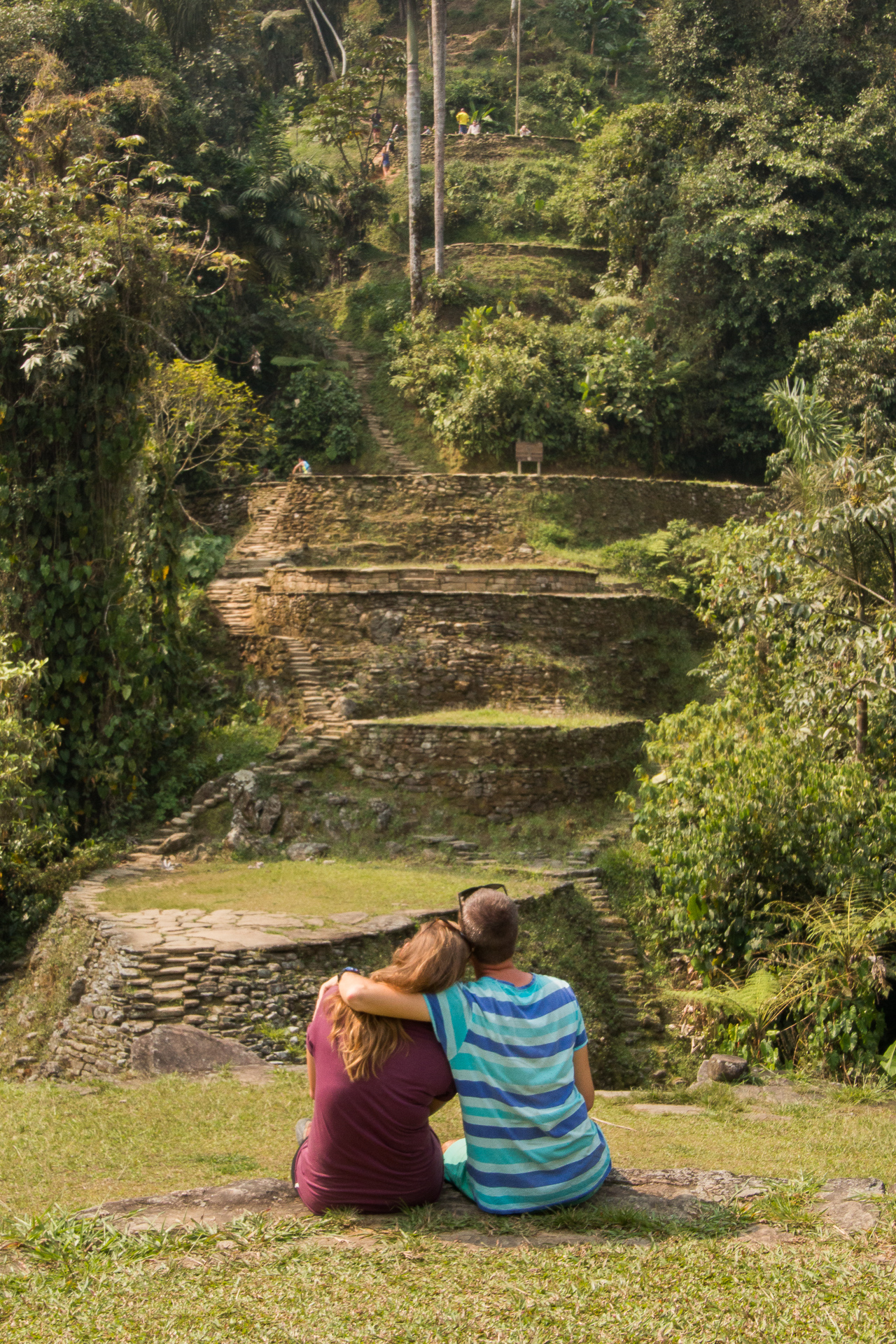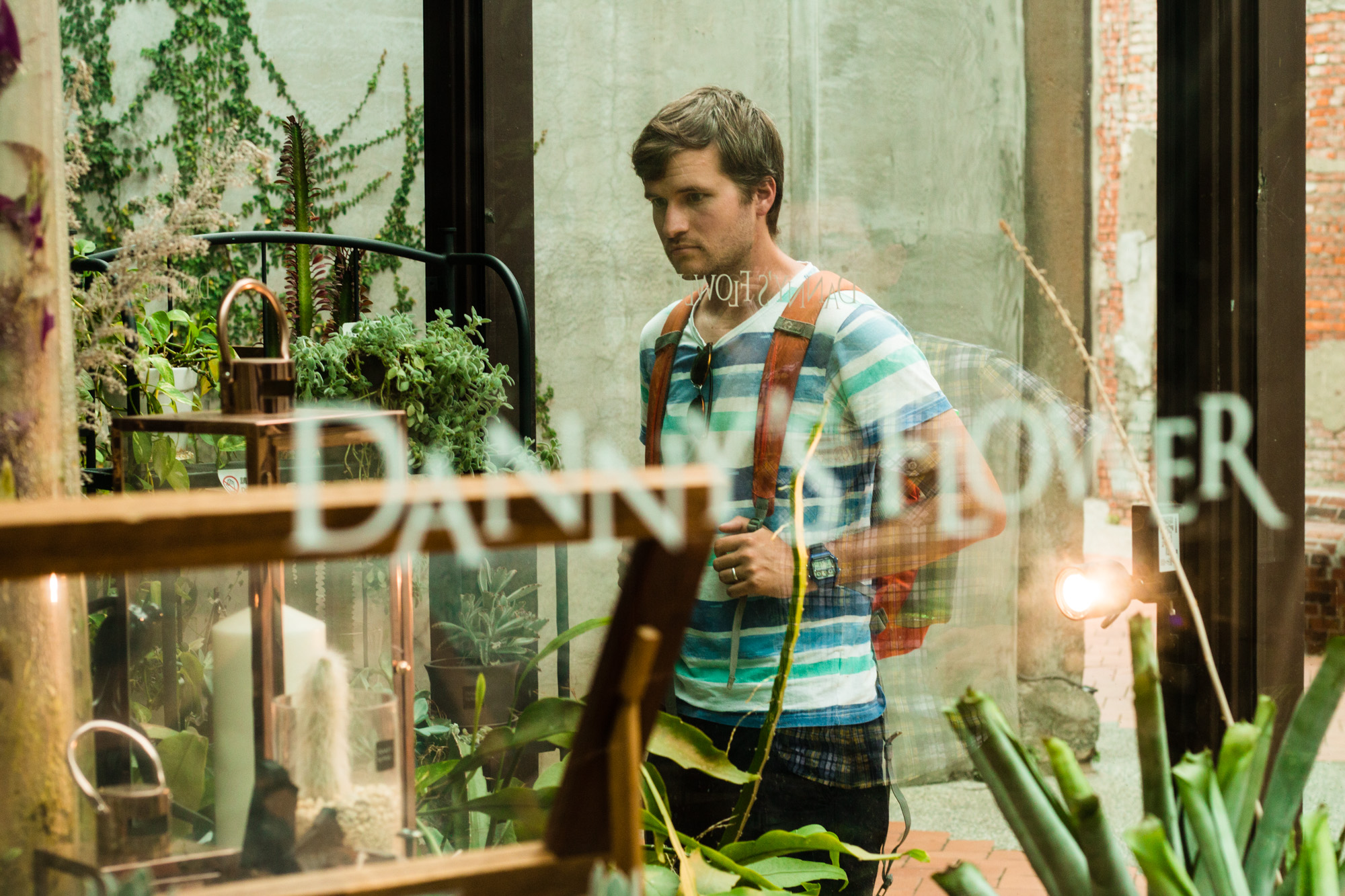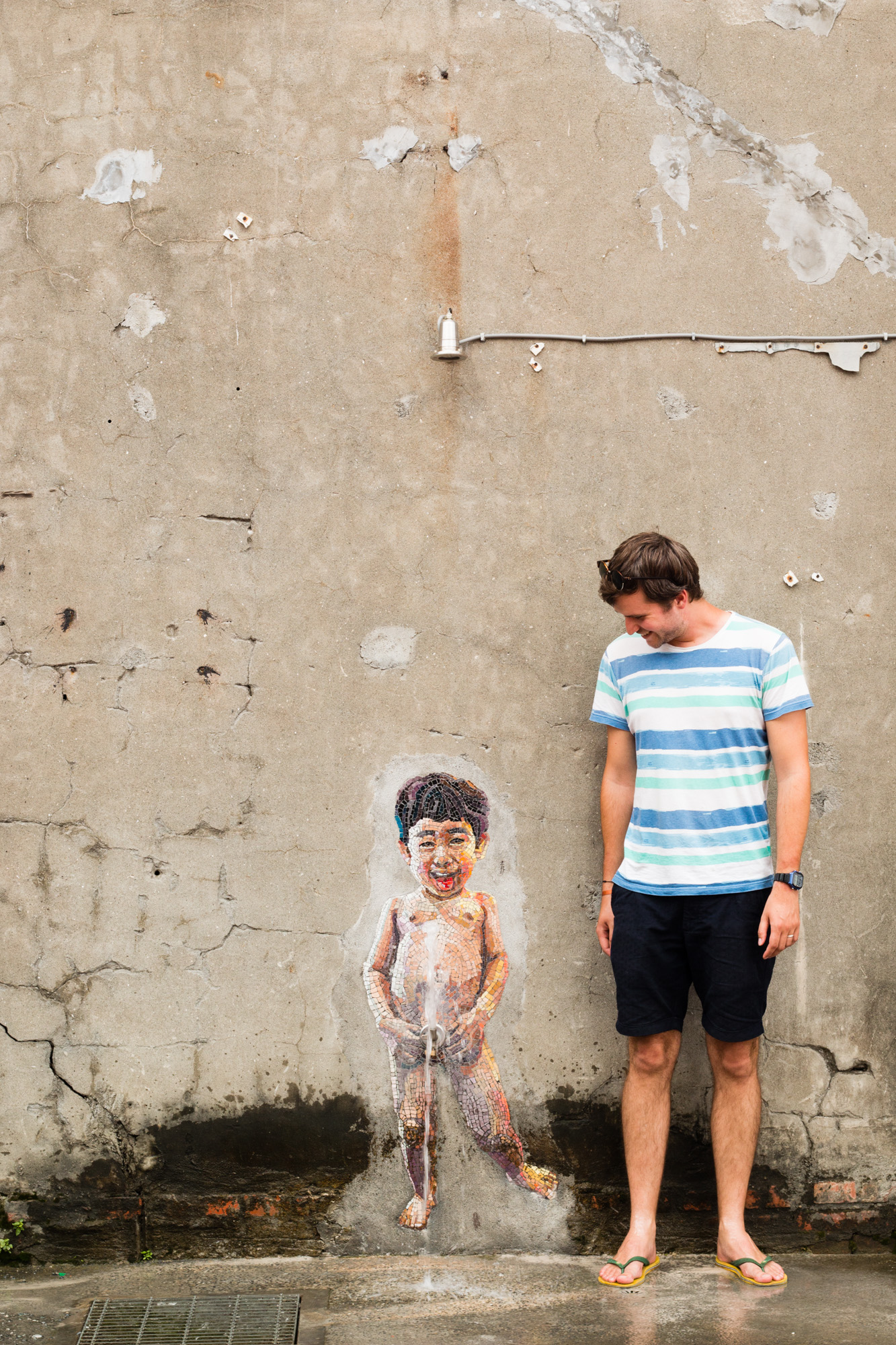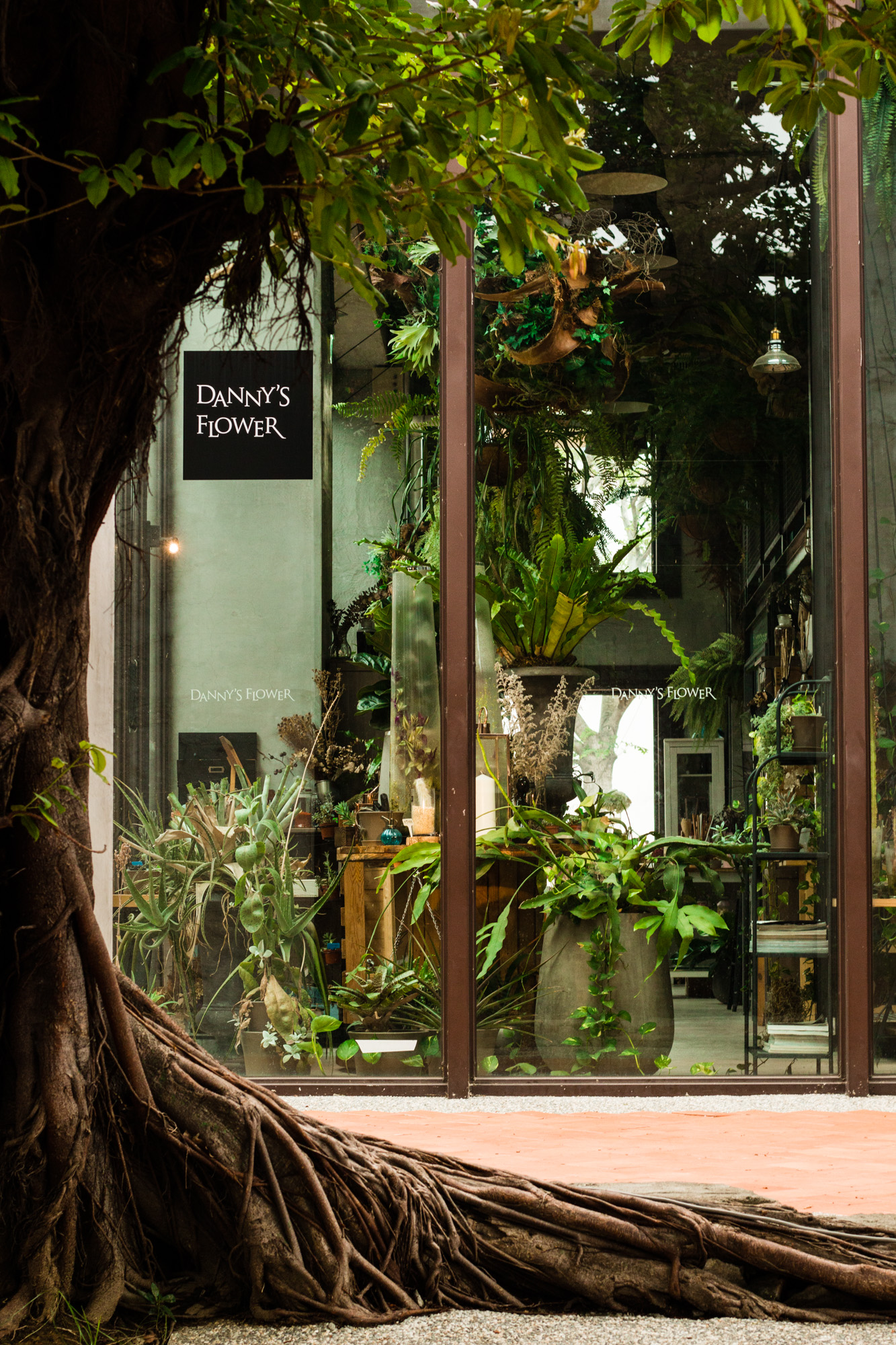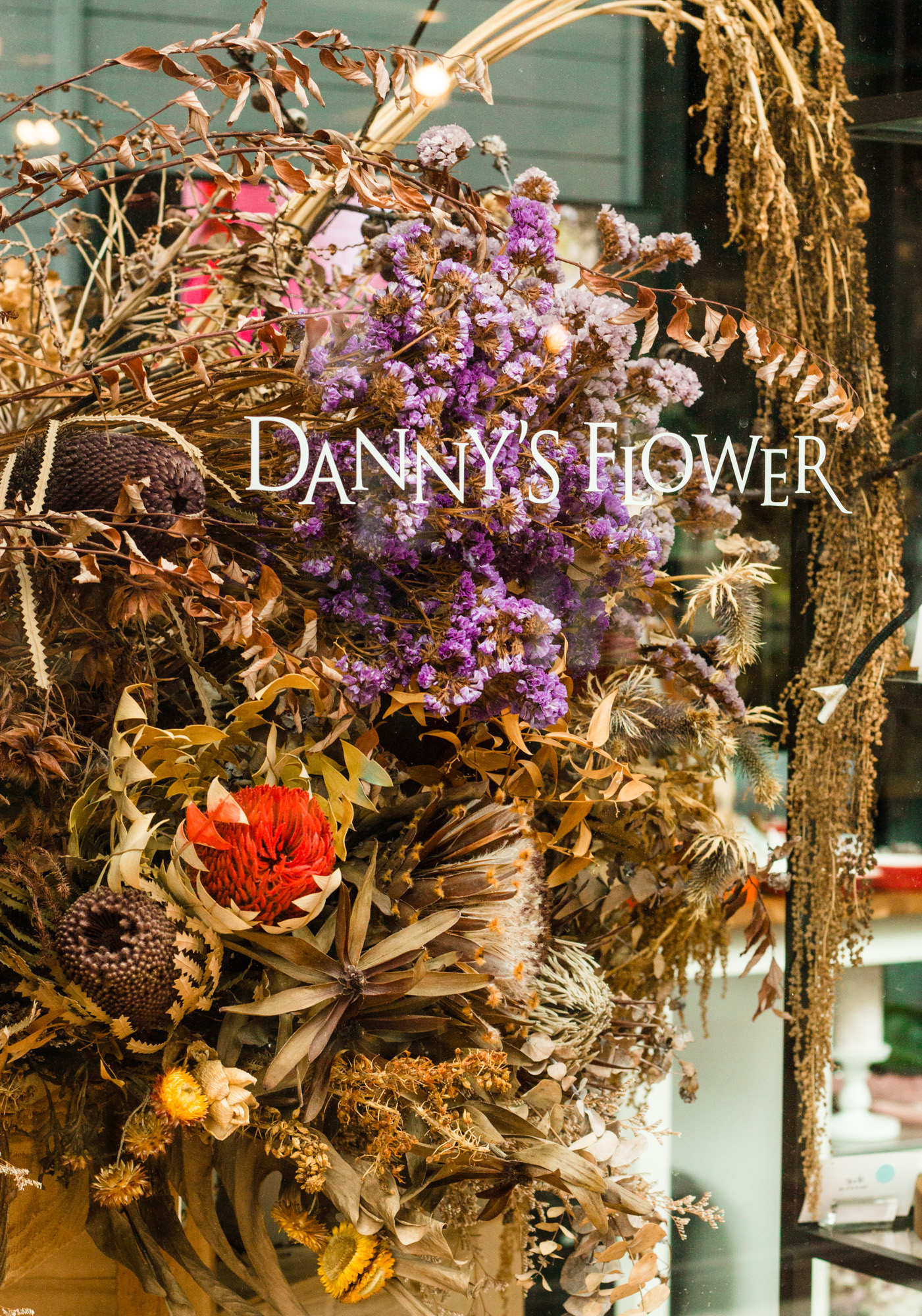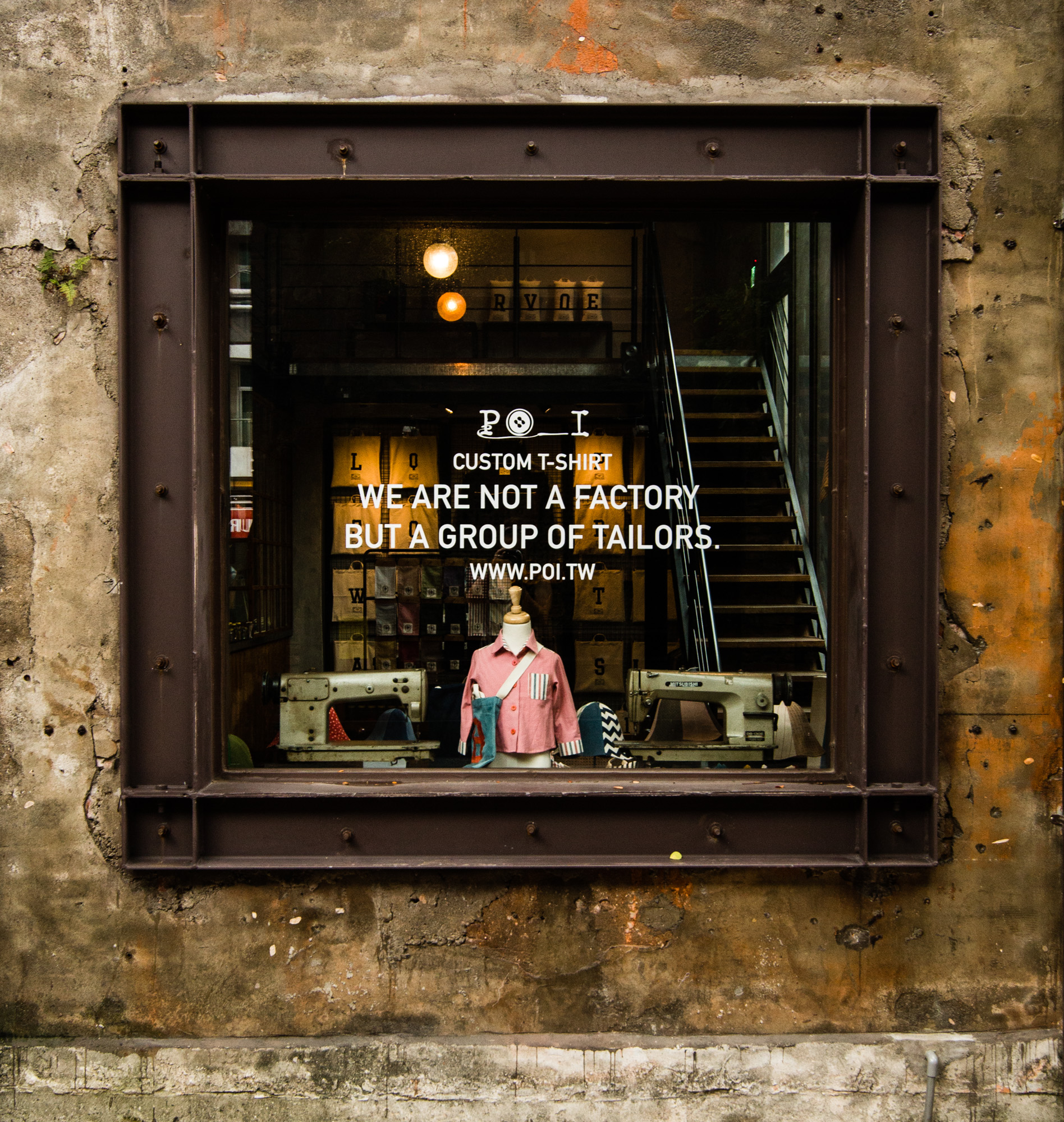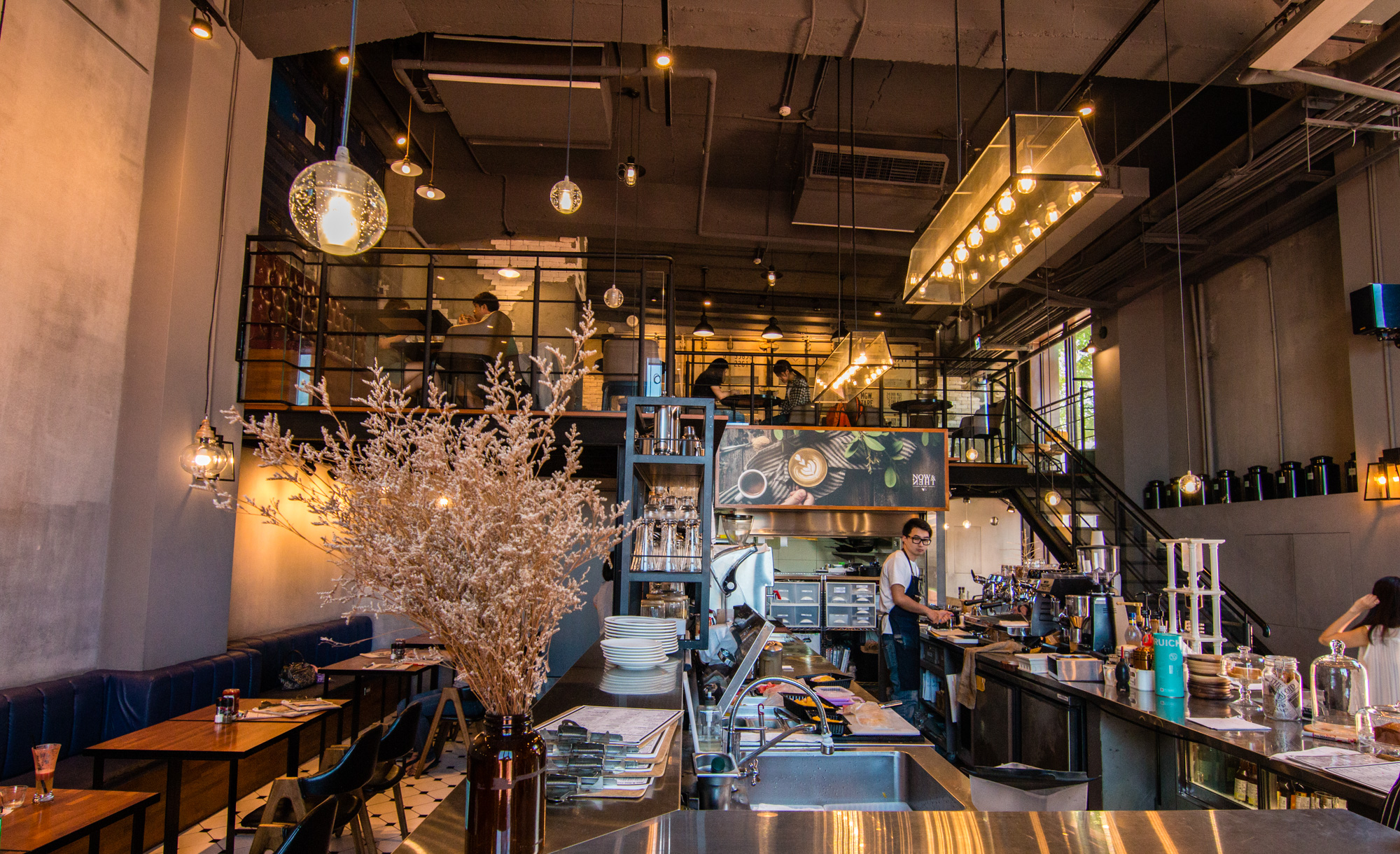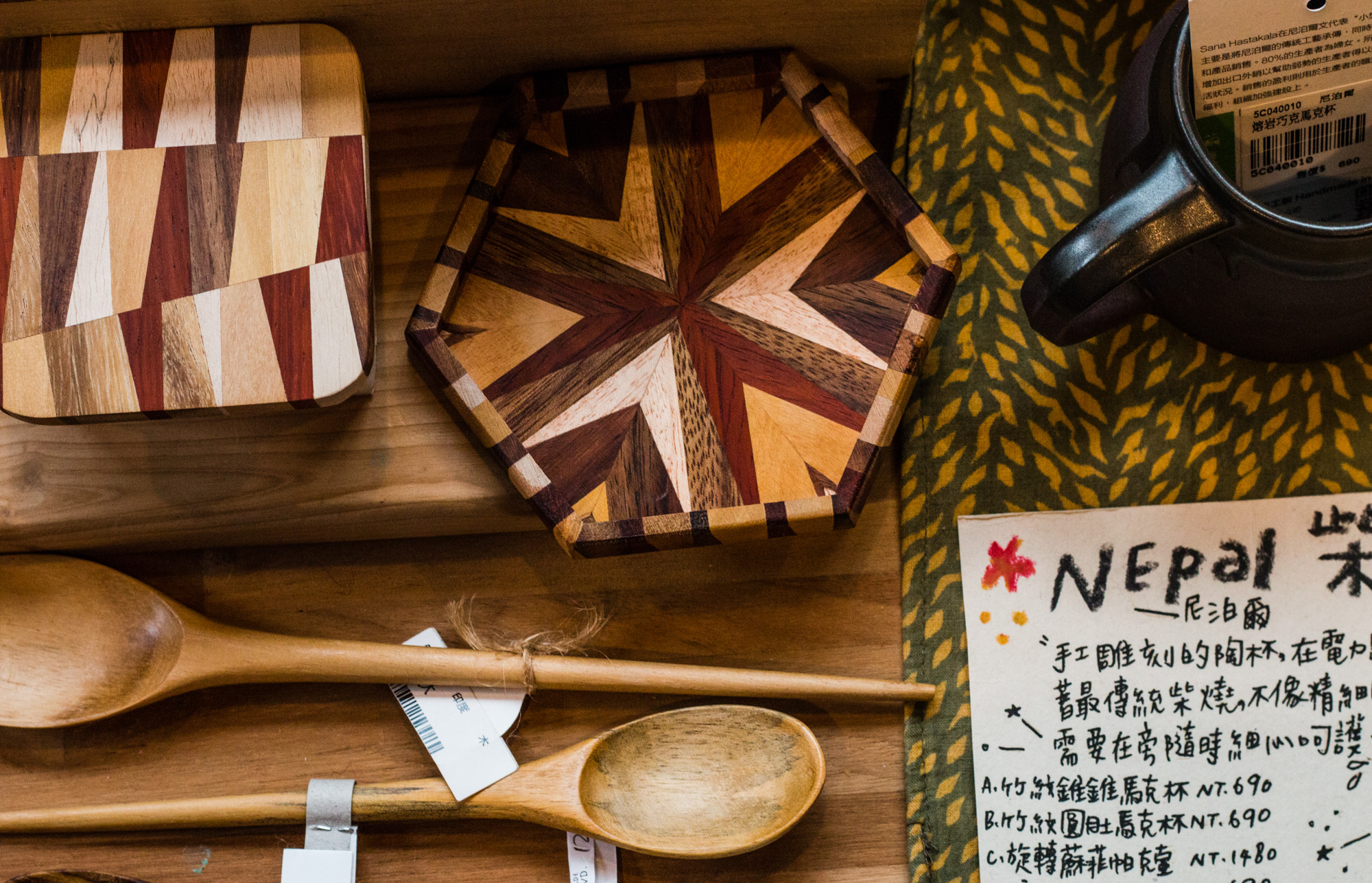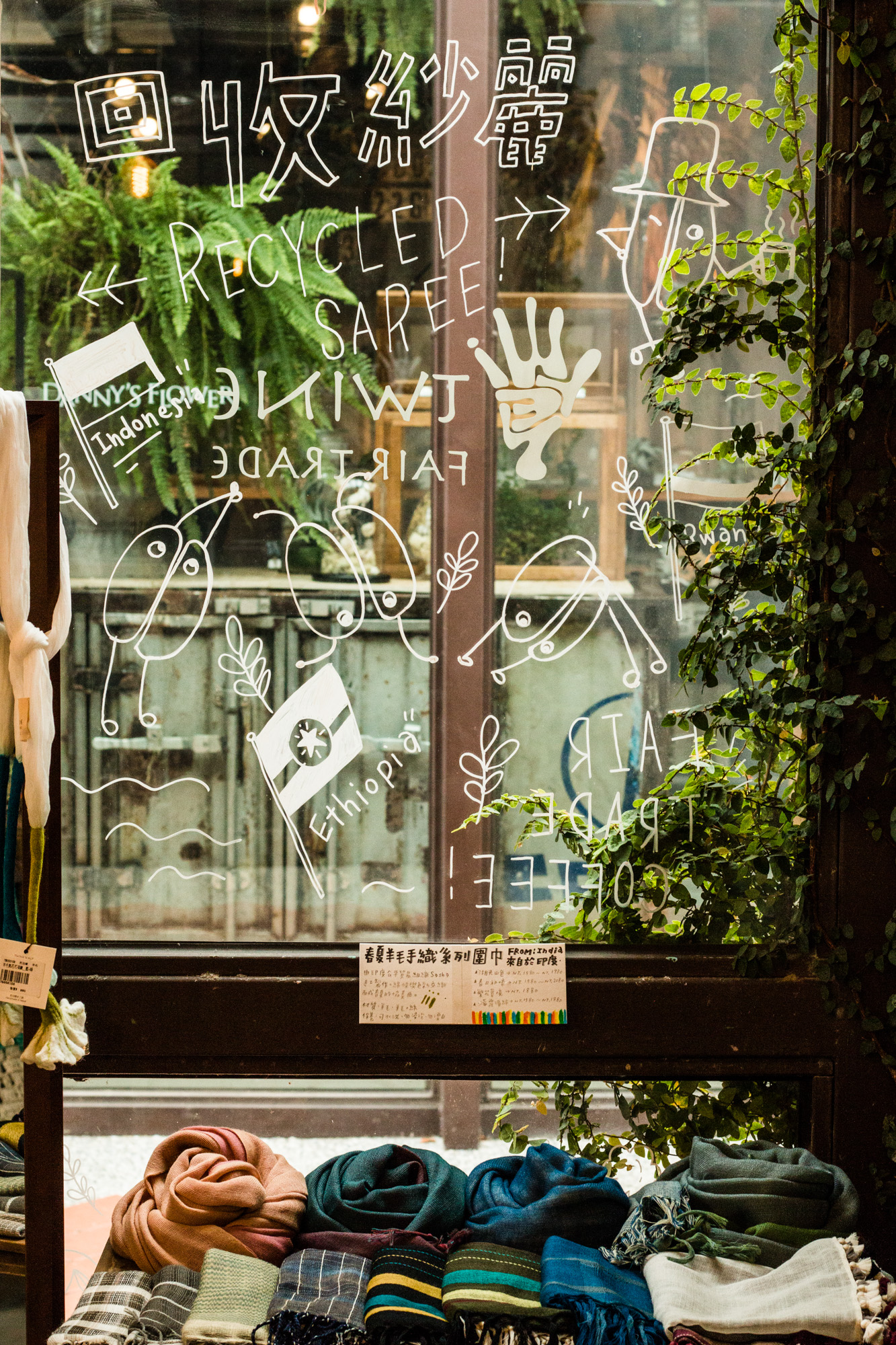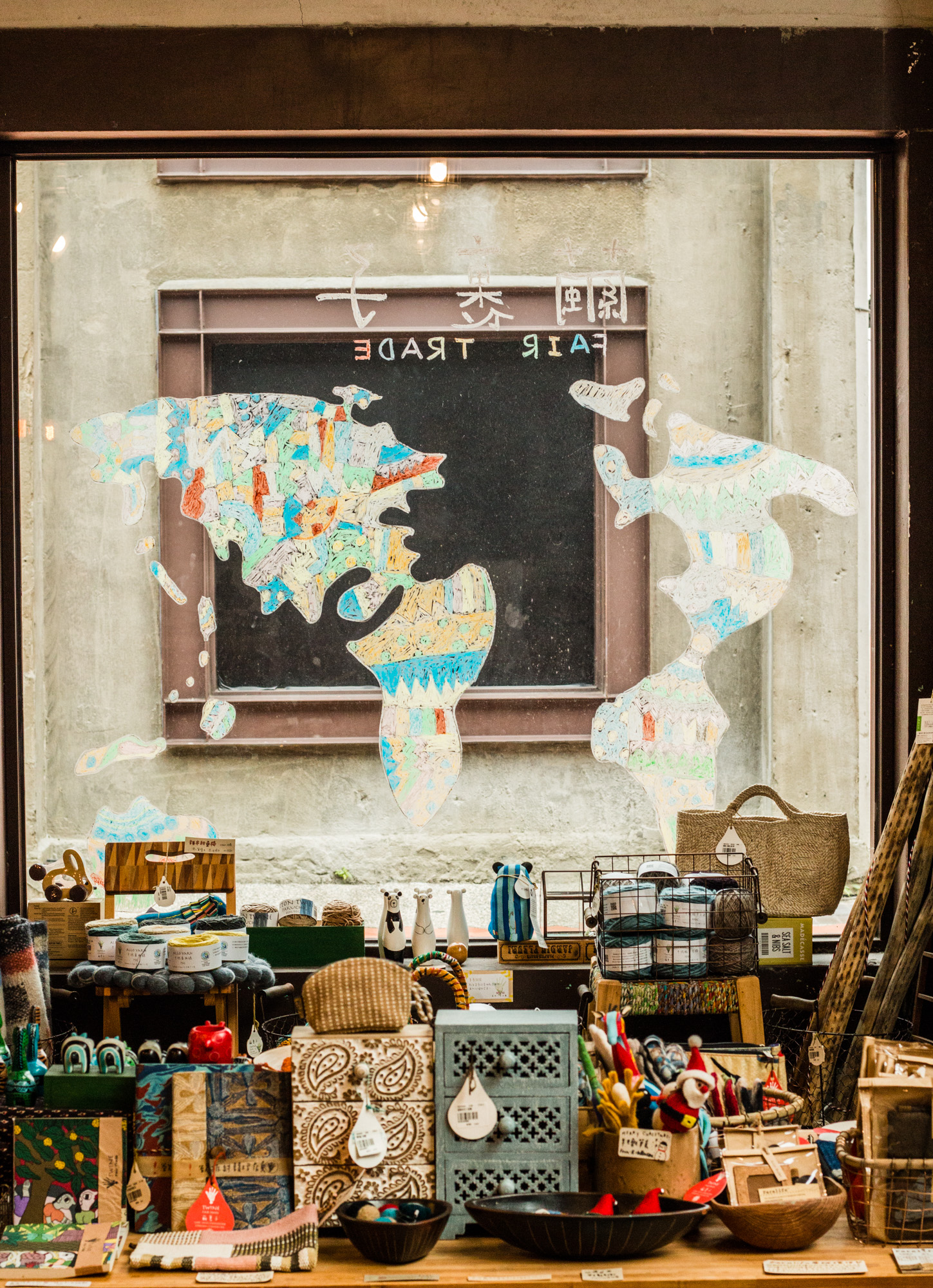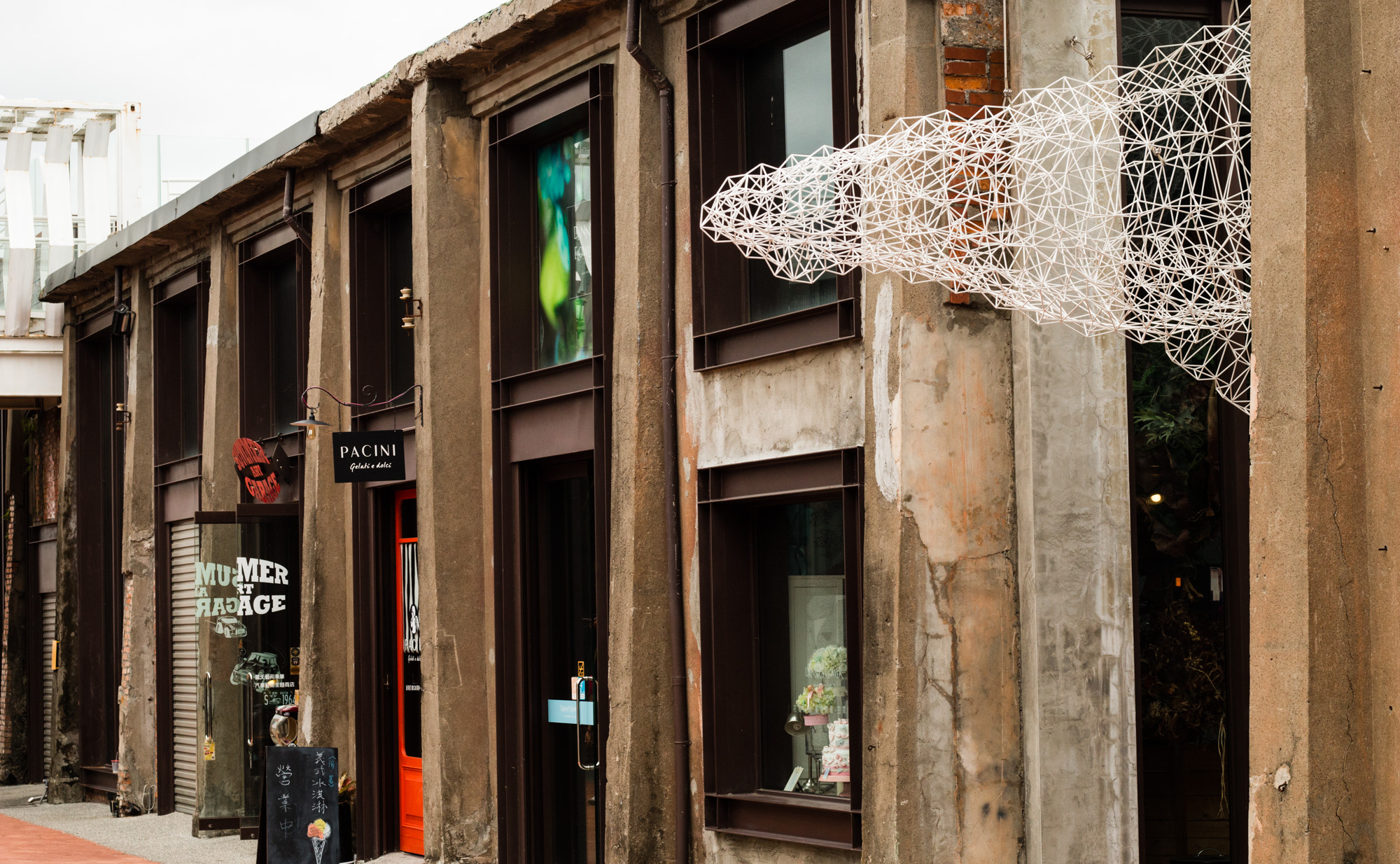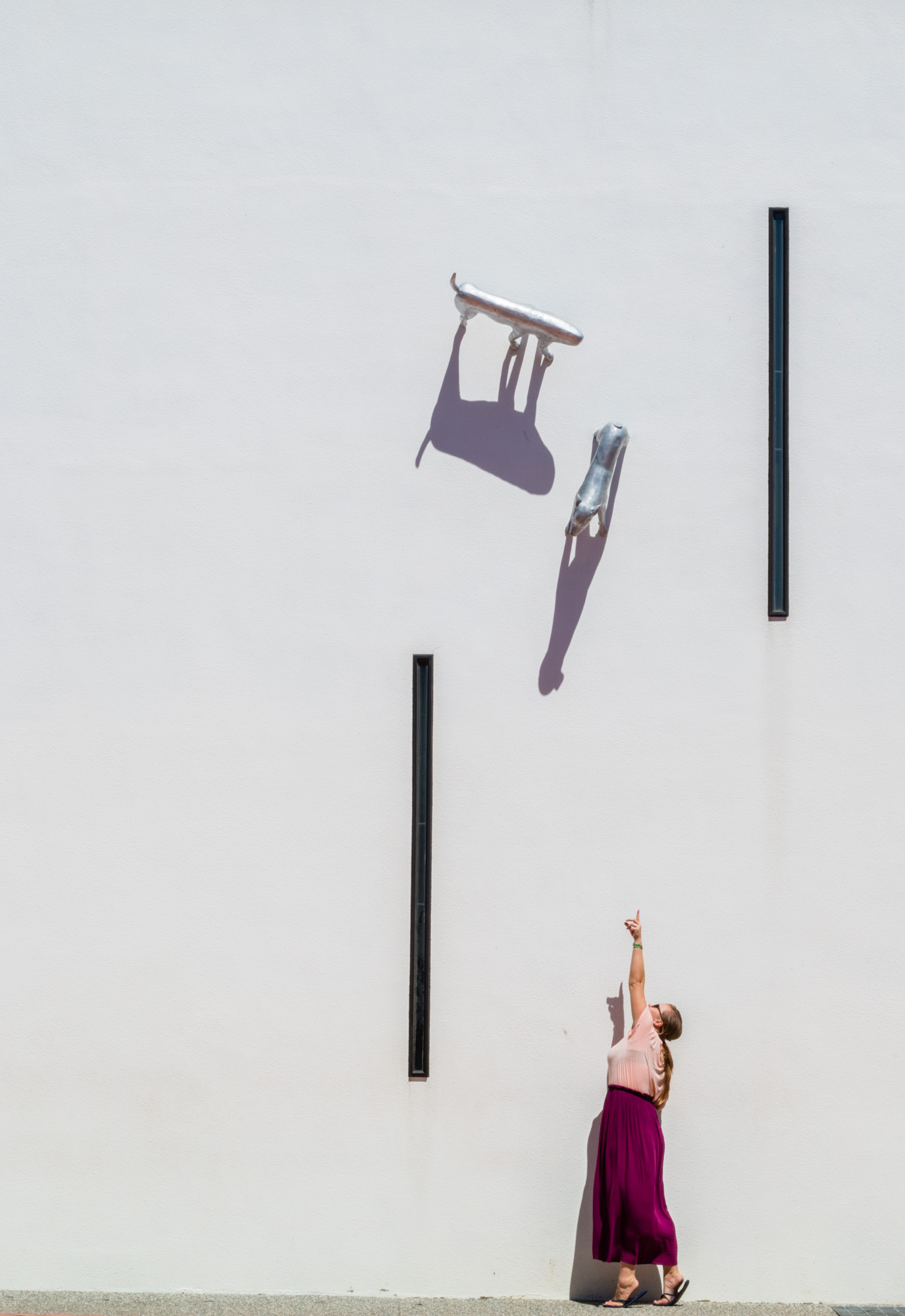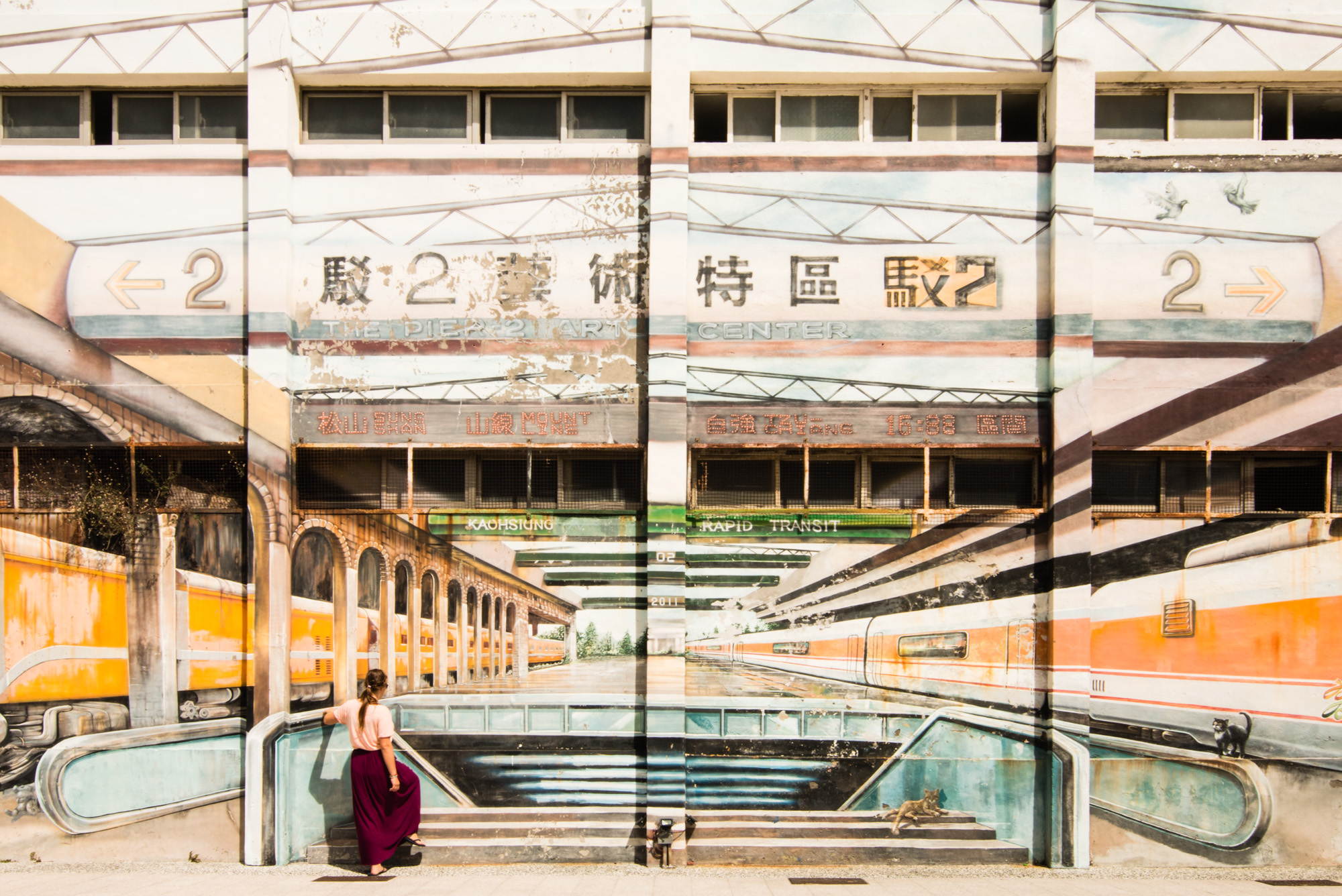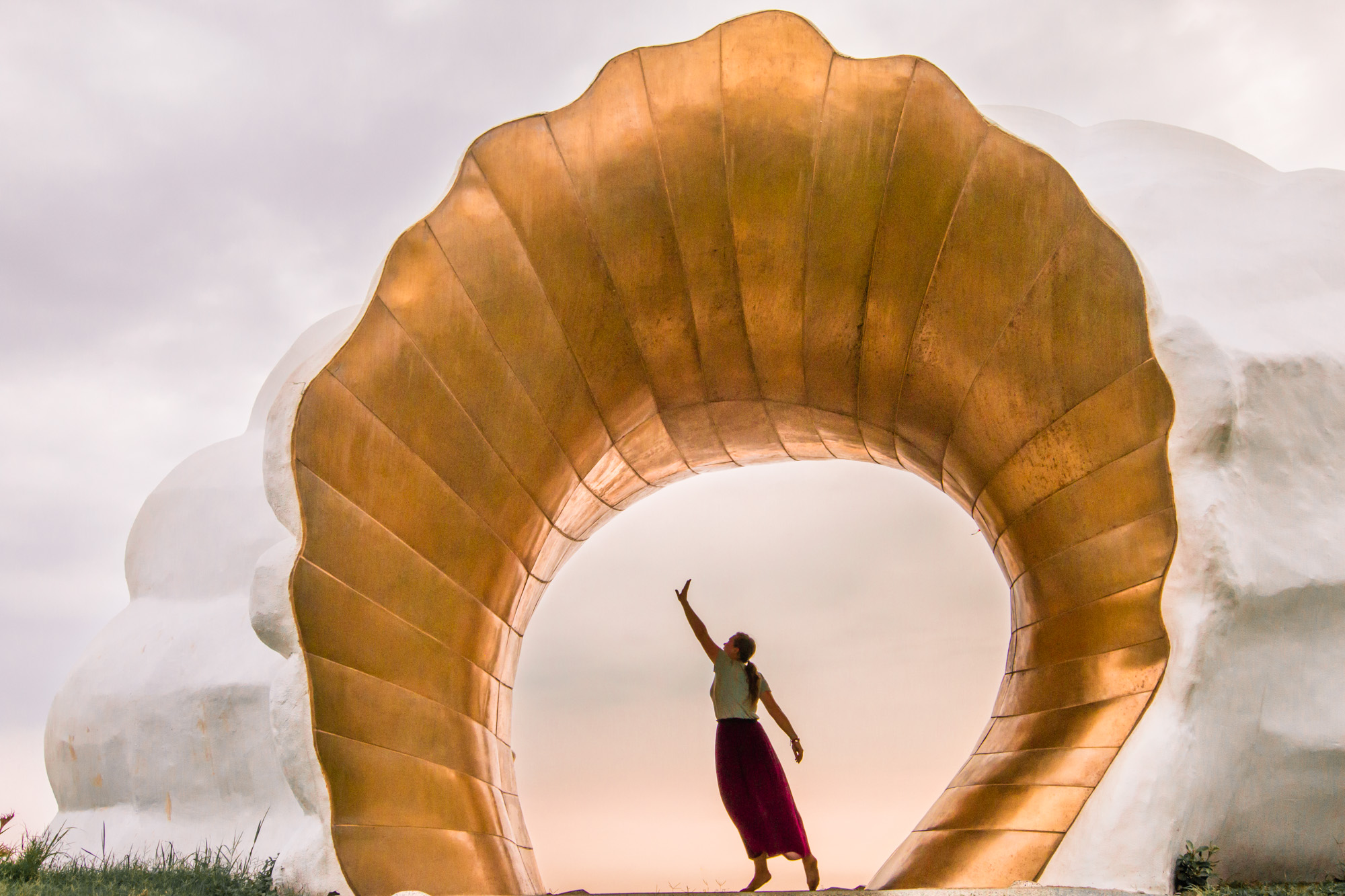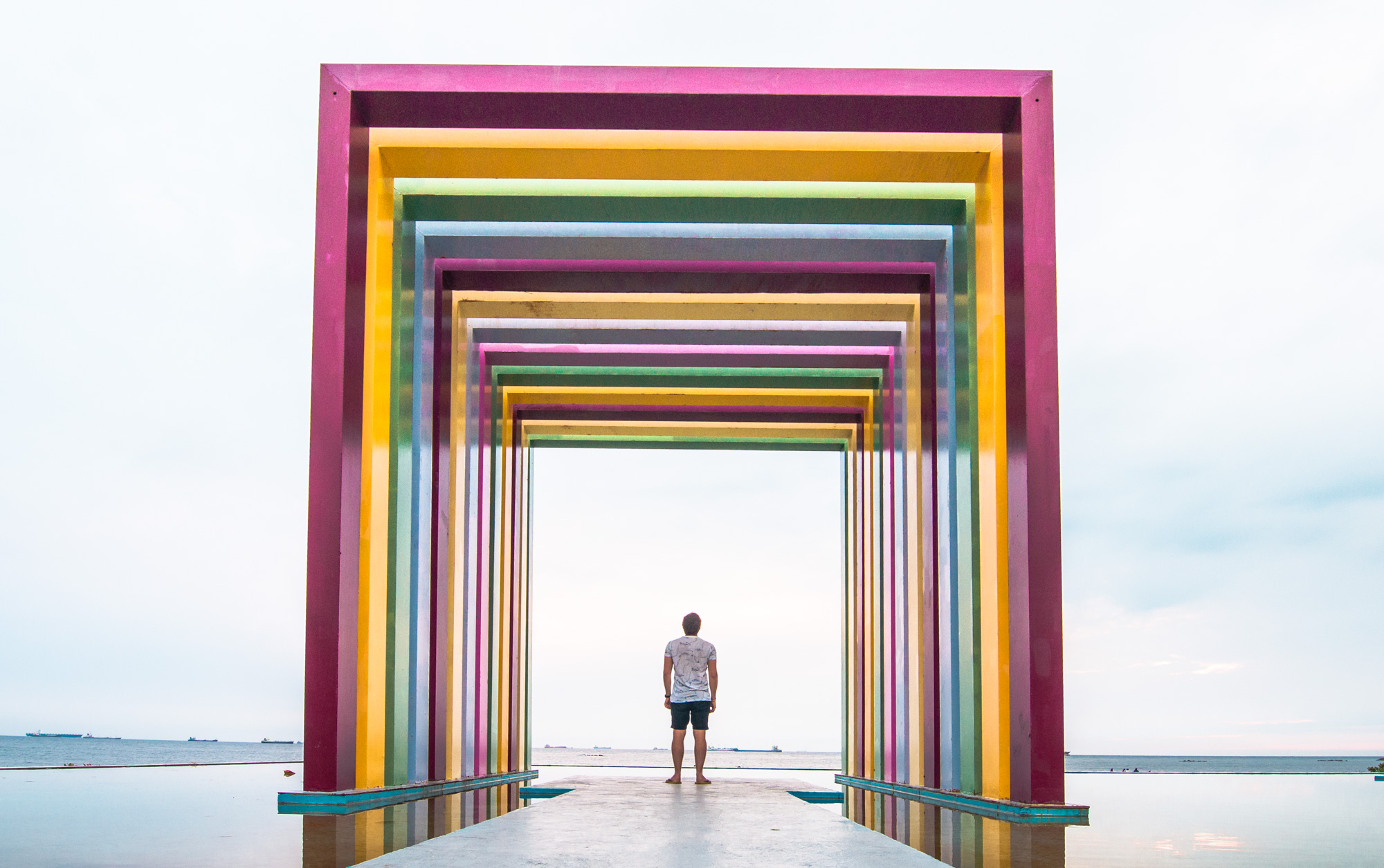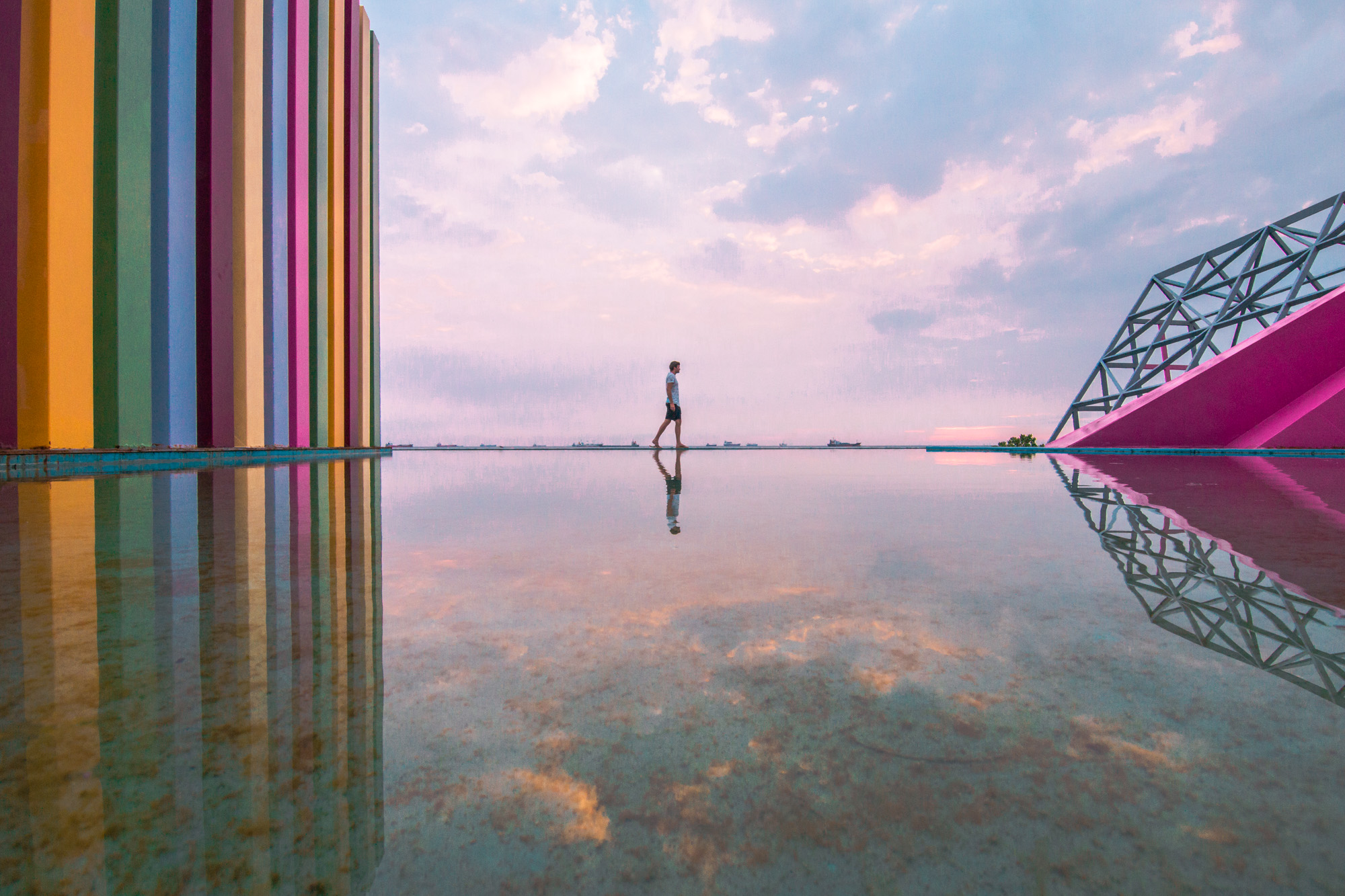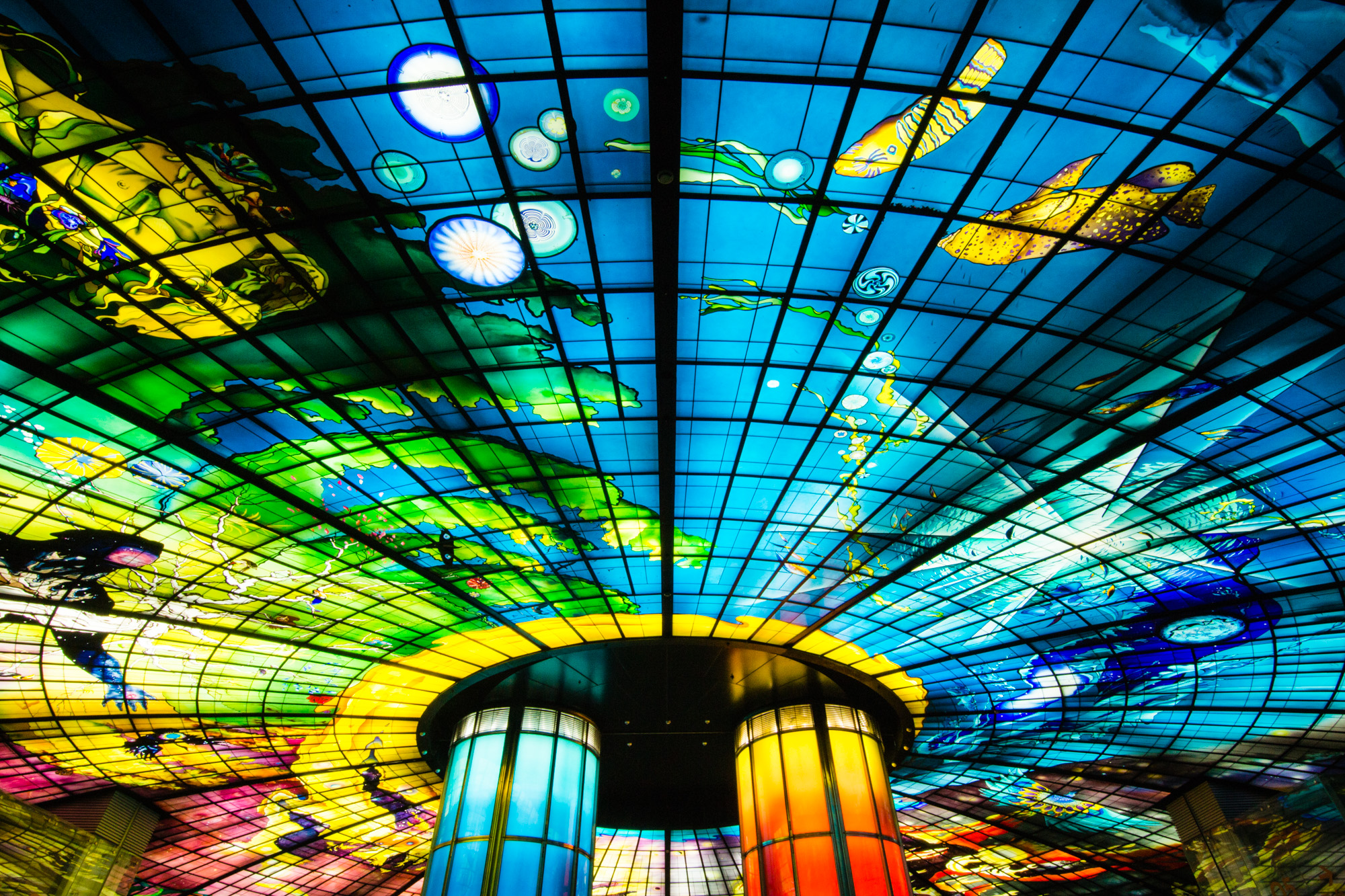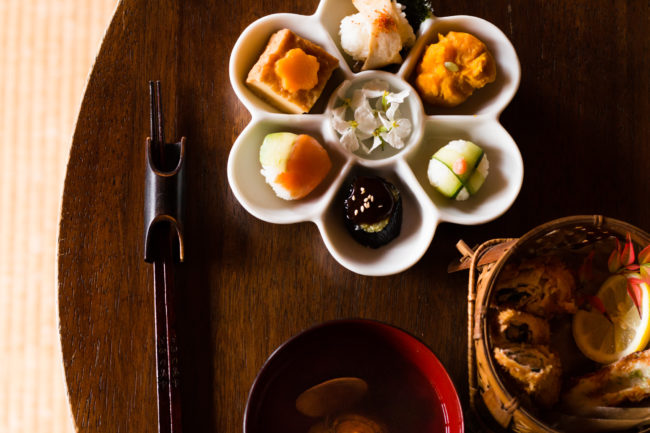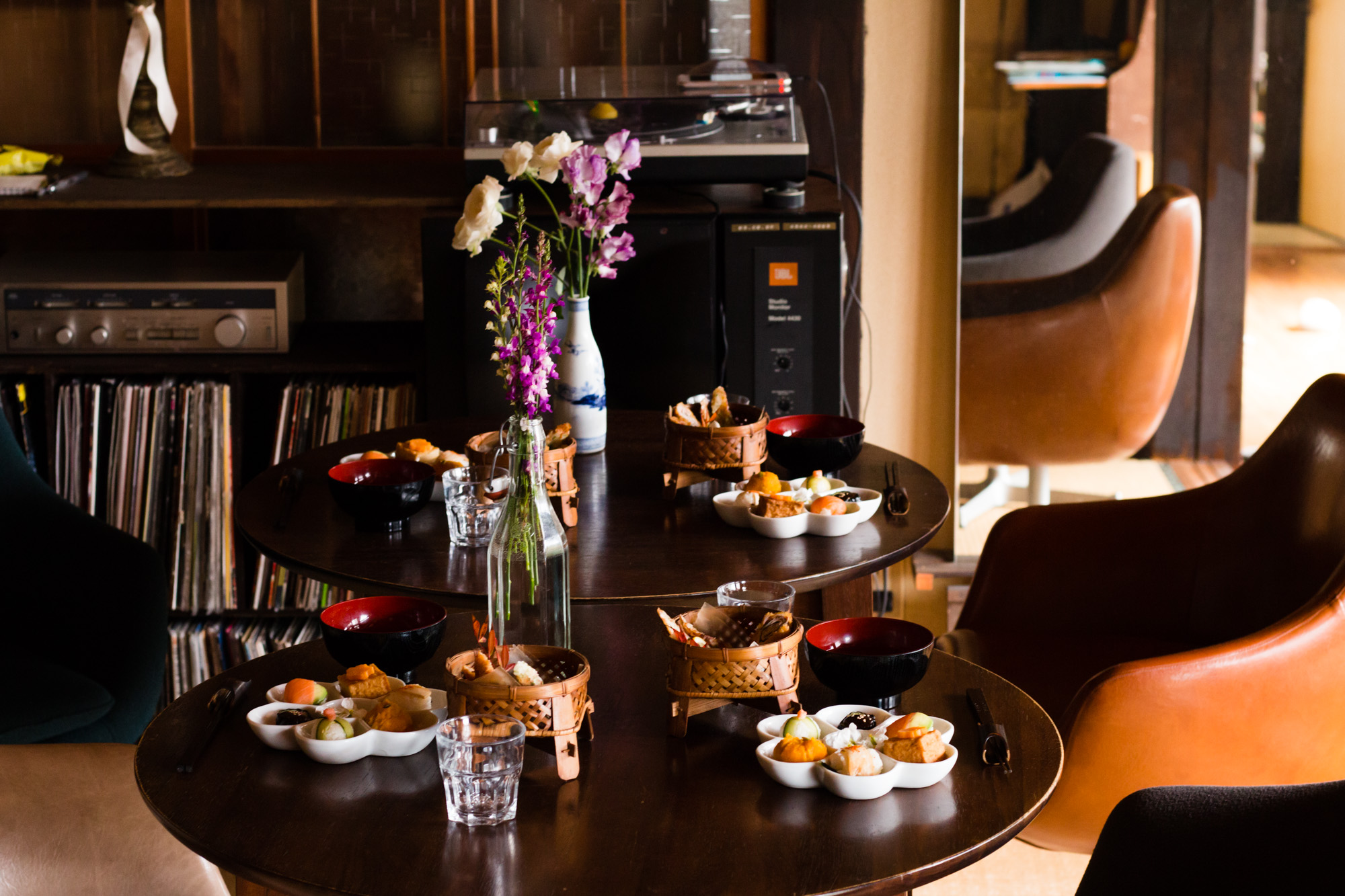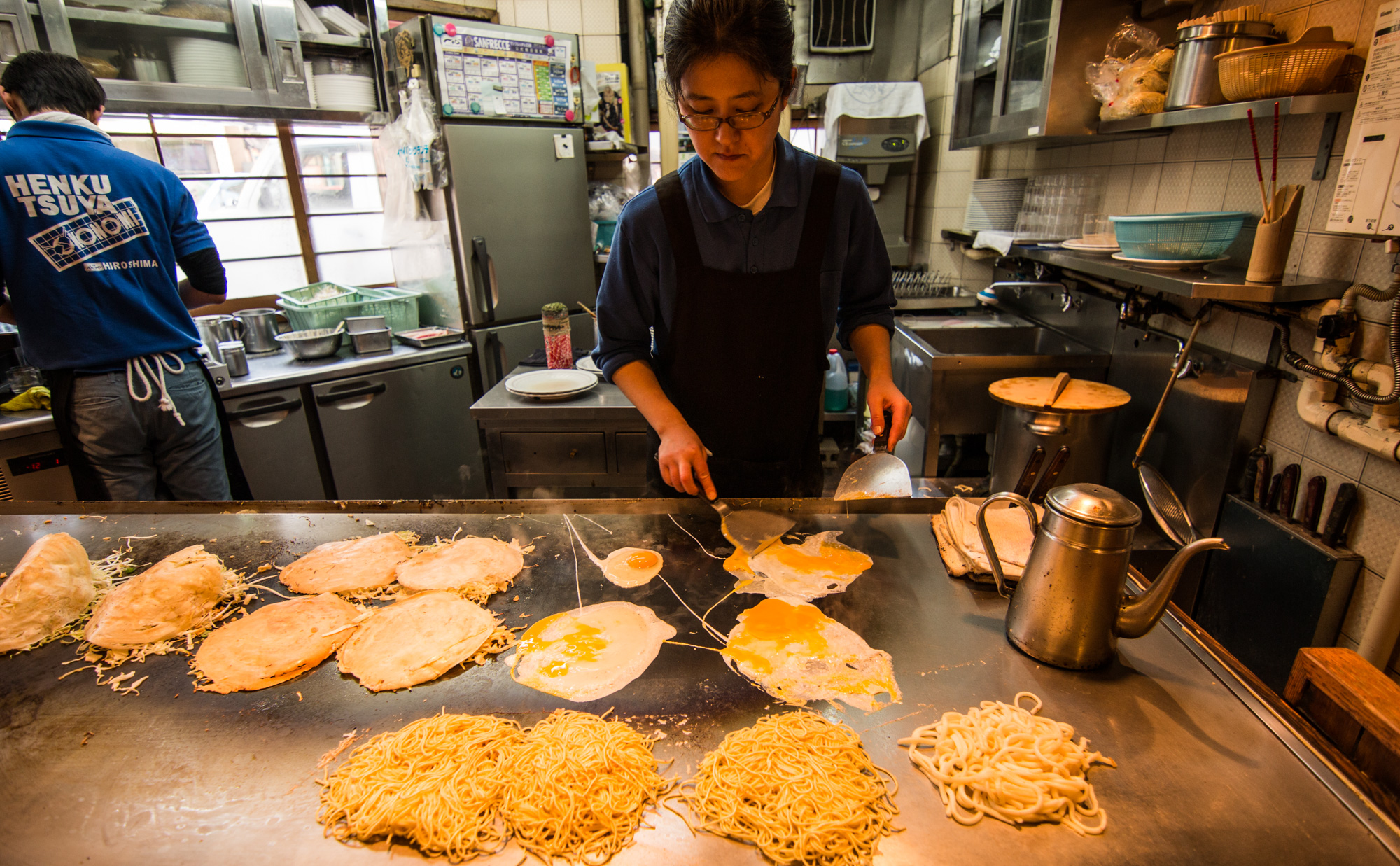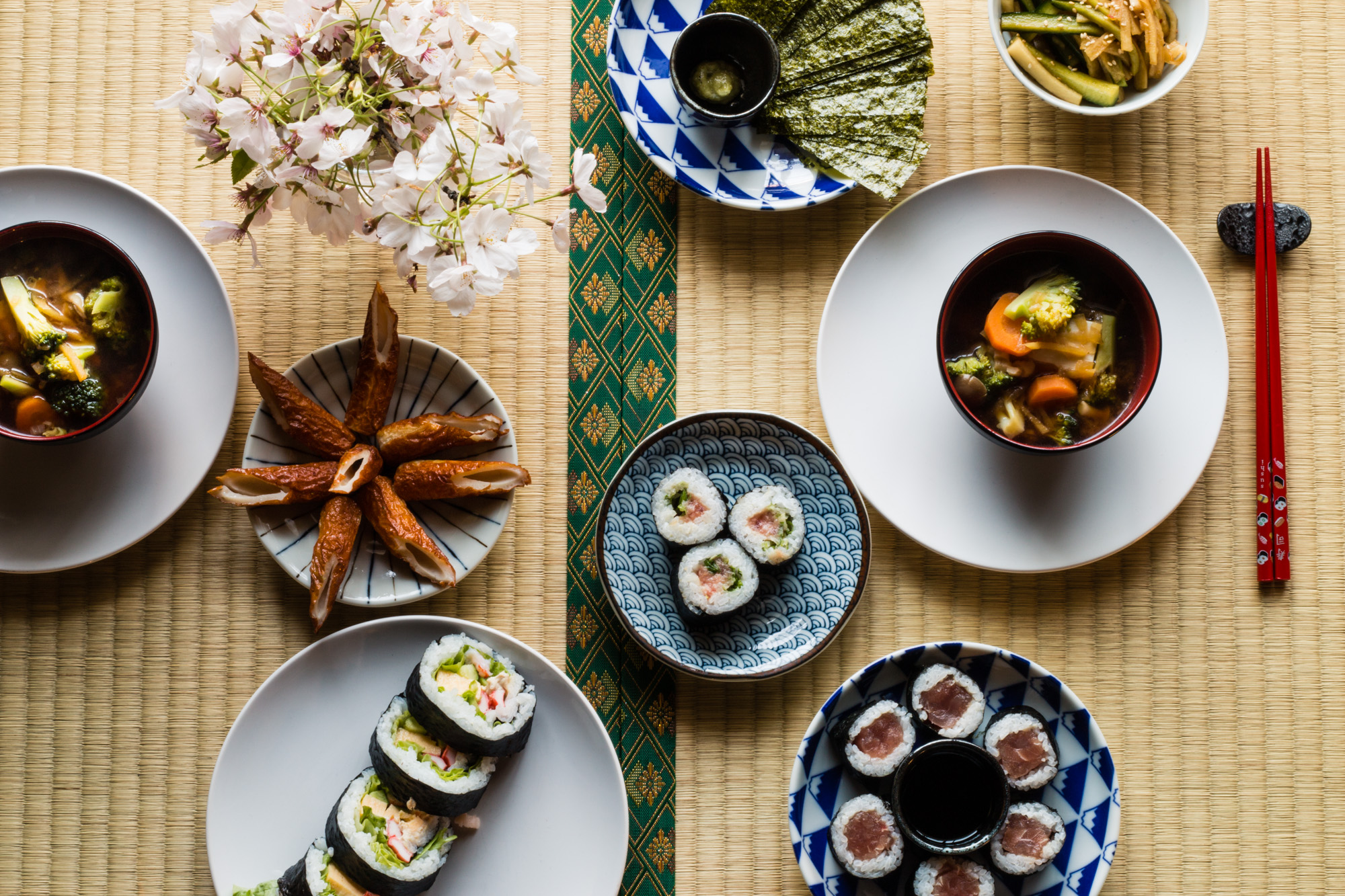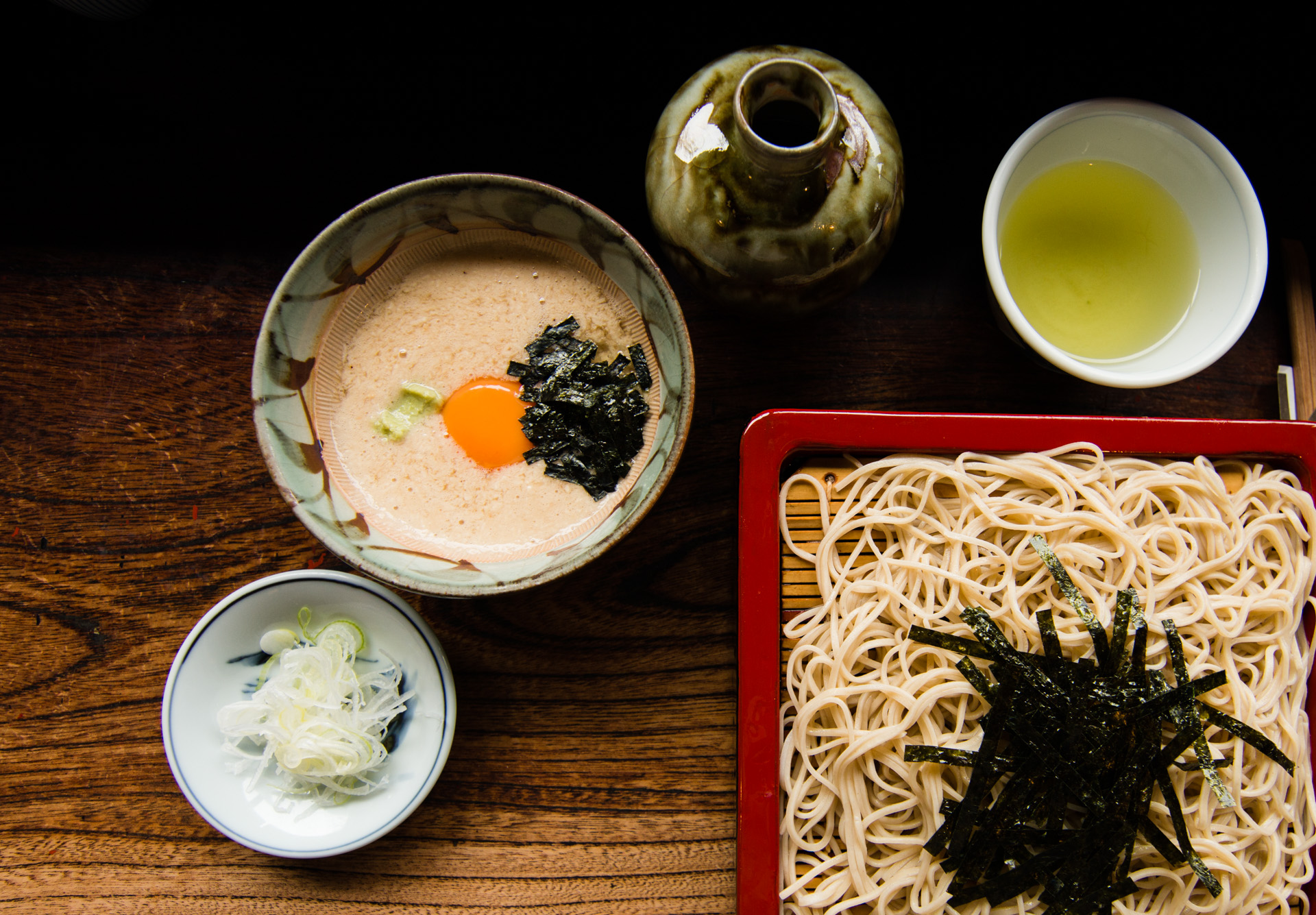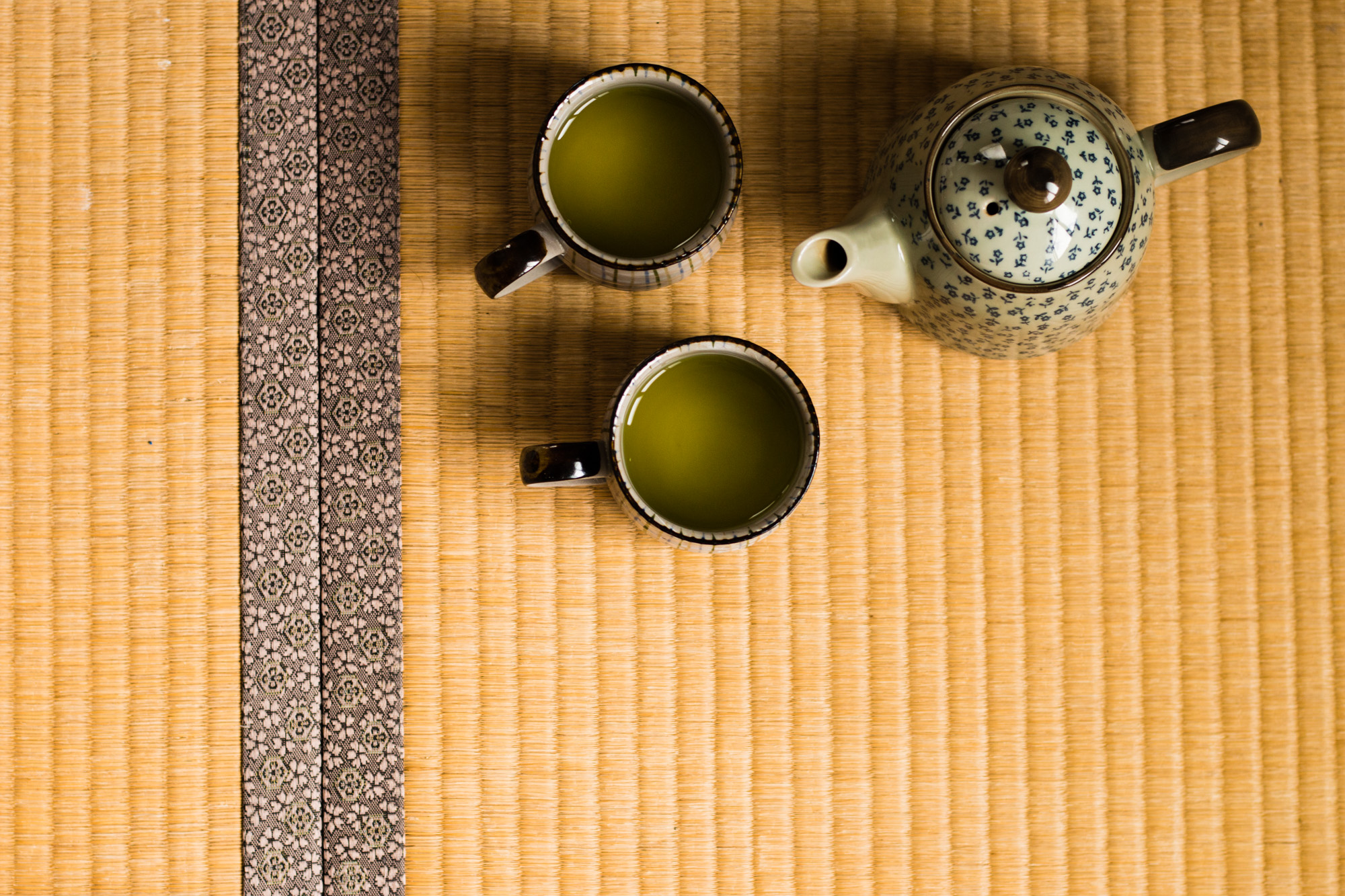Taichung is the 3rd largest city on the island and a perfect stop on the way to the Sun Moon Lake. It offers amazing street art, stylish cafes and a true Taiwanese experience but without the crowd of the capital. Even better... all of the spots are reachable by public transport and buses are for free!
Morning at the Rainbow Village
The Rainbow Village is the absolute must see and the only busy spot in Taichung. But early morning is pretty peaceful even there. Later in the day it's only busy when the tour buses unload and storm in there but after 15 minutes of chaos they are mostly gone and the village goes back to its calm state.
15 minutes sounds like very little time for a whole village but in reality it’s not that much of a village. It's just a small area of few houses with a square and few little streets. But still it’s worth the visit and I would even dare to say: a slow one:)
Rainbow Village has been created by a veteran who goes by the name of Rainbow Grandpa. Those houses were dull and practically on the edge of ruin when he decided to give them a new life. He started painting everything from walls to floors, including details like lanterns. Although the patterns look childish, together they create a unique, colorful and heartwarming feeling. There is nothing like to wake up in the morning and have a rainbow of colors bringing you to life.
Rainbow Grandpa still hangs around there so you can definitely spot him in the village... we did 🙂
A stroll full of art in Stock 20
Although the area is not very big, it’s situated next to the central station which provides a very convenient location. It still needs a lot of work, there is just one café and the opening hours of the ateliers are not clear but… it’s just such a charming place full of art and murals. When the ateliers are open it’s even more interesting with some amazing stainless glass beauties, paintings and other handicrafts. It’s hard to believe that those were just some old warehouses used during the Japanese occupation and left for decades since then.
Coffee and a cake at Fermento
Fermento is a really lovely café with hip furniture and art. Not to mention the joy of light coming through glass walls. It’s a perfect spot to have a cup of coffee or taste some of the delicious Taiwanese teas. To go with it they have a selection of cakes. If that wasn’t enough Fermento is situated in a very nice neighborhood with plenty of nice restaurants and artistic shops. There is even a shop dedicated to masking tape with millions of designs. That one is a true art on its own that is now extremely popular on the island. From there it’s nice to walk around on the Greenway. The most popular green area in Taichung that offers so needed shadow at any time of the day.
Read a book in the National library of Public Information
Taiwanese love reading. In fact I don’t think I ever saw more people reading in my life. Even bookstores are actually encouraging their clients to stay and read with nice tables, stylish lamps and comfy chairs. We were told they try to earn money on other merchandise and in house restaurant instead.
It made us wonder how a library would look like so we decided to visit one in Taichung. It was quite an experience, people were reading everywhere and it looked more like a stylish café than a dull library. Not to mention the building itself is futuristic and worth a visit even without a book in your hand.
Cool off with a big cup of bubble tea
Coffee might be the new hip thing but its still tea that leads the way. Taiwan produces 20% of world’s oolong tea and it proudly grows also green and black varieties. What better place to try some bubble tea than Taichung, where it was invented in the '80s.
Bubble tea comes in a variety of flavors, it can be green, black or oolong, with fresh or powdered milk, with tapioca or other kinds of pearls. They often even put jellies in it. We tried many different shops but only one made us come back over and over again. Europa served in our opinion the nicest tea bubble or normal. Although the guys preparing it looked clueless, what came out of their hands was delicious.
Explore some fine art for free in the National Taiwan Museum of Fine arts
The museum itself is not an architectural pearl like many others are. But it offers a variety of interesting exhibitions and it’s actually for free. When we were there it presented amazing work of an artist creating moving art with light installations on it. It was literally the most soothing exhibition I saw in my life as the objects were almost floating above and next to us. Another room was all about explaining gravity in a beautiful, approachable way.
Get some dinner at one of the night markets
Taichung just like any other place on Taiwan is all about night markets, they are literally everywhere and they vary in size and quality. The biggest one is Feng Chia. Although not as good as in Kenting or Taipei, it’s still satisfying especially if you pick up their barbecue meat and veg with a decadent sweet sauce. It’s not exactly picture perfect so you will have to see it with your own eyes:)
